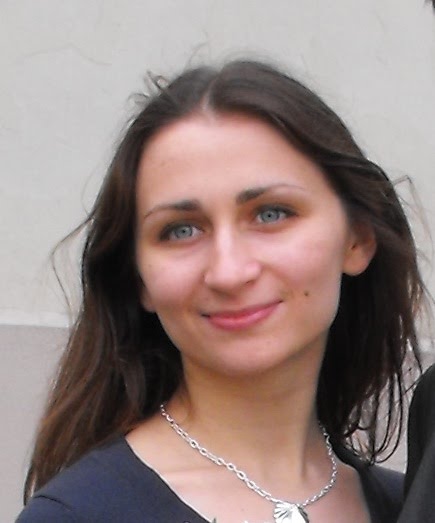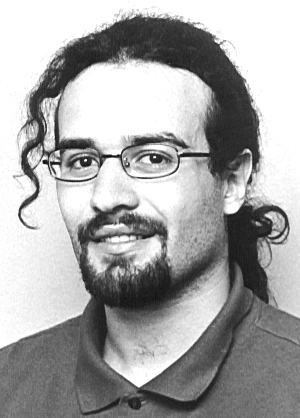- Chemistry
- Research in Chemistry
- Physical Chemistry
- Sauer Group
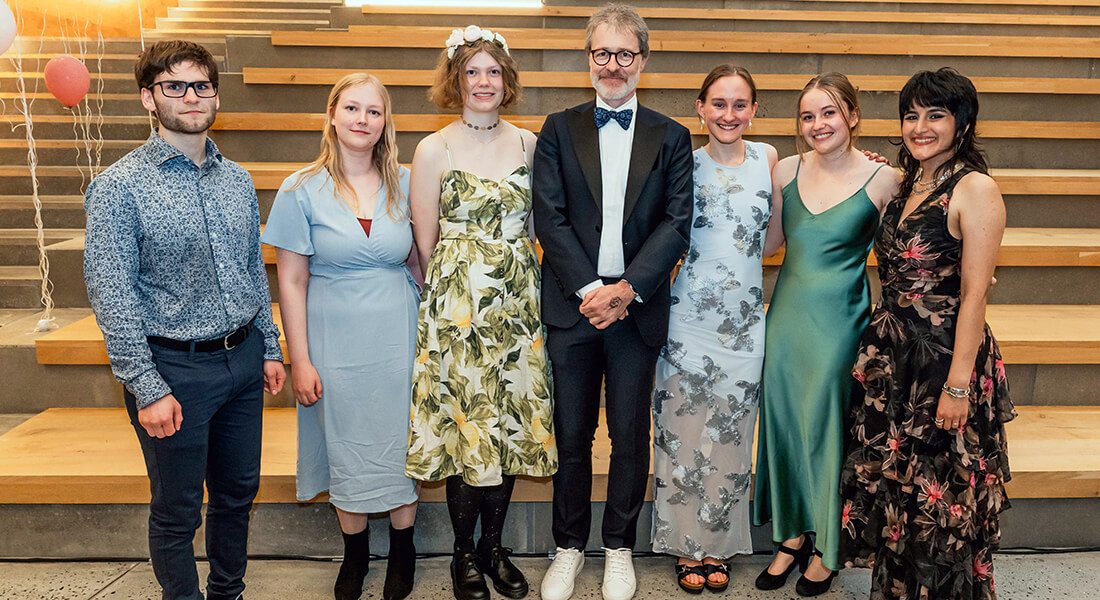
Sauer Group
The Sauer Group develops quantum chemical methods and computer programs both for NISQ quantum computers in the Novo Nordisk Foundation funded Hybrid Quantum Chemistry on Hybrid Quantum Computers (HQC)2 project and for traditional HPC computers. The main focus is on calculations of UV/Vis, CD, IR, MW, Raman, ESR, NMR and Mössbauer spectra or spectral parameters and other electromagnetic properties of molecules.
In addition we employ our and other quantum chemical methods in collaboration with colleagues in order to
- assist synthetic chemists in determining the structure of newly synthetized molecules
- assist bioinorganic chemist in determining the role and position of metal atoms in proteins
- assist spectroscopist in planning and interpreting their experiments
- assist astronomers in assigning spectral lines from interstellar space
- assist material chemists in designing molecules with special optical or magnetic properties
- understand the relations between spectra and molecular structure
We study and have studied for example
- NMR spectra of organic molecules [see e.g. 36, 38, 47, 50, 55, 56, 58, 59, 62, 69, 75, 100, 105, 108, 111, 113, 123, 126, 134, 135, 136, 138, 145, 147, 148, 154, 157, 171, 173, 175, 178, 183, 196, 205, 206]
- NMR and ESR spectra of transition metal complexes [see e.g. 86, 107, 115, 121, 131, 132, 156, 169, 197, 204]
- Compounds for quantum information processing [see e.g. 193]
- Isotope effects in NMR spectra [see e.g. 22, 26, 32, 34, 36, 49, 77, 84, 93]
- How the motion of the nuclei in a molecule influences its NMR spectrum [see e.g. 11, 20, 22, 26, 28, 32, 34, 36, 42, 43, 49, 69, 93, 126, 154, 160]
- Structure and spectra of heavy metal (Cd, Hg, Pt) complexes [see e.g. 45, 60, 112, 117, 118, 125, 155, 164, 167, 200]
- Molecular processes leading to radiation damage of biomolecules [see e.g. 70, 80, 88, 90, 91, 99, 110, 116, 149, 152, 159]
- Radiation damage to other molecules [see e.g. 128, 140, 151, 161, 165, 170, 172, 179, 181, 184, 185, 187, 189, 199]
- The effect of the breakdown of the Born-Oppenheimer approximation and hyperfine interactions on vibration-rotation spectra of diatomic molecules [seee.g.3, 8, 14, 15, 18, 19, 21, 44, 61, 64, 65, 67, 96, 104, 129]
- New compounds for optical data storage materials [see e.g. 39, 41, 50]
- Chiral discrimination via NMR spectroscopy [see e.g. 108, 120, 176]
- Optical rotation of chiral molecules [see e.g. 143, 202]
- Photochemistry of organic molecules [see e.g. 139, 162, 166, 198]
- Reaction of organic molecules [see e.g. 146, 149, 152, 180]
We develop and test quantum chemical methods and corresponding computer programs for the calculation of molecular spectra with special emphasis on
- The effect of the environment on molecular spectra, e.g. the solvent for a molecule in solution or the protein environment of an active site, using continuum solvation and QM/MM approaches [see e.g. 46, 57, 85, 100, 113, 122, 133, 144, 159, 171, 178, 198 ]
- Møller-Plesset perturbation theory or Coupled Cluster theory based methods like RPA(D), SOPPA(CCSD), SOPPA(CC2) and our newest method HRPA(D) [see e.g. 23, 25, 30, 37, 95, 105, 122, 141, 144, 163, 177, 186, 188]
- Benchmarking of Density Functional Theory and wavefunction methods for the calculation of NMR, ESR and UV/Vis spectra [see e.g. 71, 73, 76, 78, 83, 87, 92, 97, 105, 106, 120, 126, 132, 133, 134, 150, 182, 186, 195, 196, 197, 205 ]
- Benchmarking of Density Functional Theory and wavefunction methods for the calculation of other electromagnetic properties [see e.g. 27, 63, 72, 79, 127, 158, 190, 192, 201, 202, 203]
- Development of specialized basis sets for the calculation of NMR and ESR spectra [see e.g. 9, 30, 38, 47, 54, 62, 89, 94, 114, 115, 135, 138, 168, 174, 207]
- Alternative formulations of NMR parameters [see e.g. 7, 9, 13, 54, 71, 153]
- Born-Oppenheimer-breakdown effects in rotational and vibrational spectra [see e.g. 29, 63, 84]
| 1991 | 1992 | 1993 | 1994 | 1995 | 1996 | 1997 | 1998 | 1999 | 2000 | |
| 2001 | 2002 | 2003 | 2004 | 2005 | 2006 | 2007 | 2008 | 2009 | 2010 | |
| 2011 | 2012 | 2013 | 2014 | 2015 | 2016 | 2017 | 2018 | 2019 | 2020 | |
| 2021 | 2022 | 2023 | 2024 | 2025 | In press | Books | Errata | |||
Statistics
247 papers published in peer reviewed international journals.
For citations and h-index see my ResearcherID or Google Scholar.
In Preparation
And many more to come ...
253. O. G. L. Rasmussen, E. Kjellgren, P. Reinholdt, S. P. A. Sauer, S. Coriani, K. M. Ziems, J. Kongsted:
Cost-effective scalable quantum error mitigation for tiled Ansätze,
arXiv:2511.21236 (uploaded)
252. J. H. Fuglsbjerg, P. Reinholdt, E. Kjellgren, P. W. K. Jensen, S. Coriani, J. Kongsted, S. P. A. Sauer:
Orbital-Optimized Unitary Coupled Cluster for Indirect Nuclear Spin–Spin Coupling Constants within a Quantum Linear Response Framework,
arXiv:2511.09730 (uploaded)
251. Z. Zhao, E. R. Kjellgren, S. Coriani, J. Kongsted, S. P. A. Sauer, K. M. Ziems:
Quantum error mitigation using energy sampling and extrapolation enhanced Clifford data regression,
arXiv:2511.03556 (uploaded)
250. L. M. Jessen, R. Gleeson, L. B. S. Hemmingsen, S. P. A. Sauer:
Vibrational corrections to molecular properties including relativistic corrections at the level of the Zeroth-Order Regular Approximation,
arXiv:2509.12412 (uploaded)
249. S. L. Bager, L. Zamok, S. P. A. Sauer, M. S. Johnson:
Thermochemistry and Kinetics of Bromine and Iodine Reactions with Atmospheric Mercury,
J. Phys. Chem. A (accepted); arXiv:2401.10053
248. T. Juncker von Buchwald, E. R. Kjellgren, J. Kongsted, S. P. A. Sauer, S. Coriani, K. M. Ziems:
Reduced density matrix and cumulant approximations of quantum linear response,
J. Chem. Theory Comput. (accepted); arXiv:2508.07296
[Back to top]
2025
247. E. R. Kjellgren, K. M. Ziems, P. Reinholdt, S. P. A. Sauer, S. Coriani, J. Kongsted:
Exact closed-form expressions for unitary spin-adapted fermionic singlet double excitation operators,
J. Chem. Phys. 163, 134115 (2025)
246. E. R. Kjellgren, P. Reinholdt, K. M. Ziems, S. P. A. Sauer, S. Coriani, J. Kongsted:
Redundant parameter dependencies in conventional and quantum Linear Response and Equation of Motion theory for unitary parameterized wave functions,
J. Chem. Phys. 163, 134111 (2025)
245. A. T. Ekstrøm, S. P. A. Sauer:
A Computational Study of the Vibrational and Rotational g-Factors of the Diatomic Molecules LiH, LiF, CO, CS, SiO and SiS,
J. Chem. Theory Comput. 21, 8876-8888 (2025)
244. P. W. K. Jensen, G. S. Hedemark, K. M. Ziems, E. R. Kjellgren, P. Reinholdt, S. Knecht, S. Coriani, J. Kongsted, S. P. A. Sauer:
Hyperfine Coupling Constants on Quantum Computers: Performance, Errors, and Future Prospects,
J. Chem. Theory Comput. 21, 7878-7889 (2025)
243. W. Bro-Jørgensen, S. P. A. Sauer, G. C. Solomon, M. H. Garner:
Substantial Magnetic Fields Arising from Ballistic Ring Currents in Single-molecule Junctions,
JACS Au 5, 4073-4085 (2025)
242. P. Reinholdt, K. M. Ziems, E. Kjellgren, S. Coriani, S. P. A. Sauer, J. Kongsted:
Critical Limitations in Quantum-Selected Configuration Interaction Methods,
J. Chem. Theory Comput. 21, 6811-6822 (2025)
241. K. M. Ziems, E. R. Kjellgren, S. P. A. Sauer, J. Kongsted, S. Coriani:
Understanding and mitigating noise in molecular quantum linear response for spectroscopic properties on quantum computers,
Chem. Sci. 16, 4456-4468 (2025)
240. C. H. S. Møller, S. P. A. Sauer:
RPA(D) and HRPA(D): Calculating NMR Spin-Spin Coupling Constants in Free Amino Acid Residues,
Magn. Reson. Chem. 63, 328-345 (2025)
239. N. V. Faurschou, S. P. A. Sauer, C. M. Pedersen:
Unraveling the Mechanism of Stereospecific Self-promoted N-Glycosylations,
Chem. Eur. J 31, e202403909 (2025)
238. P. Reinholdt, E. Kjellgren, K. M. Ziems, S. Coriani, S. P. A. Sauer, J. Kongsted:
Self-consistent Quantum Linear Response with a Polarizable Embedding Environment,
J. Phys. Chem. A 129, 1504-1515 (2025)
[Back to top]
2024
237. L. M. Jessen, S. P. A. Sauer, L. Hemmingsen:
199Hg NMR NMR Shielding and Chemical Shifts of 2-, 3-, and 4-Coordinate Hg(II)-Thiolate Species,
Inorg. Chem. 63, 23614-23619 (2024)
236. M. de Giovanetti, R. Cormanich, S. P. A. Sauer:
On the performance of Second Order Polarization Propagator methods in the calculation of 1JFC and nJFH NMR spin-spin coupling constants,
J. Chem. Theory Comput. 20, 10453-10467 (2024)
235. E. R. Kjellgren, P. Reinholdt, K. M. Ziems, S. P. A. Sauer, S. Coriani, J. Kongsted:
Divergences in classic and quantum linear response and equation of motion formulations,
J. Chem. Phys. 161, 124112 (2024)
234. T. Juncker von Buchwald, E. R. Kjellgren, K. M. Ziems, S. P. A. Sauer, J. Kongsted, S. Coriani:
Reduced density matrix formulation of quantum linear response,
J. Chem. Theory Comput. 20, 7093-7101 (2024)
233. H. Wu, L. Hemmingsen, S. P. A. Sauer:
On the Geometry Dependence of the NMR Chemical Shift of Mercury in Thiolate Complexes: A Relativistic DFT Study,
Magn. Reson. Chem. 62, 648-669 (2024)
232. D. Nagy, P. Reinholdt, P. W. K. Jensen, E. R. Kjellgren, K. M. Ziems, A. Fitzpatrick, S. Knecht, J. Kongsted, S. Coriani, S. P. A. Sauer:
Electric Field Gradient Calculations for Ice VIII and IX using Polarizable Embedding: A Comparative Study on Classical Computers and Quantum Simulators,
J. Phys. Chem. A 128, 6305-6315 (2024)
231. M. Tosato, P. Randhawa, M. Asti, L. B. S. Hemmingsen, C. A. O'Shea, P. Thaveenrasingam, S. P. A. Sauer, S. Chen, C. Graiff, I. Menegazzo, M. Baron, V. Radchenko, C. F. Ramogida, V. Di Marco:
Capturing Mercury-197m/g for Auger Electron Therapy and Cancer Theranostic with Sulfur-Containing Cyclen-Based Macrocycles,
Inorg. Chem. 63,14241-14255 (2024)
230. J. H. Fuglsbjerg, D. Nagy, H. J. Aa. Jensen, S. P. A. Sauer:
Performance of range-separated long-range SOPPA short-range density functional theory method for vertical excitation energies,
J. Chem. Phys. 160, 204102 (2024)
229. P. Reinholdt, E. R. Kjellgren, J. H. Fuglsbjerg, K. M. Ziems, S. Coriani, S. P. A. Sauer, J. Kongsted:
Subspace methods for the simulation of molecular response properties on a quantum computer,
J. Chem. Theory Comput. 20, 3729-3740 (2024)
228. P. W. K. Jensen, E. R. Kjellgren, P. Reinholdt, K. M. Ziems, S. Coriani, J. Kongsted, S. P. A. Sauer:
Quantum Equation of Motion with Orbital Optimization for Computing Molecular Properties in Near-Term Quantum Computing,
J. Chem. Theory Comput. 20, 3613-3625 (2024)
227. K. M. Ziems, E. R. Kjellgren, P. Reinholdt, P. W. K. Jensen, S. P. A. Sauer, J. Kongsted, S. Coriani:
Which options exist for NISQ-friendly linear response formulations?,
J. Chem. Theory Comput. 20, 3551-3565 (2024)
226. E. R. Kjellgren, P. Reinholdt, A. Fitzpatrick, W. N. Talarico, P. W. K. Jensen, S. P. A. Sauer, S. Coriani, S. Knecht, J. Kongsted:
The variational quantum eigensolver self-consistent field method within a polarizable embedded framework,
J. Chem. Phys. 160, 124114 (2024)
225. A. T. Ekstrøm, V. S. Hansen, S. P. A. Sauer:
The Importance of Anharmonicity and Solvent Effects on the OH Radical Attack on Nucleobases,
Int. J. Mol. Sci. 25, 3118 (2024)
224. R. Gleeson, P. A. Aggelund, F. C. Østergaard, K. F. Schaltz, S. P. A. Sauer:
Exploring Alternate Methods for Calculation of High-Level Vibrational Corrections of NMR Spin-Spin Coupling Constants,
J. Chem. Theory Comput. 20, 1228-1243 (2024)
223. L. M. Jessen, S. P. A. Sauer:
On the performance of HRPA(D) for NMR spin-spin coupling constants: smaller molecules, aromatic and fluoroaromatic compounds,
J. Chem. Phys. 160, 064102 (2024)
[Back to top]
2023
222. F. F. Summa, J. H. Andersen, P. Lazzeretti, S. P. A. Sauer, G. Monaco, S. Coriani, R. Zanasi:
Origin-Independent Dynamic Polarizability Density from Coupled Cluster Response Theory,
J. Chem. Theory Comput. 19, 7242-7259 (2023)
221. J. Chen, A. L. Vishart, S. P. A. Sauer, K. V. Mikkelsen:
Theoretical investigation of dye-sensitized solar cells,
J. Nanotechnol. Nanomaterials. 4, 38 (2023)
220. H. Moustafa, F. H. Larsen, A. Ø. Madsen, S. P. A. Sauer:
13C chemical shifts in saccharides in the solid state: a density functional theory study (Supporting Information),
Magnetochemistry 9, 192 (2023)
219. K. F. Schaltz, S. P. A. Sauer:
A theoretical study of hydrogen abstraction reactions in guanosine and uridine (Supporting Information),
Int. J. Mol. Sci. 24, 8192 (2023)
218. C. A. O’Shea, R. Fromsejer, S. P. A. Sauer, K. V. Mikkelsen, L. Hemmingsen:
Calculation of electric field gradients in Cd(II) model complexes of the CueR protein metal site (Supporting Information),
Phys. Chem. Chem. Phys. 25, 12277-12283 (2023)
217. L. M. Jessen, P. Reinholdt, J. Kongsted, S. P. A. Sauer:
The importance of solvent effects in calculations of NMR coupling constants at the doubles corrected Higher Random-Phase Approximation (Supporting Information),
Magnetochemistry 9, 102 (2023)
216. J. Sanz Rodrigo, A. E. Hillers-Bendtsen, F. Ø. Kjeldal, N. M. Høyer, K. V. Mikkelsen, S. P. A. Sauer:
Indirect nuclear spin-spin couplings with third order contributions added to the SOPPA method,
J. Chem. Phys. 158, 124118 (2023)
215. R. Gleeson, C. L. Andersen, P. Rapta, P. Machata, J. B. Christensen, O. Hammerich, S. P. A. Sauer:
A combined experimental and theoretical study of ESR hyperfine coupling constants for N,N,N’,N’-tetrasubstituted p-phenylenediamine radical cations (Supporting Information),
Int. J. Mol. Sci. 24, 3447 (2023)
[Back to top]
2022
214. L. N. Sørensen, S. P. A. Sauer:
Implicit and explicit solvent models have opposite effects on radiation damage rate constant for thymine,
Adv. Quantum Chem. 85, 245-265 (2022)
213. R. M. L. McFadden, D. Szunyogh, N. Bravo-Frank, A. Chatzichristos, M. H. Dehn, D. Fujimoto, A. Jancsó, S. Johannsen, I. Kálomista, V. L. Karner, R. F. Kiefl, F. H. Larsen, J. Lassen, C. D. P. Levy, R. Li, I. McKenzie, H. McPhee, G. D. Morris, M. R. Pearson, S. P. A. Sauer, R. K. O. Sigel, P. W. Thulstrup, W. A. MacFarlane, L. Hemmingsen, M. Stachura:
Magnesium(II)-ATP Complexes in 1-Ethyl-3-Methylimidazolium Acetate Solutions Characterized by 31Mg ß-Radiation-Detected NMR Spectroscopy (Supporting Information),
Angew. Chem. Int. Ed. 61, e202207137 (2022), 8 pages
212. J. B. d. R. Lino, M. A. Gonçalves, S. P. A. Sauer, T. C. Ramalho:
Extending NMR quantum computation systems by employing compounds with several heavy metals as qubits (Supporting Information),
Magnetochemistry 8, 47 (2022)
211. L. Zamok, S. Coriani, S. P. A. Sauer:
A tale of two vectors: A Lanczos algorithm for calculating RPA mean excitation energies (Supporting Information),
J. Chem. Phys. 156, 014102 (2022)
[Back to top]
2021
210. M. N. C. Zarycz, P. F. Provasi, M. M. Vallejos, S. P. A. Sauer:
Indirect nuclear spin-spin coupling constants and chemical shifts in norbornene-derivatives bearing boronic acid pinacol ester group,
Trends Phys. Chem. 21, 41-54 (2021)
209. M. de Giovanetti, L. F. F. Bitencourt, R. Cormanich, S. P. A. Sauer:
On the unexpected accuracy of the M06L functional in the calculation of 1JFC spin-spin coupling constants (Supporting Information),
J. Chem. Theory Comput. 17, 7712-7723 (2021) Journal Cover
208. C. Steinmann, S. P. A. Sauer:
The aug-cc-pVTZ-J basis set for the p-block fourth-row elements Ga, Ge, As, Se and Br (Supporting Information),
Magn. Reson. Chem. 59, 1134-1145 (2021)
207. A. Kurutos, F. S. Kamounah, G. M. Dobrikov, M. Pittelkow, S. P. A. Sauer, P. E. Hansen:
Azo-hydrazone molecular switches: Synthesis and NMR conformational investigation (Supporting Information),
Magn. Reson. Chem. 59, 1116-1125 (2021)
206. C. L. Andersen, E. G. Lacerda Jr, J. B. Christensen, S. P. A. Sauer, O. Hammerich:
Prediction of the standard potentials for one-electron oxidation of N,N,N',N' tetrasubstituted p-phenylenediamines by calculation (Supporting Information),
Phys. Chem. Chem. Phys. 23, 20340–20351 (2021)
205. S. L. V. Zahn, O. Hammerich, P. E. Hansen, S. P. A. Sauer:
The Best DFT Functional for the Prediction of 1H and 13C Chemical Shifts of Protonated Alkylpyrroles (Supporting Information),
J. Comput. Chem. 42, 1248-1262 (2021)
204. I. Glent-Madsen, A. Reinholdt, J. Bendix, S. P. A. Sauer:
The importance of relativistic effects for carbon as an NMR reporter nucleus in carbide bridged [RuCPt]-complexes (Supporting Information),
Organometallics 40, 1443-1453 (2021)
203. N. Beizaei, S. P. A. Sauer:
Benchmarking correlated methods for static and dynamic polarizabilities: The T145 data set evaluated with RPA, RPA(D), HRPA, HRPA(D), SOPPA, SOPPA(CC2), SOPPA(CCSD), CC2 and CCSD (Supporting Information),
J. Phys. Chem. A 125, 3785-3792 (2021)
202. R. S. G. Carrano, P. F. Provasi, M. B. Ferraro, I. Alkorta, J. Elguero, S. P. A. Sauer:
A Density Functional Theory Study of Optical Rotation in some Aziridine and Oxirane derivatives (Supporting Information),
ChemPhysChem 22, 764-774 (2021)
201. M. W. Jørgensen, S. P. A. Sauer:
Benchmarking anisotropic polarizabilities for 14 (hetero)-aromatic molecules at RPA, RPA(D), HRPA, HRPA(D), SOPPA, SOPPA(CC2), SOPPA(CCSD), CC2, CCSD and CC3 levels (Supporting Information),
Int. J. Quantum Chem. 121, e26593 (2021)
200. H. Haas, J. Röder, J. G. Correia, J. Schell, A. S. Fenta, R. Vianden, E. M. H. Larsen, P. A. Aggelund, R. Fromsejer, L. B. S. Hemmingsen, S. P. A. Sauer, D. C. Lupascu, V. S. Amaral
Free molecules studied by perturbed γ-γ angular correlation: A new path to accurate nuclear quadrupole moments (Supporting Information),
Phys. Rev. Lett. 126, 103001 (2021)
199. S. P. A. Sauer, J. R. Sabin, J. Oddershede:
Calculation of mean excitation energies of 3d-elements and their cations,
Mol. Phys. 119, e1823508 (2021) 14 pages
198. M. H. Cardenuto, H. M. Cezar, K. V. Mikkelsen, S. P. A. Sauer, K. Coutinho, S. Canuto:
A QM/MM study of the conformation stability and electronic structure of the photochromic switches derivatives of DHA/VHF in acetonitrile solution (Supporting Information),
Spectromchim. Acta A 251, 119434 (2021) 9 pages
197. Y. A. Theibich, S. P. A. Sauer, L. Lo Leggio, E. D. Hedegård:
Estimating the accuracy of calculated electronparamagnetic resonance hyperfine couplings for alytic polysaccharide monooxygenase (Supporting Information),
Comput. Struct. Biotechnol. J. 19, 555-567 (2021)
[Back to top]
2020
196. C. H. S. Møller, A. K. Schnack-Petersen, S. P. A. Sauer:
RPA(D) and HRPA(D): Calculation of Carbon-Carbon Spin-Spin Coupling Constants for Saturated Cycloalkanes (Supporting Information),
Mol. Phys. 118, e1757773 (2020)
195. M. Jaszunski, S. P. A. Sauer, R. Faber, D. J. D. Wilson:
NMR parameters of FNNF as a test for coupled-cluster methods: CCSDT shielding and CC3 spin-spin coupling,
Phys. Chem. Chem. Phys. 22, 21350-21359 (2020)
194. K. B. Olesen, A.-S. D. Pedersen, L. V. Nikolajsen, M. P. Andersson, T. I. Sølling, S. P. A. Sauer, K. V. Mikkelsen
Interfacial tension in water/n-decane/naphthenic acid systems predicted by a combined COSMO-RS theory and pendant drop experimental study,
Mol. Phys. 118, e1764645 (2020)
193. J. B. d. R. Lino, S. P. A. Sauer, T. C. Ramalho:
Enhancing NMR quantum computation by exploring heavy metal complexes as multiqubit systems: a theoretical investigation (Supporting Information),
J. Phys. Chem. A 124, 4946-4955 (2020)
192. M. W. Jørgensen, S. P. A. Sauer:
Benchmarking doubles-corrected random-phase approximation methods for frequency dependent polarizabilities: aromatic molecules calculated at the RPA, HRPA, RPA(D), HRPA(D) and SOPPA levels (Supporting Information),
J. Chem. Phys. 152, 234101 (2020)
191. J. M. H. Olsen, S. Reine, O. Vahtras, E. Kjellgren, P. Reinholdt, K. Dundas, X. Li, J. Cukras, M. Ringholm, R. Bast, N. H. List, Z. Rinkevicius, E. Hedegård, S. P. A. Sauer, K. V. Mikkelsen, J. Kongsted, S. Coriani, K. Ruud, T. Helgaker, H. J. Aa. Jensen, P. Norman:
Dalton Project: A Python platform for molecular- and electronic-structure simulations of complex systems,
J. Chem. Phys. 152, 214115 (2020)
190. M. W. Jørgensen, R. Faber, A. Ligabue, S. P. A. Sauer:
Benchmarking correlated methods for frequency dependent polarizabilities: aromatic molecules with the CC3, CCSD, CC2, SOPPA, SOPPA(CC2) and SOPPA(CCSD) methods (Supporting Information),
J. Chem. Theory Comput. 16, 3006-3018 (2020)
189. S. P. A. Sauer, J. R. Sabin, J. Oddershede:
On the relationship between bond correction factors and elemental mean excitation energies,
Nucl. Instr. and Meth. B. 474, 6-9 (2020)
188. A. K. Schnack-Petersen, M. Simmermacher, E. Faßhauer, H. J. Aa. Jensen, S. P. A. Sauer:
The Second-Order-Polarization-Propagator Approximation SOPPA in a Four-Component Spinor Basis,
J. Chem. Phys. 152, 134113 (2020)
187. S. P. A. Sauer, J. R. Sabin, J. Oddershede:
Bond correction factors and their applications to the calculation of molecular mean excitation energies,
Nucl. Instr. and Meth. B. 468, 28-36 (2020)
186. P. A. B. Haase, R. Faber, P. F. Provasi, S. P. A. Sauer:
Noniterative doubles corrections to the random phase and higher random phase approximations: singlet and triplet excitation energies (Supporting Information),
J. Comp. Chem. 41, 43-55 (2020)
[Back to top]
2019
185. S. P. A. Sauer, J. R. Sabin, J. Oddershede:
Calculation of mean excitation energies,
Adv. Quantum Chem. 80, 225-245 (2019)
184. R. Cabrera Trujillo, S. P. A. Sauer, J. R. Sabin, J. Oddershede:
Bound and continuum state contributions to dipole oscillator strength sum rules: Total and orbital mean excitation energies for cations of C, F, Si, and Cl,
Adv. Quantum Chem. 80, 127-146 (2019)
183. A. S. Larsen, M. A. Olsen, H. Moustafa, F. H. Larsen, S. P. A. Sauer, J. Rantanen, A. Ø. Madsen:
Determining short-lived solid forms during phase transformations using molecular dynamics (Supplementary Information),
CrystEngComm 21, 4020-4024 (2019)
182. M. Jaszunski, P. Swider, S. P. A. Sauer:
Through-space spin-spin coupling constants involving fluorine: benchmarking DFT functionals (Supporting Information),
Mol. Phys. 117, 1469-1480 (2019)
181. S. P. A. Sauer, J. R. Sabin, J. Oddershede:
Mean excitation energies of singly charged atomic anions with Z ≤ 18,
J. Phys. B 52, 095004 (2019), 6 pages
180. N. N. Andersen, K. Eriksen, M. Lisbjerg, M. E. Ottensen, B. O. Milhøj, S. P. A. Sauer, M. Pittelkow:
Entropy/enthalpy compensation in anion binding: Biotin[6]uril and biotin-L-sulfoxide[6]uril reveal strong solvent dependency (Supporting Information),
J. Org. Chem. 84, 2577-2584 (2019)
179. S. P. A. Sauer, J. R. Sabin, J. Oddershede:
Test of the Validity of Bragg´s Rule for Mean Excitation Energies of small molecules and ions,
Nucl. Instr. and Meth. B. 444, 112-116 (2019)
178. E. G. Lacerda Jr., F. S. Kamounah, K. Coutinho, S. P. A. Sauer, P. E. Hansen, O. Hammerich:
Computational prediction of the 1H and 13C NMR chemical shifts for protonated alkylpyrroles - electron correlation and not solvation is the salvation (Supporting Information),
ChemPhysChem 20, 78-91 (2019)
[Back to top]
2018
177. A. K. Schnack-Petersen, P. A. B. Haase, R. Faber, P. F. Provasi, S. P. A. Sauer:
RPA(D) and HRPA(D): Two new models for calculations of NMR Indirect nuclear spin-spin coupling constants (Supporting Information),
J. Comp. Chem. 39, 2647-2666 (2018)
176. G. I. Pagola, M. A. B. Larsen, M. B. Ferraro, S. P. A. Sauer:
The influence of relativistic effects on nuclear magnetic resonance spin-spin coupling constant polarizabilities of H2O2, H2S2, H2Se2 and H2Te2 (Supporting Information),
J. Comp. Chem. 39, 2589-2600 (2018)
175. D. Szunyogh, R. M. L. McFadden, V. L. Karner, A. Chatzichristos, T. D. Goodacre, M. H. Dehn L. Formenti, D. Fujimoto, A. Gottberg, E. Kallenberg, I. Kálomista, R. F. Kiefl, F. H. Larsen, J. Lassen, C. D. P. Levy, R. Li, W. A. MacFarlane, I. McKenzie, G. D. Morris, S. Pallada, M. R. Pearson, S. P. A. Sauer, P. Schaffer, P. W. Thulstrup, L. Hemmingsen, M. Stachura:
Direct observation of Mg2+ complexes in ionic liquid solutions by31Mg ß-NMR Spectroscopy (Supporting Information),
Dalton Trans. 47, 14431-14435 (2018)
174. P. A. Aggelund, S. P. A. Sauer, F. Jensen:
Development of polarization consistent basis sets for spin-spin coupling constant calculations for the atoms Li, Be, Na, and Mg,
J. Chem. Phys. 149, 044117 (2018)
173. M. C. Caputo, I. Alkorta, P. F. Provasi, S. P. A. Sauer:
Analysis of the interactions in FCCF:(H2O) and FCCF:(H2O)2 complexes through the study of their indirect spin–spin coupling constants (Supporting Information),
Mol. Phys. 116, 2396-2405 (2018)
172. Q. Nénon, A. Sicard, P. Kollmann, S. P. A. Sauer, C. Paranicas:
A physical model of the proton radiation belts of Jupiter inside Europa’s orbit,
J. Geophys. Res. Space Physics 123, 3512-3532 (2018)
171. M. C. Caputo, P. F. Provasi, S. P. A. Sauer:
The role of explicit solvent molecules in the calculation of NMR chemical shifts of glycine in water (Supporting Information),
Theor. Chem. Acc. 137, 88 (2018) 8 pages
170. S. P. A. Sauer, J. R. Sabin, J. Oddershede:
Z-dependence of Mean Excitation Energies for Second and Third Row Atoms and Their Ions,
J. Chem. Phys. 148, 174307 (2018)
169. P. A. B. Haase, M. Repisky, S. Komorovsky, J. Bendix, S. P. A. Sauer:
Relativistic DFT calculations of hyperfine coupling constants in the 5d hexafluorido complexes: [ReF6]2- and [IrF6]2-,
Chem. Eur. J. 24, 5124- 5133 (2018)
168. R. Faber, S. P. A. Sauer:
On the Convergence of the ccJ-pVXZ and pcJ-n Basis Sets in CCSD Calculations of Nuclear Spin-Spin Coupling Constants: Some Difficult Cases (Supporting Information),
Theor. Chem. Acc. 137, 35 (2018) 14 pages
167. E. G. Lacerda Jr., S. P. A. Sauer, K. V. Mikkelsen, K. Coutinho, S. Canuto:
Theoretical Study of the NMR Chemical Shift of Xe in Supercritical Condition (Supporting Information),
J. Mol. Model. 24, 62 (2018) 7 pages
[Back to top]
2017
166. M. Å. Petersen, B. Rasmussen, N. N. Andersen, S. P. A. Sauer, M. B. Nielsen, S. R. Beeren, M. Pittelkow:
Molecular Switching in Confined Spaces: Effects of Encapsulating the DHA/VHF Photo-Switch in Cucurbiturils (Supporting Information),
Chem. Eur. J. 23, 17010 –17016 (2017)
165. J. Oddershede, J. F. Ogilvie, S. P. A. Sauer, J. R. Sabin:
Continuum Contributions to Dipole Oscillator-strength Sum Rules for Hydrogen in Finite Basis Sets,
Adv. Quantum Chem. 75, 229-241 (2017)
164. H. Haas, S. P. A. Sauer, L. Hemmingsen, V. Kellö, P.W. Zhao:
Quadrupole moments of Cd and Zn nuclei: When solid-state, molecular, atomic, and nuclear theory meet (Supporting Information),
EPL 117, 62001 (2017)
163. R. Faber, S. P. A. Sauer, J. Gauss:
Importance of Triples Contributions to NMR Spin-spin Coupling Constants Computed at the CC3 and CCSDT Levels (Supporting Information),
J. Chem. Theory Comput. 13, 696-709 (2017)
162. S. A. Bogh, M. Simmermacher, M. Westberg, M. Bregnhøj, M. Rosenberg, L. De Vico, M. Veiga, B. W. Laursen, P. R. Ogilby, S. P. A. Sauer, T. J. Sørensen:
Azadioxatriangulenium and Diazaoxatriangulenium: Quantum Yields and Fundamental Photophysical Properties (Supporting Information),
ACS Omega 2, 193-203 (2017)
161. P. W. K. Jensen, S. P. A. Sauer, J. Oddershede, J. R. Sabin:
Mean Excitation Energies for Molecular Ions,
Nucl. Instr. and Meth. B. 394, 73-80 (2017)
160. R. Faber, A. Buczek, T. Kupka, S. P. A. Sauer:
On the convergence of zero-point vibrational corrections to nuclear shieldings and shielding anisotropies towards the complete basis set limit in water (Supporting Information),
Mol. Phys. 115, 144-160 (2017)
[Back to top]
2016
159. B. O. Milhøj, S. P. A. Sauer:
The Effect of Solvation on the Radiation Damage Rate Constants for Adenine (Supporting Information),
ChemPhysChem 17, 3086–3095 (2016)
158. S. P. A. Sauer, I. Paidarová, P. Cársky, R. Curík:
Calculation of dipole polarizability derivatives of adamantane and their use in electron scattering computations,
Eur. Phys. J. D 70, 105 (2016)
157. K. Radula-Janika, T. Kupka, K. Ejsmonta, Z. Daszkiewicza, S. P. A. Sauer:
DFT and experimental studies on structure and spectroscopic parameters of 3,6-diiodo-9-ethyl-9H-carbazole, (Supplementary Material),
Struct. Chem. 27, 199-207 (2016)
156. T. J. Morsing, A. Reinholdt, S. P. A. Sauer, J. Bendix:
Ligand sphere conversions in terminal carbide complexes (Supporting Information),
Organometallics 35, 100-105 (2016)
155. M. Jankowska, T. Kupka, L. Stobiński, R. Faber, E. G. Lacerda Jr, S. P. A. Sauer:
Spin-orbit ZORA and four-component Dirac-Coulomb estimation of relativistic corrections to isotropic nuclear shieldings and chemical shifts of noble gas dimers (Supplementary Material),
J. Comp. Chem. 37, 395-403 (2016)
[Back to top]
2015
154. R. Faber, S. P. A. Sauer:
SOPPA and CCSD vibrational corrections to NMR indirect spin-spin coupling constants of small hydrocarbons,
AIP Conf. Proc. 1702, 090035 (2015)
153. M. N. C. Zarycz, P. F. Provasi, S. P. A. Sauer:
On the Truncation of the Number of Excited States in Density Functional Theory Sum-Over-States Calculations of Indirect Spin Spin Coupling Constants (Supplementary Material),
J. Chem. Phys. 143, 244107 (2015)
152. B. O. Milhøj, S. P. A. Sauer:
Insight into the Mechanism of the Initial Reaction of a •OH-Radical with DNA/RNA Nucleobases: a Computational Investigation of Radiation Damage (Supplementary Material),
Chem. Eur. J. 21, 17786-17799 (2015)
151. S. P. A. Sauer, J. Oddershede, J. R. Sabin:
The Mean Excitation Energy of Atomic Ions,
Adv. Quantum Chem. 71, 29-40 (2015)
150. S. P. A. Sauer, H. F. Pitzner-Frydendahl, M. Buse, H. J. Aa. Jensen, W. Thiel:
Performance of SOPPA based methods in the calculation of vertical excitation energies and oscillator strengths (Supplementary Material),
Mol. Phys. 113, 2026-2045 (2015)
149. B. O. Milhøj, S. P. A. Sauer:
Kinetics and thermodynamics of the reaction between the •OH radical and adenine – a theoretical investigation (Supplementary Material),
J. Phys. Chem. A 119, 6516-6527 (2015)
148. J. I. Olsen, S. P. A. Sauer, C. M. Pedersen, M. Bols:
Exploring the relationship between conformation and pKa: Can a pKa value be used to determine the conformational equilibrium?,
Org. Biomol. Chem. 13, 3116-3121 (2015)
147. K. Radula-Janik, T. Kupka, K. Ejsmont, Z. Daszkiewicz, S. P. A. Sauer:
Molecular modeling and experimental studies on structure and NMR parameters of 9-benzyl-3,6-diiodo-9H-carbazole (Supplementary Material),
Struct. Chem. 26, 997-1006 (2015)
146. M. Lisbjerg, B. E. Nielsen, B. O. Milhøj, S. P. A. Sauer, M. Pittelkow:
Anion Binding by Biotin[6]uril in Water,
Org. Biomol. Chem. 13, 369-373 (2015)
[Back to top]
2014
145. M. N. C. Zarycz, S. P. A. Sauer, P. F. Provasi:
Localized molecular orbital analysis of the effect of electron correlation on the anomalous isotope effect in the NMR spin-spin coupling constant in methane,
J. Chem. Phys. 141, 151101 (2014)
144. J. J Eriksen, L. M Solanko, L. J. Nåbo, D. Wüstner, S. P. A. Sauer, J. Kongsted:
The Second-Order Polarization Propagator Approximation (SOPPA) Method coupled to the Polarizable Continuum Model,
Comp. Theor. Chem. 1040-1041, 54-60 (2014)
143. M. Sánchez, I. Alkorta, J. Elguero, M. B. Ferraro, S. P. A. Sauer:
On the transferability of atomic contributions to the optical rotatory power of hydrogenperoxide, methylhydroperoxide and dimethylperoxide,
Mol. Phys. 112, 1624-1632 (2014)
142. T. Kupka, M. Stachów, M. Nieradka, K. Radula-Janik, L. Stobinski, J. Kaminsky, S. P. A. Sauer:
From molecular modelling to nanotechnology and clean energy,
CHEMIK 68, 292-295 (2014)
141. K. Aidas, C. Angeli, K. L. Bak, V. Bakken, R. Bast, L. Boman, O. Christiansen, R. Cimiraglia, S. Coriani, P. Dahle, E. K. Dalskov, U. Ekström, T. Enevoldsen, J. J. Eriksen, P. Ettenhuber, B. Fernández, L. Ferrighi, H. Fliegl, L. Frediani, K. Hald, A. Halkier, C. Hättig, H. Heiberg, T. Helgaker, A. C. Hennum, H. Hettema, E. Hjertenæs, S. Høst, I.-M. Høyvik, M. F. Iozzi, B. Jansik, H. J. Aa. Jensen, D. Jonsson, P. Jørgensen, J. Kauczor, S. Kirpekar, T. Kjærgaard, W. Klopper, S. Knecht, R. Kobayashi, H. Koch, J. Kongsted, A. Krapp, K. Kristensen, A. Ligabue, O. B. Lutnæs, J. I. Melo, K. V. Mikkelsen, R. H. Myhre, C. Neiss, C. B. Nielsen, P. Norman, J. Olsen, J. M. H. Olsen, A. Osted, M. J. Packer, F. Pawlowski, T. B. Pedersen, P. F. Provasi, S. Reine, Z. Rinkevicius, T. A. Ruden, K. Ruud, V. Rybkin, P. Salek, C. C. M. Samson, A. Sánchez de Merás, T. Saue, S. P. A. Sauer, B. Schimmelpfennig, K. Sneskov, A. H. Steindal, K. O. Sylvester-Hvid, P. R. Taylor, A. M. Teale, E. I. Tellgren, D. P. Tew, A. J. Thorvaldsen, L. Thøgersen, O. Vahtras, M. A. Watson, D. J. D. Wilson, M. Ziolkowski, and H. Ågren:
The DALTON quantum chemistry program system,
WIREs Comput. Mol. Sci. 4, 269-284 (2014)
140. S. P. A. Sauer, I. Ul Haq, J. R. Sabin, J. Oddershede, O. Christiansen and S. Coriani:
Coupled Cluster Calculations of Mean Excitation Energies of the Noble Gas Atoms He, Ne and Ar and of the H2 Molecule,
Mol. Phys. 112, 751-761 (2014)
[Back to top]
2013
139. T. S. Kuhlman, S. P. A. Sauer, T. I. Sølling, K. B. Møller:
Quantum-dynamical Modeling of the Rydberg to Valence Excited-State Internal Conversion in Cyclobutanone and Cyclopentanone,
EPJ Web of Conferences 41, 02033 (2013)
138. B. O. Milhøj, E. D. Hedegård, S. P. A. Sauer:
On the use of Locally Dense Basis Sets in the Calculation of EPR Hyperfine Couplings: A study on Model Systems for Bio-inorganic Fe and Co complexes (Supplementary Material),
Curr. Inorg. Chem. 3, 270-283 (2013)
137. A. O. Dohn, K. B. Møller, S. P. A. Sauer:
Optimizing the Structure of Tetracyanoplatinate(II): A Comparison of Relativistic Density Functional Theory Methods,
Curr. Inorg. Chem. 3, 213-219 (2013)
136. K. Radula-Janik, T. Kupka, K. Ejsmont, Z. Daszkiewicz, S. P. A. Sauer:
Halogen effect on structure and 13C NMR chemical shift of 3,6-disubstituted-N-alkyl carbazoles (Supplementary Material),
Magn. Res. Chem. 51, 630-635 (2013)
135. Yu. Yu. Rusakov, L. B. Krivdin, F. F. Østerstrøm, S. P. A. Sauer, V. A. Potapov, S. V. Amosova:
First example of a high-level correlated calculation of the indirect spin-spin coupling constants involving tellurium: tellurophene and divinyl telluride (Supplementary Material),
Phys. Chem. Chem. Phys. 15, 13101-13107 (2013)
134. T. Kupka, M. Stachów, J. Kaminsky, S. P. A. Sauer:
Estimation of Isotropic Nuclear Magnetic Shieldings in the CCSD(T) and MP2 complete basis set limit using affordable correlation calculations (Supplementary Material),
Magn. Reson. Chem. 51, 482-489 (2013)
133. J. J. Eriksen, S. P. A. Sauer, K. V. Mikkelsen, O. Christiansen, H. J. Aa. Jensen, J. Kongsted:
Failures of TDDFT in describing the lowest intramolecular charge-transfer excitation in para-nitroaniline,
Mol. Phys. 111, 1235-1248 (2013)
132. E. D. Hedegård, J. Kongsted, S. P. A. Sauer:
Validating and Analyzing EPR Hyperfine Coupling Constants with Density Functional Theory (Supplementary Material),
J. Chem. Theory Comput. 9, 2380-2388 (2013)
131. T. J. Morsing, S. P. A. Sauer, H. Weihe, J. Bendix, A. Døssing:
Magnetic interactions in oxo-bridged dichromium(III) complexes. Computational determination of the importance on non-bridging ligands (Supplementary Material),
Inorg. Chim. Acta 396, 72-77 (2013)
130. V. Špirko, S. P. A. Sauer, K. Szalewicz:
Relation between properties of long-range diatomic bound states,
Phys. Rev. A 87, 012510 (2013) 6 pages
129. S. P. A. Sauer, V. Špirko:
Effective potential energy curves of the ground electronic state of CH+ (Supplementary Material),
J. Chem. Phys. 138, 024315 (2013)
128. J. R. Sabin, J. Oddershede, S. P. A. Sauer:
On the Determination of the Mean Excitation Energy of Water,
Adv. Quantum Chem. 65, 63-77 (2013)
[Back to top]
2012
127. I. Paidarová, S. P. A. Sauer:
A comparison of density functional theory and coupled cluster methods for the calculation of electric dipole polarizability gradients of methane,
AIP Conf. Proc. 1504, 695-698 (2012)
126. R. Faber, S. P. A. Sauer:
On the Discrepancy between Theory and Experiment for the F-F Spin-Spin Coupling Constant of Difluoroethyne (Supplementary Material),
Phys. Chem. Chem. Phys. 14, 16440-16447 (2012)
125. V. Arcisauskaite, S. Knecht, S. P. A. Sauer, L. Hemmingsen:
Electric Field Gradients in Hg compounds: Molecular Orbital (MO) analysis and Comparison of Four-component and Two-component (ZORA) methods (Supplementary Material),
Phys. Chem. Chem. Phys. 14, 16070-16079 (2012)
124. T. S. Kuhlman, S. P. A. Sauer, T. I. Sølling, K. B. Møller:
Symmetry, Vibrational Energy Redistribution and Vibronic Coupling: The Internal Conversion Processes of Cycloketones (Supplementary Material),
J. Chem. Phys. 137, 22A522 (2012)
123. P. F. Provasi, M. C. Caputo, S. P. A. Sauer, I. Alkorta, J. Elguero:
Analysis of the Interactions between Difluoroacetylene and one or two Hydrogen Fluoride Molecules based on Calculated Spin-Spin Coupling Constants,
Comp. Theor. Chem. 998, 98-105 (2012)
122. J. J. Eriksen, S. P. A. Sauer, K. V. Mikkelsen, H. J. Aa. Jensen, J. Kongsted:
On the importance of excited state dynamic response electron correlation in polarizable embedding methods,
J. Comput. Chem. 33, 2012-2022 (2012)
121. E. D. Hedegård, J. Kongsted, S. P. A. Sauer:
Improving the calculation of Electron Paramagnetic Resonance hyperfine coupling tensors for d-block metals (Supplementary Material),
Phys. Chem. Chem. Phys. 14, 10669-10676 (2012)
120. H. Kjær, M. R. Nielsen, G. I. Pagola, M. B. Ferraro, P. Lazzeretti, S. P. A. Sauer:
NMR J coupling constant polarizabilities of hydrogen peroxide: A Basis set and correlation study (Supplementary Material),
J. Comput. Chem. 33, 1845-1853 (2012)
119. A. Buczek, T. Kupka, S. P. A. Sauer, M. A. Broda:
Estimating the carbonyl anharmonic vibrational frequency from affordable harmonic frequency calculations (Supplementary Material),
J. Mol. Model. 18, 2471-2478 (2012)
118. V. Arcisauskaite, S. Knecht, S. P. A. Sauer, L. Hemmingsen:
Fully relativistic coupled cluster and DFT study of electric field gradients at Hg in 199Hg compounds (Supplementary Material),
Phys. Chem. Chem. Phys. 14, 2651-2657 (2012) Erratum
117. Q. Kong, K. S. Kjaer, K. Haldrup, S. P. A. Sauer, T. Brandt van Driel, M. Christensen, M. M. Nielsen and M. Wulff:
Theoretical Study of the Triplet Excited State of PtPOP and the Exciplexes M-PtPOP (M=Tl, Ag) in Solution and Comparison with Ultrafast X-ray Scattering Results (Supplementary Material),
Chem. Phys. 393, 117-122 (2012)
116. S. P. A. Sauer, J. Oddershede, J. R. Sabin:
Theory and Calculation of Stopping Cross Sections of Nucleobases for Swift Ions,
in Radiation Damage to Biomolecular Systems, Biological and Medical Physics, Biomedical Engineering, G. G. Gómez-Tejedor and M.C. Fuss (eds.), Springer Science+Business Media B.V. 2012, Part 1, Chapter 12, pages 191-200
[Back to top]
2011
115. E. D. Hedegård, J. Kongsted, S. P. A. Sauer:
Optimized basis sets for calculation of electron paramagnetic resonance hyperfine coupling constants: aug-cc-pVTZ-J for the 3d atoms Sc-Zn, (Supplementary Material)
J. Chem. Theory Comput. 7, 4077-4087 (2011)
114. H. Kjær, S. P. A. Sauer:
Pople style basis sets for the calculation of NMR spin-spin coupling constants: the 6-31G-J and 6-311G-J basis sets, (Supplementary Material)
J. Chem. Theory Comput. 7, 4070-4076 (2011)
113. H. Kjær, S. P. A. Sauer, J. Kongsted:
The coupling constant polarizability and hyperpolarizabilty of 1J(NH) in N-methylacetamide, and its application for the multipole spin-spin coupling constant polarizability / reaction field approach to solvation (Supplementary Material),
J. Comput. Chem. 32, 3168-3174 (2011)
112. V. Arcisauskaite, J. I. Melo, L. Hemmingsen, S. P. A. Sauer:
Nuclear magnetic resonance shielding constants and chemical shifts in linear 199Hg compounds: A comparison of three relativistic computational methods (Supplementary Material),
J. Chem. Phys. 135, 044306 (2011) 11 pages
111. A. S. Christensen, S. P. A. Sauer, J. H. Jensen:
Definitive benchmark study of ring current effects on amide proton chemical shifts,
J. Chem. Theory. Comput. 7, 2078-2084 (2011)
110. S. P. A. Sauer, J. Oddershede, J. R. Sabin:
Mean Excitation Energies for Biomolecules: Glycine to DNA,
Adv. Quantum Chem. 62, 215-242 (2011)
109. E. Lindbäck, Ó. López, J. G. Fernández-Bolaños, S. P. A. Sauer, M. Bols:
An isofagomine analogue with an amidine at the pseudoanomeric position,
Org. Lett. 13, 2908-2911 (2011)
108. G. I. Pagola, M. B. Ferraro, S. Pelloni, P. Lazzeretti, S. P. A. Sauer:
Electric field effects on nuclear spin-spin coupling tensors and chiral discrimination via NMR spectroscopy (Supplementary Material),
Theor. Chem. Acc. 129, 359-366 (2011) Erratum
107. J. Bendix, C. Anthon, M. Schau-Magnussen, T. Brock-Nannestad, J. Vibenholt, M. Rehman, S. P. A. Sauer:
Heterobimetallic Nitride Complexes from Terminal Chromium(V) Nitride Complexes: Hyperfine Coupling Increases with Distance (Supplementary Material),
Angew. Chem. 123, 4572–4575 (2011) & Angew. Chem. Int. Ed. 50, 4480-4483 (2011)
106. T. Kupka, M. Stachów, M. Nieradka, J. Kaminsky, T. Pluta, S. P. A. Sauer:
From CCSD(T)/aug-cc-pVTZ-J to CCSD(T) Complete Basis Set Limit Isotropic Nuclear Magnetic Shieldings via affordable DFT/CBS Calculations (Supplementary Material),
Magn. Res. Chem. 49, 231-236 (2011)
105. H. Kjær, S. P. A. Sauer, J. Kongsted, Y. Yu. Rusakov, L. B. Krivdin:
Benchmarking SOPPA(CC2) for the calculation of indirect nuclear spin-spin coupling constants: Carbocycles (Supplementary Material),
Chem. Phys. 381, 35-43 (2011)
104. S. P. A. Sauer, I. Paidarová, J. Oddershede, K. L. Bak, J. F. Ogilvie:
Calculated rotational and vibrational g factors of LiH X 1Σ+ and evaluation of parameters in radial functions from rotational and vibration-rotational spectra,
Int. J. Quantum Chem. 111, 736-752 (2011)
103. S. P. A. Sauer:
David M. Bishop List of Publications,
Int. J. Quantum Chem. 111, 726-735 (2011)
102. S. P. A. Sauer:
David M. Bishop Curriculum Vitae,
Int. J. Quantum Chem. 111, 725 (2011)
101. S. P. A. Sauer:
David M. Bishop: Esteemed Colleague and Dear Friend,
Int. J. Quantum Chem. 111, 723-724 (2011)
100. H. Kjær, S. P. A. Sauer, J. Kongsted:
Benchmarking the multipole shielding polarizability / reaction field approach to solvation against QM/MM. Applications to the shielding constants of N-methylacetamide (Supplementary Material),
J. Chem. Phys. 134, 044514 (2011)
[Back to top]
2010
99. S. P. A. Sauer, J. Oddershede, J. R. Sabin:
The Mean Excitation Energies and Their Directional Characteristics for Energy Deposition by Swift Ions on the DNA and RNA Nucleobases
J. Phys. Chem. C 114, 20335-20341 (2010)
98. J. R. Sabin, J. Oddershede, R. Cabrera-Trujillo, S. P. A. Sauer, E. Deumens, Y. Öhrn:
Stopping Power of Molecules for Fast Ions,
Mol. Phys. 108, 2891–2897 (2010)
97. M. R. Silva-Junior, M. Schreiber, S. P. A. Sauer, W. Thiel:
Benchmarks of electronically excited states: Basis set effects on CASPT2 results (Supplementary Material),
J. Chem. Phys. 133, 174318 (2010)
96. S. P. A. Sauer:
Rotational g-factor and spin-rotation constant of CH+,
J. Chem. Phys. 133, 171101 (2010)
95. H. Kjær, S. P. A. Sauer, J. Kongsted:
Benchmarking NMR indirect nuclear spin-spin coupling constants: SOPPA, SOPPA(CC2) and SOPPA(CCSD) versus CCSD (Supplementary Material),
J. Chem. Phys. 133, 144106 (2010)
94. P. F. Provasi and S. P. A. Sauer:
Optimized Basis Sets for the Calculation of Indirect Nuclear Spin-Spin Coupling Constants Involving the Atoms B, Al, Si, P and Cl (Supplementary Material),
J. Chem. Phys. 133, 054308 (2010)
93. A. Yachmenev, S. N. Yurchenko, I. Paidarová, P. Jensen, W. Thiel, S. P. A. Sauer:
Thermal averaging of the indirect nuclear spin-spin coupling constants of ammonia: the importance of the large amplitude inversion mode,
J. Chem. Phys. 132, 114305 (2010)
92. M. R. Silva-Junior, S. P. A. Sauer, M. Schreiber, W. Thiel:
Basis set effects on coupled cluster benchmarks of electronically excited states: CC3, CCSDR(3) and CC2,
Mol. Phys. 108, 453-465 (2010)
91. S. Bruun-Ghalbia, S. P. A. Sauer, J. Oddershede, J. R. Sabin:
Comparison of the Directional Characteristics of Swift Ion Excitation for Two Small Biomolecules: Glycine and Alanine,
Eur. Phys. J. D 60, 71-76 (2010)
90. S. Bruun-Ghalbia, S. P. A. Sauer, J. Oddershede, J. R. Sabin:
Mean Excitation Energies and Energy Deposition Characteristics of Bio-Organic Molecules,
J. Phys. Chem. B 144, 633-637 (2010)
89. Y. Yu. Rusakov, L. B. Krivdin, S. P. A. Sauer, E. P. Levanova, G. G. Levkovskaya:
Structural trends of 77Se-1H spin-spin coupling constants and conformational behavior of 2-substituted selenophenes,
Magn. Res. Chem. 48, 44-52 (2010)
88. K. Aidas, J. Kongsted, J. R. Sabin, J. Oddershede, K. V. Mikkelsen, S. P. A. Sauer:
The Effect of Solvation on the Mean Excitation Energy of Glycine,
J. Phys. Chem. Lett. 1, 242-245 (2010)
[Back to top]
2009
87. H. H. Falden, K. R. Falster-Hansen, K. L. Bak, S. Rettrup, S. P. A. Sauer:
Benchmarking second order methods for the calculation of vertical electronic excitation energies: Valence and Rydberg states in polycyclic aromatic hydrocarbons,
J. Phys. Chem. A 113, 11995-12012 (2009)
86. E. D. Hedegård, J. Bendix, S. P. A. Sauer:
Partial Charges as Reactivity Descriptors for Nitrido Complexes,
J. Mol. Struct. THEOCHEM 913, 1-7 (2009)
85. A. Møgelhøj, K. Aidas, K. V. Mikkelsen, S. P. A. Sauer, J. Kongsted:
Prediction of Spin-Spin Coupling Constants in Solution based on Combined Density Functional Theory/Molecular Mechanics,
J. Chem. Phys. 130, 134508 (2009)
84. P. F. Provasi and S. P. A. Sauer:
Analysis of isotope effects in NMR one-bond indirect nuclear spin-spin coupling constants in terms of localized molecular orbitals,
Phys. Chem. Chem. Phys. 11, 3987-3995 (2009) Erratum
83. S. P. A. Sauer, M. Schreiber, M. R. Silva-Junior and W. Thiel:
Benchmarks for electronically excited states: A comparison of noniterative and iterative triples corrections in linear response coupled cluster methods - CCSDR(3) versus CC3,
J. Chem. Theory Comput. 5, 555-564 (2009)
82. H. Kjær and S. P. A. Sauer:
On the Relation between the Non-adiabatic Vibrational Reduced Mass and the Electric Dipole Moment Gradient of a Diatomic Molecule,
Theor. Chem. Acc. 122, 137-143 (2009)
[Back to top]
2008
81. I. Paidarová, R. Čurík, S. P. A. Sauer:
Calculations of polarizabilities and their gradients for electron energy-loss spectroscopy,
Collect. Czech. Chem. Commun. 73, 1509-1524 (2008)
80. J. R. Sabin, J. Oddershede, S. P. A. Sauer:
Amino Acid Mean Excitation Energies and Directional Dependencies from Core and Bond Calculations,
AIP Conf. Proc. 1080, 138-144 (2008)
79. I. Paidarová and S. P. A. Sauer:
A comparison of Møller-Plesset and coupled cluster linear response theory methods for the calculation of dipole oscillator strength sum rules and C6 dispersion coefficients,
Collect. Czech. Chem. Commun. 73, 1415-1436 (2008)
78. M. R. Silva-Junior, M. Schreiber, S. P. A. Sauer, W. Thiel:
Benchmarks for electronically excited states: TD-DFT and DFT/MRCI,
J. Chem. Phys. 129, 104103 (2008)
77. S. P. A. Sauer and P. F. Provasi:
The Anomalous Deuterium Isotope Effect in the NMR Spectrum of Methane: An Analysis in Localized Molecular Orbitals,
ChemPhysChem 9, 1259-1261 (2008)
76. M. Schreiber, M. R. Silva-Junior, S. P. A. Sauer, W. Thiel:
Benchmarks for electronically excited states: CASPT2, CC2, CCSD, and CC3 (Supporting Information),
J. Chem. Phys. 128, 134110 (2008)
75. M. B. Nielsen and S. P. A. Sauer:
On the aromaticity of tetrathiafulvalene cations,
Chem. Phys. Lett. 453, 136-139 (2008)
74. M. Sánchez, M. B. Ferraro, I. Alkorta, J. Elguero, S. P. A. Sauer:
Atomic partition of the optical rotatory power of methylhydroperoxide,
J. Chem. Phys. 128, 064318 (2008)
73. J. Kongsted, K. Aidas, K. V. Mikkelsen, S. P. A. Sauer:
On the accuracy of density functional theory to predict shifts in nuclear magnetic resonance shielding constants due to hydrogen bonding,
J. Chem. Theory Comput. 4, 267-277 (2008)
[Back to top]
2007
72. S. P. A. Sauer and I. Paidarová:
Correlated linear response calculations of the C6 dispersion coefficients of hydrogen halides,
Computing Letters 3, 399-421 (2007)
71. A. Ligabue, S. P. A. Sauer, P. Lazzeretti:
Gauge invariant calculations of nuclear magnetic shielding constants using the continuous transformation of the origin of the current density approach. II. Density-functional and coupled cluster theory,
J. Chem. Phys. 126, 154111 (2007)
[Back to top]
2006
70. S. P. A. Sauer, J. Oddershede, J. R. Sabin:
Directional Dependence of the Mean Excitation Energy and Spectral Moments of the Dipole Oscillator Strength Distribution of Glycine and its Zwitterion
J. Phys. Chem. A 110, 8811-8817 (2006)
69. P. F. Provasi and S. P. A. Sauer:
On the angular dependence of the vicinal fluorine-fluorine coupling constant in 1,2-difluoroethane: Deviation from a Karplus-like shape,
J. Chem. Theory Comput. 2, 1019-1027 (2006)
68. C. B. Nielsen, S. Rettrup, S. P. A. Sauer:
Two-photon absorption cross sections: An investigation of the accuracy of calculated absolute and relative values,
J. Chem. Phys. 124, 114108 (2006) and Virtual Journal of Biological Physics Research 11(7) (2006)
[Back to top]
2005
67. J. F. Ogilvie, H. J. Aa. Jensen, S. P. A. Sauer:
Analysis of pure rotational and vibration-rotational spectra of NaCl X 1Σ+ and quantum-chemical calculation of related molecular properties,
J. Chin. Chem. Soc. 52, 631-639 (2005)
66. P. F. Provasi, G. A. Aucar, M. Sanchez, I. Alkorta, J. Elguero, S. P. A. Sauer:
Interaction energies and NMR indirect nuclear spin-spin coupling constants in linear HCN and HNC complexes,
J. Phys. Chem. A 109, 6555-6564 (2005)
65. S. P. A. Sauer:
The Rotational g Tensor of HF, H2O, NH3 and CH4: A Comparison of Correlated Ab Initio Methods
Adv. Quantum Chem. 48, 468–490 (2005)
64. S. P. A. Sauer, H. J. Aa. Jensen, J. F. Ogilvie :
Quantum-chemical Calculations of Radial Functions for Rotational and Vibrational g Factors, Electric Dipolar Moment and Adiabatic Corrections to the Potential Energy for Analysis of Spectra of HeH+
Adv. Quantum Chem. 48, 319–334 (2005)
63. I. Paidarová and S. P. A. Sauer:
Calculations of Dipole and Quadrupole Polarizability Radial Functions for LiH and HF: A Comparison of Different Linear Response Methods
Adv. Quantum Chem. 48, 185–208 (2005)
62. M. Sanchez, P. F. Provasi, G. A. Aucar, S. P. A. Sauer:
On the usage of locally dense basis sets in the calculation of NMR indirect nuclear spin-spin coupling constants: Vicinal fluorine-fluorine couplings
Adv. Quantum Chem. 48, 161–183 (2005)
61. K. L. Bak, S. P. A. Sauer, J. Oddershede and J. F. Ogilvie:
The vibrational g factor of dihydrogen from theoretical calculation and analysis of vibration-rotational spectra,
Phys. Chem. Chem. Phys. 7, 1747-1758 (2005)
[Back to top]
2004
60. L. Hemmingsen, L. Olsen, J. Antony, S. P. A. Sauer:
First Principle Calculations of 113Cd Chemical Shifts for Proteins and Model Systems,
J. Biol. Inorg. Chem. 9, 591-599 (2004)
59. S. P. A. Sauer and L. B. Krivdin:
Non-empirical calculations of NMR indirect carbon-carbon coupling constants. Part 8: Monocycloalkanes ,
Magn. Res. Chem. 42, 671-686 (2004)
58. P. F. Provasi, G. A. Aucar, S. P. A. Sauer:
Large Long-Range F-F Indirect Spin-Spin Coupling Constants. Prediction of Measurable F-F Couplings over few Nanometers,
J. Phys. Chem. A 108, 5393-5398 (2004)
[Back to top]
2003
57. C. B. Nielsen, S. P. A. Sauer, K. V. Mikkelsen:
Response theory in the multipole reaction field model for equilibrium and nonequilibrium solvation: Exact theory and the second order polarization propagator approximation,
J. Chem. Phys. 119, 3849-3870 (2003)
56. V. Barone, P. F. Provasi, J. E. Peralta, J. P. Snyder, S. P. A. Sauer, R. H. Contreras:
Substituent Effects on Scalar 2J(19F, 19F) and 3J(19F,19F) NMR Couplings: A Comparison of SOPPA and DFT Methods,
J. Phys. Chem. A 107, 4748-4754 (2003) DOI 10.1021/jp0300851
55. P. F. Provasi, G. A. Aucar, S. P. A. Sauer:
The Effect of Substituents on Indirect Nuclear Spin-Spin Coupling Constants : Methan- and Ethanimine, Methanal- and Ethanaloxime,
Int. J. Mol. Sci. 4, 231-248 (2003)
54. A. Ligabue, S. P. A. Sauer, P. Lazzeretti:
Correlated and Gauge Invariant Calculations of Nuclear Magnetic Shielding Constants Using the Continuous Transformation of the Origin of the Current Density Approach,
J. Chem. Phys. 118, 6830-6845 (2003)
53. S. P. A. Sauer:
Special Issue on Nuclear Magnetic Resonance Spin-Spin Coupling Constants - Calculations and Measurements
Int. J. Mol. Sci. 4, 62-63 (2003)
[Back to top]
2002
52. J. F. Ogilvie, S.-L. Cheah, Y.-P. Lee, S. P. A. Sauer:
Infrared spectra of CO in absorption and evaluation of radial functions for potential energy and electric dipolar moment,
Theor. Chem. Acc. 108, 85-97 (2002)
51. L. Olsen, O. Christiansen, L. Hemmingsen, S. P. A. Sauer, K. V. Mikkelsen:
Electric Field Gradients of Water. A Systematic Investigation of Basis Set, Electron Correlation, and Rovibrational Effects,
J. Chem. Phys. 116, 1424-1434 (2002)
50. L. B. Krivdin, S. P. A. Sauer, J. E. Peralta, R. H. Contreras:
Non-empirical calculations of NMR indirect carbon-carbon coupling constants. 1. Three-membered cycles,
Magn. Res. Chem. 40, 187-194 (2002)
[Back to top]
2001
49. S. P. A. Sauer, W. T. Raynes, R. A. Nicholls:
Nuclear spin-spin coupling in silane and its isotopomers: ab initio calculation and experimental investigation,
J. Chem. Phys. 115, 5994-6006 (2001)
48. P.-O. Åstrand, K. L. Bak, S. P. A. Sauer:
Ab initio calculations on 2-imidazolyl-2-thiazolyl azo compounds - and investigation of potential near-infrared absorbing structures,
Chem. Phys. Lett. 343, 171-177 (2001)
47. P. F. Provasi, G. A. Aucar, S. P. A. Sauer:
The effect of lone-pairs and electronegativity on the indirect nuclear spin-spin coupling constants in CH2X (X = CH2, NH, O, S). Ab initio calculations using optimized contracted basis sets,
J. Chem. Phys. 115, 1324-1334 (2001)
46. C. B. Nielsen, K. V. Mikkelsen, S. P. A. Sauer:
A multipole second order Møller-Plesset solvent reaction field method
J. Chem. Phys. 114, 7753-7760 (2001)
45. K. P. Jensen, S. P. A. Sauer, T. Liljefors and P.-O. Norrby:
Theoretical Investigation of Steric and Electronic Effects in Coenzyme B12 Models
Organometallics 20, 550-556 (2001)
44. T. Enevoldsen, T. Rasmussen and S. P. A. Sauer:
Relativistic Calculations of the Rotational g factor of the Hydrogen Halides and Noble Gas Hydride Cations
J. Chem. Phys. 114, 84-88 (2001)
[Back to top]
2000
43. M. Grayson and S. P. A. Sauer:
The computation of Karplus Equation coefficients and their components using self-consistent field and second order polarization propagator methods
Mol. Phys. 98, 1981-1990 (2000)
42. S. P. A. Sauer and W. T. Raynes:
Unexpected Differential Sensitivity of Nuclear Spin-Spin Coupling Constants to Bond Stretching in BH4-, NH4+ and SiH4
J. Chem. Phys. 113, 3121-3129 (2000) Erratum
41. P.-O. Åstrand, P. Sommer-Larsen, S. Hvilsted, P. S. Ramanujam, K. L. Bak, S. P. A. Sauer:
Five-membered rings as diazo components in optical data storage devices: An ab initio investigation of the lowest singlet excitation energies
Chem. Phys. Letters 325, 115-119 (2000)
40. J. Avery and S. Sauer:
Many-Particle Sturmians Applied to Molecules
in Quantum Systems in Chemistry and Physics, Vol I: Basic Problems and Model Systems,
A. Hernández-Laguna, J. Maruani, R. McWeeny and S. Wilson (eds.),
Kluwer Academic Publishers, Dordrecht, Netherlands (2000), pp. 19-39
39. P.-O. Åstrand, P. S. Ramanujam, S. Hvilsted, K. L. Bak, S. P. A. Sauer:
Ab initio calculation of the electronic spectrum of azobenzene dyes and its impact on the design of optical data storage materials
J. Am. Chem. Soc. 122, 3482-3487 (2000) DOI 10.1021/ja993154r
38. P. F. Provasi, G. A. Aucar, S. P. A. Sauer:
The Use of Locally Dense Basis Sets in the Calculation of Indirect Nuclear Spin-Spin Coupling Constants : The Vicinal Coupling Constants in H3C-CH2X (X = H, F, Cl, Br, I)
J. Chem. Phys. 112, 6201-6208 (2000)
37. K. L. Bak, H. Koch, J. Oddershede, O. Christiansen, S. P. A. Sauer:
Atomic integral driven second order polarization propagator calculations of the excitation spectra of naphthalene and anthracene
J. Chem. Phys. 112, 4173-4185 (2000)
36. R. D. Wigglesworth, W. T. Raynes, S. Kirpekar, J. Oddershede, S. P. A. Sauer:
Nuclear spin-spin coupling in the acetylene isotopomers calculated from ab initio correlated surfaces for 1J(C,H), 1J(C,C),2J(C,H) and 3J(H,H)
J. Chem. Phys. 112, 3735-3746 (2000) Erratum
35. J. F. Ogilvie, J. Oddershede, S. P. A. Sauer:
The Rotational g Factor of Diatomic Molecules in State 1Σ+or 0+
Adv. Chem. Phys. 111, 475-536 (2000)
34. R. D. Wigglesworth, W. T. Raynes, S. Kirpekar, J. Oddershede, S. P. A. Sauer:
Nuclear magnetic shielding in the acetylene isotopomers calculated from correlated shielding surfaces
J. Chem. Phys. 112, 736-746 (2000)
[Back to top]
1999
33. S. Kirpekar and S. P. A. Sauer:
Calculations of the indirect nuclear spin-spin coupling constants of PbH4
Theor. Chem. Acc. 103, 146-153 (1999) DOI 10.1007/s002149900027
32. R. D. Wigglesworth, W. T. Raynes, S. P. A. Sauer, J. Oddershede:
Calculated nuclear shielding surfaces in the water molecule; prediction and analysis of σ(O), σ(H) and σ(D) in water isotopomers
Mol. Phys. 96, 1595-1607 (1999)
31. R. Cabrera-Trujillo, J. R. Sabin, J. Oddershede, S. P. A. Sauer:
The Bethe Sum Rule and Basis Set Selection in the Calculation of Generalized Oscillator Strengths
Adv. Quantum Chem. 35, 175-192 (1999)
[Back to top]
1998
30. T. Enevoldsen, J. Oddershede, S. P. A. Sauer:
Correlated calculations of indirect nuclear spin-spin coupling constants using second order polarization propagator approximations : SOPPA and SOPPA(CCSD)
Theor. Chem. Acc. 100, 275-284 (1998)
29. S. P. A. Sauer:
A Relation between the Rotational g-factor and the Electric Dipole Moment of a Diatomic Molecule
Chem. Phys. Letters 297, 475-483 (1998)
28. S. P. A. Sauer, C. K. Møller, H. Koch, I. Paidarová and V. Spirko:
The vibrational and temperature dependence of the indirect nuclear spin-spin coupling constants of the oxonium (H3O+) and hydroxyl (OH-) ions
Chem. Phys. 238, 385-399 (1998)
27. E. K. Dalskov and S. P. A. Sauer:
Correlated, static and dynamic polarizabilities of small molecules. A comparison of four ``black box'' methods
J. Phys. Chem. A 102, 5269-5274 (1998)
26. R. D. Wigglesworth, W. T. Raynes, S. P. A. Sauer, J. Oddershede:
Calculated spin-spin coupling surfaces in the water molecule; prediction and analysis of J(O,H), J(O,D) and J(H,D) in water isotopomeres
Mol. Phys. 94, 851-862 (1998)
25. O. Christiansen, K. L. Bak, H. Koch, S. P. A. Sauer:
A Second-Order Doubles Correction to Excitation Energies in the Random Phase Approximation
Chem. Phys. Letters 284, 47-62 (1998)
[Back to top]
1997
24. D. M. Bishop and S. P. A. Sauer:
Calculation, with the inclusion of vibrational corrections, of the dc-electric-field induced second-harmonic-generation hyperpolarizability of methane
J. Chem. Phys. 107, 8502-8509 (1997)
23. S. P. A. Sauer:
Second Order Polarization Propagator Approximation with Coupled Cluster Singles and Doubles Amplitudes - SOPPA(CCSD) : The Polarizability and Hyperpolarizability of Li-
J. Phys. B: At. Mol. Opt. Phys. 30, 3773-3780 (1997)
22. R. D. Wigglesworth, W. T. Raynes, S. P. A. Sauer, J. Oddershede:
The calculation and analysis of isotope effects on the nuclear spin-spin coupling constants of methane at various temperatures
Mol. Phys. 92, 77-88 (1997)
21. P. Jensen, I. Paidarová, V. Spirko, S. P. A. Sauer:
Theoretical Calculations of the Hyperfine Structure in the Spectra of H3+ and its Deuterated Isotopomers
Mol. Phys. 91, 319-332 (1997)
20. S. P. A. Sauer, V. Spirko, I. Paidarová and W. P. Kraemer:
The Vibrational Dependence of the Hydrogen and Oxygen Nuclear Magnetic Shielding Constants in OH- and OH- · H2O
Chem. Phys. 214, 91-102 (1997)
[Back to top]
1996
19. S. P. A. Sauer:
Theoretical Estimate of the Rotational g-Factor, Magnetizability and Electric Dipole Moment of GaH,
Chem. Phys. Letters 260, 271-279 (1996)
[Back to top]
1995
18. S. P. A. Sauer and I. Paidarová:
Calculations of magnetic hyperfine structure constants for the low-lying rovibrational levels of LiH, HF, CH+, and BH,
Chem. Phys. 201, 405-425 (1995)
17. S. P. A. Sauer, J. R. Sabin and J. Oddershede:
Calculated Molecular Mean Excitation Energies for Some Small Molecules,
Nucl. Instrum. and Meth. B 100, 458-463 (1995)
[Back to top]
1994
16. M. J. Packer, E. K. Dalskov, S. P. A. Sauer, and J. Oddershede:
Correlated Dipole Polarizabilities and Dipole Moments of the Halides HX and CH3X : X=F, Cl and Br,
Theoret. Chim. Acta 89, 323-333 (1994)
15. J. F. Ogilvie, J. Oddershede and S. P. A. Sauer:
Evaluation of Adiabatic and Nonadiabatic Effects from the Vibration-rotational Spectra of LiH X 1Σ+,
Chem. Phys. Letters 228, 183-190 (1994)
14. S. P. A. Sauer and J. F. Ogilvie:
Experimental and Theoretical Estimates of the Rotational g Factor of AlH in the Electronic Ground State X 1Σ+,
J. Phys. Chem. 98, 8617-8621 (1994)
13. S. P. A. Sauer, I. Paidarová and J. Oddershede:
Correlated and Gauge Origin Independent Calculations of Magnetic Properties. II. Shielding Constants of Simple Singly Bonded Molecules,
Theoret. Chim. Acta 88, 351-361 (1994)
12. M. J. Packer, S. P. A. Sauer and J. Oddershede:
Correlated Dipole Oscillator Sum Rules,
J. Chem. Phys. 100, 8969-8975 (1994)
11. S. P. A. Sauer, V. Spirko, I. Paidarová and J. Oddershede:
The Vibrational and Temperature Dependence of the Magnetic Properties of the Oxonium Ion (H3O+),
Chem. Phys. 184, 1-11 (1994)
10. S. P. A. Sauer and J. Oddershede:
Correlated Polarization Propagator Calculations of Static Dipole Polarizabilities,
Int. J. Quantum Chem. 50, 317-332 (1994)
9. S. P. A. Sauer, I. Paidarová and J. Oddershede:
Correlated and Gauge Origin Independent Calculations of Magnetic Properties. I. Triply Bonded Molecules,
Mol. Phys. 81, 87-118 (1994)
[Back to top]
1993
8. S. P. A. Sauer, T. Enevoldsen and J. Oddershede:
Paramagnetism of Closed Shell Diatomic Hydrides with Six Valence Electrons,
J. Chem. Phys. 98, 9748-9757 (1993)
7. S. P. A. Sauer:
A Sum-Over-States Formulation of the Diamagnetic Contribution to the Indirect Nuclear Spin Spin Coupling Constant,
J. Chem. Phys. 98, 9220-9221 (1993)
6. S. P. A. Sauer, J. R. Sabin and J. Oddershede:
Directional Characteristics of the Moments of the Dipole Oscillator Strength Distributions of Molecules: H2 and H2O,
Phys. Rev. A 47, 1123-1129 (1993)
5. W. A. Parkinson, S. P. A. Sauer, J. Oddershede and D. M. Bishop:
Calculation of the Verdet Constants for H2, N2, CO and FH,
J. Chem. Phys. 98, 487-495 (1993)
4. S. P. A. Sauer and J. Oddershede:
Correlated and Gauge Invariant Calculations of Nuclear Shielding Constants
in : Nuclear Magnetic Shieldings and Molecular Structure, 351-365 (Ed. J. A. Tossel) (Kluwer Academic Publisher, Amsterdam, 1993)
[Back to top]
1992
3. S. P. A. Sauer, J. Oddershede and J. Geertsen:
Correlated Calculations of the Rotational g-tensor and Origin Independent Magnetizability Surface of BH,
Mol. Phys. 76, 445-465 (1992)
[Back to top]
1991
2. S. P. A. Sauer, V. Spirko and J. Oddershede:
The Magnetizability and g-Factor Surfaces of Ammonia,
Chem. Phys. 153, 189-200 (1991)
1. S. P. A. Sauer, G. H. F. Diercksen and J. Oddershede:
Second Order Polarization Propagator Calculations of Dynamic Polarizabilities and C6 Coefficients,
Int. J. Quantum Chem. 39, 667-679 (1991)
[Back to top]
Books and Book Chapters
12. R. Faber, J. Kaminsky, S. P. A. Sauer:
Rovibrational and temperature effects in theoretical studies of NMR parameters
in K. Jackowski and M. Jaszuński eds., Gas Phase NMR ,
Royal Society of Chemistry (2016), Chapter 7, pp. 218-266
11. S. P. A. Sauer, R. Faber, N. H. List, K. Mackeprang, N. Wahlberg, M. Simmermacher:
Solution Manual to Molecular Electromagnetism A Computational Chemistry Approach,
Oxford University Press, (2015), ISBN 978-0-19-874882-3
10. N. E. A. Reeler, O. Faurskov Nielsen, S. P. A. Sauer, H. G. Kjaergaard, N. Borring, T. Filtenborg, A. Vila, J. Wadum:
Raman af hvide pigmenter,
Dansk Kemi 94, 30-34 (2013)
9. J. R. Sabin, J. Oddershede, S. P. A. Sauer:
Glycine: Theory of the Interaction with Fast Ion Radiation in Glycine: Biosynthesis, Physiological Functions and Commercial Uses,
Editor: W. Vojak, pp. 79-96, NOVA Publishers (2013)
8. S. P. A. Sauer:
Molecular Electromagnetism: A Computational Chemistry Approach,
Oxford University Press (August 2011)
7. S. P. A. Sauer:
The Ab Initio Calculation of Molecular Properties, Reprint of 2nd Edition,
Textbook for the 3rd MERCOSUR Institute on Molecular Physics, Universidad National del Nordeste, Corrientes (2001)
6. S. P. A. Sauer, M. J. Packer:
The Ab Initio Calculation of Molecular Properties other than the Potential Energy Surface
in P. R. Bunker and P. Jensen eds., Computational Molecular Spectroscopy
John Wiley and Sons, London (2000), chapter 7, pages 221-252
5. S. P. A. Sauer:
The Ab Initio Calculation of Molecular Properties
Lecture Notes for the 2. MERCOSUR Summerschool on Molecular Physics, Universidad National del Nordeste, Corrientes (2000)
4. S. P. A. Sauer:
The Ab Initio Calculation of Molecular Properties
Lecture Notes for the 1. MERCOSUR Summerschool on Molecular Physics, Universidad National del Nordeste, Corrientes (1999)
3. J. Oddershede, S. P. A. Sauer:
Magnetic Properties of Molecules,
in : Winter School in Theoretical Chemistry : Calculation of NMR Parameters, (Eds. P. Pyykkö, D. Sundholm) (University of Helsinki, Helsinki, 1995)
2. S. P. A. Sauer:
Correlated Propagator Calculations of Magnetic and Electric Response Properties,
Ph.D. Thesis, Odense University, Odense (1993)
1. S. P. A. Sauer:
Berechnung frequenzabhängiger Polarisierbarkeiten mittels des Polarization-Propagator-Verfahrens,
Master Thesis, Ludwig-Maximilians-University, München (1988)
[Back to top]
Errata and Amendments
- R. D. Wigglesworth, W. T. Raynes, S. Kirpekar, J. Oddershede, S. P. A. Sauer:
Erratum: "Nuclear spin–spin coupling in the acetylene isotopomers calculated from ab initio correlated surfaces for 1J(C, H), 1J(C, C), 2J(C, H), and 3J(H, H)" [J. Chem. Phys. 112, 3735 (2000)],
J. Chem. Phys. 114, 9192 (2001) - S. P. A. Sauer, W. T. Raynes:
Erratum: "Unexpected differential sensitivity of nuclear spin–spin-coupling constants to bond stretching in BH4-, NH4+ and SiH4 " [J. Chem. Phys. 113, 3121 (2000)],
J. Chem. Phys. 114, 9193 (2001) - P. F. Provasi, S. P. A. Sauer:
Amendment: Analysis of Isotope Effects in NMR One-bond Indirect Nuclear Spin-spin Coupling Constants in Terms of Localized Molecular Orbitals,
Phys. Chem. Chem. Phys. 12, 15132 (2010) - G. I. Pagola, M. B. Ferraro, S. Pelloni, P. Lazzeretti, S. P. A. Sauer:
Erratum: Electric field effects on nuclear spin-spin coupling tensors and chiral discrimination via NMR spectroscopy,
Theor. Chem. Acc. 130, 127 (2011) - V. Arcisauskaite, S. Knecht, S. P. A. Sauer, L. Hemmingsen:
Amendment: Fully relativistic coupled cluster and DFT study of electric field gradients at Hg in 199Hg compounds,
Phys. Chem. Chem. Phys. 14, 16775 (2012) - K. F. Schaltz, S. P. A. Sauer:
Correction: Schaltz et al. A Theoretical Study of Hydrogen Abstraction Reactions in Guanosine and Uridine. Int. J. Mol. Sci. 2023, 24, 8192,
Int. J. Mol. Sci. 25, 12272 (2024)
[Back to top]
Assistant Professors:
 |
Phillip Wagner Kastberg Jensen (2023-)
|
Postdocs:
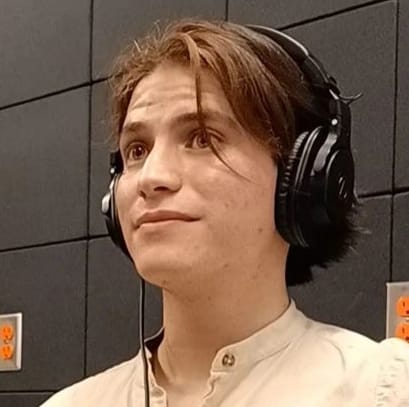 |
Renato Olarte Hernández (2025-) |
PhD students:
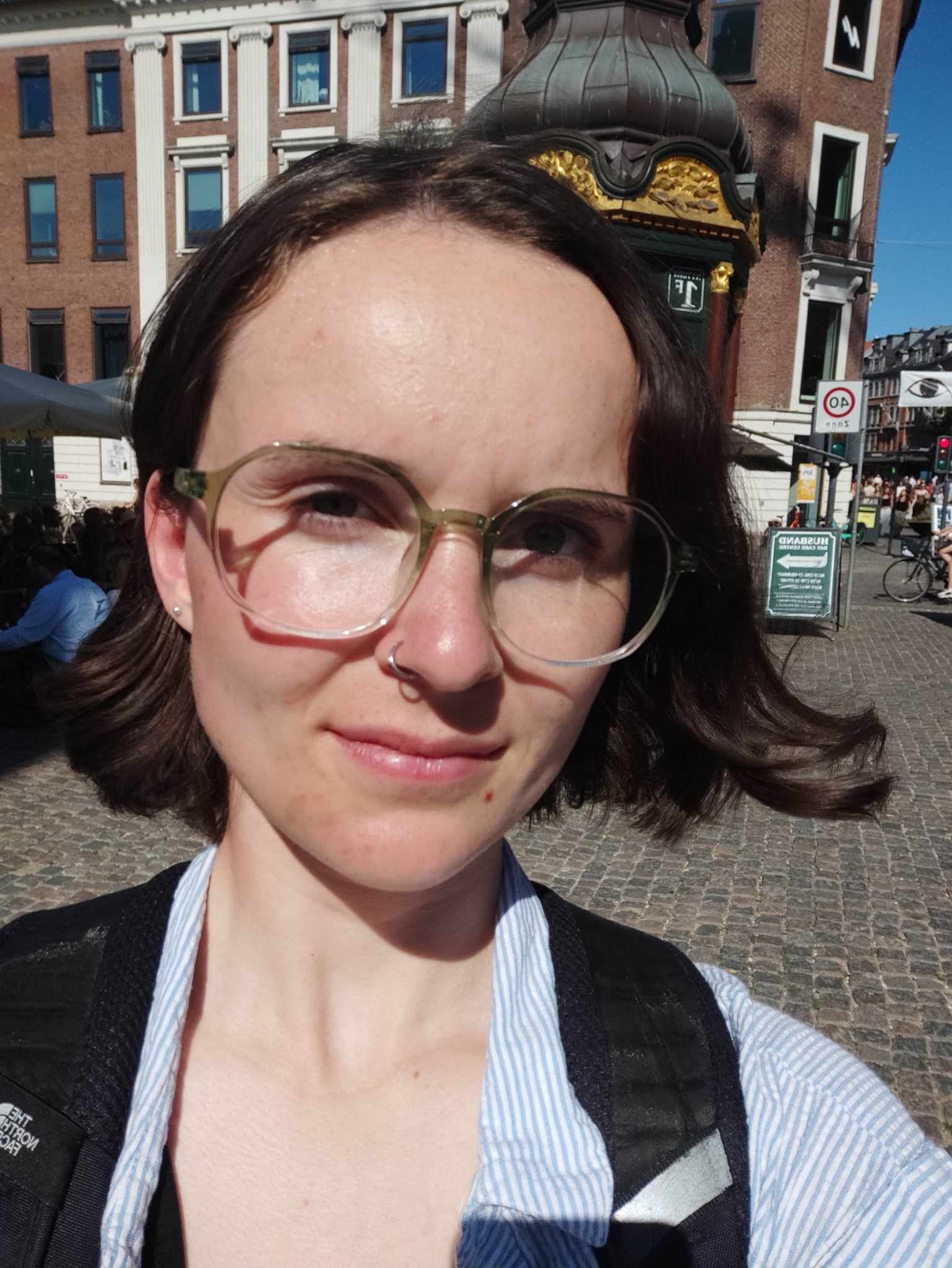 |
Annika Weisberg Eenholt (2025-) |
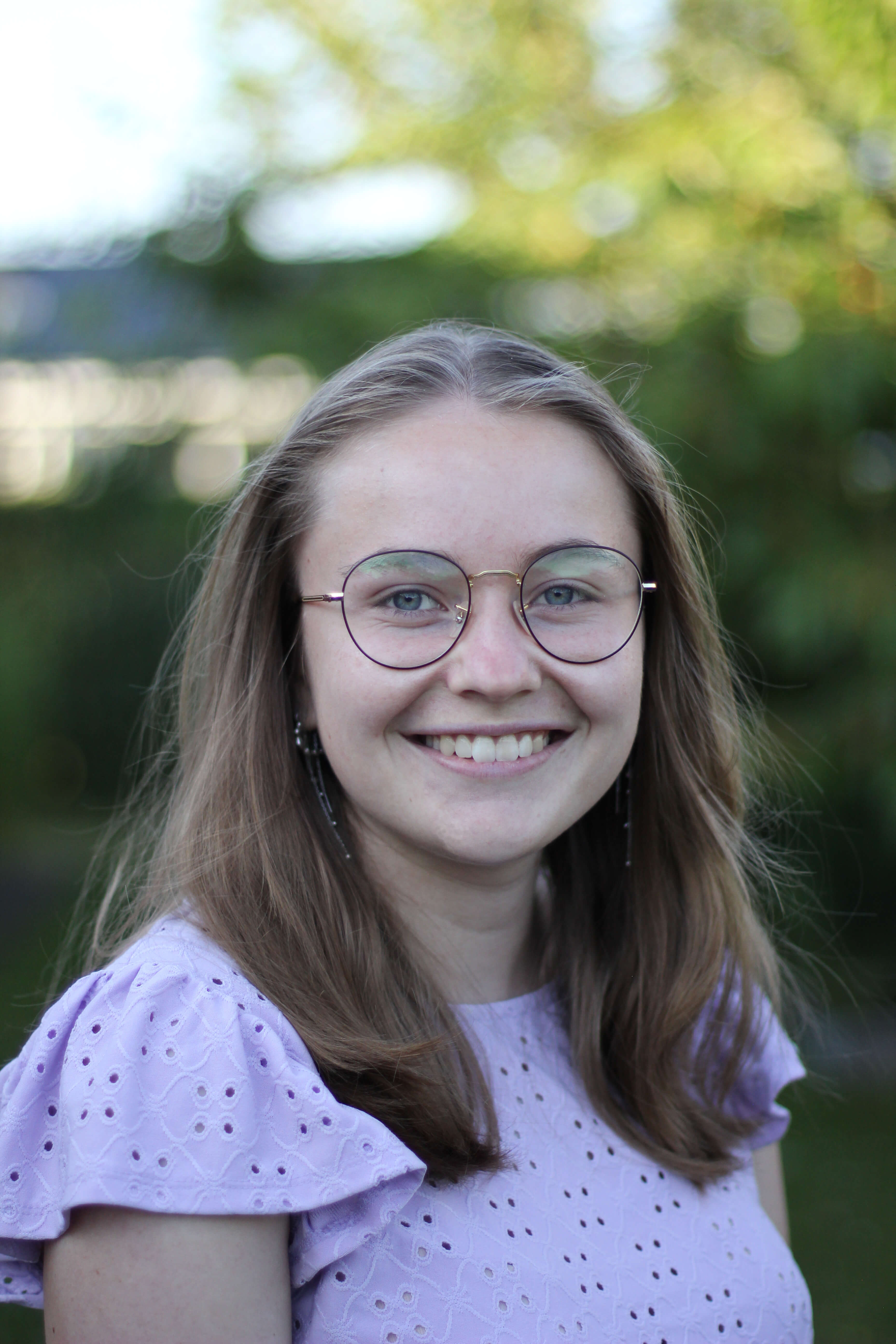 |
Anna Thorn Ekstrøm (2025-) |
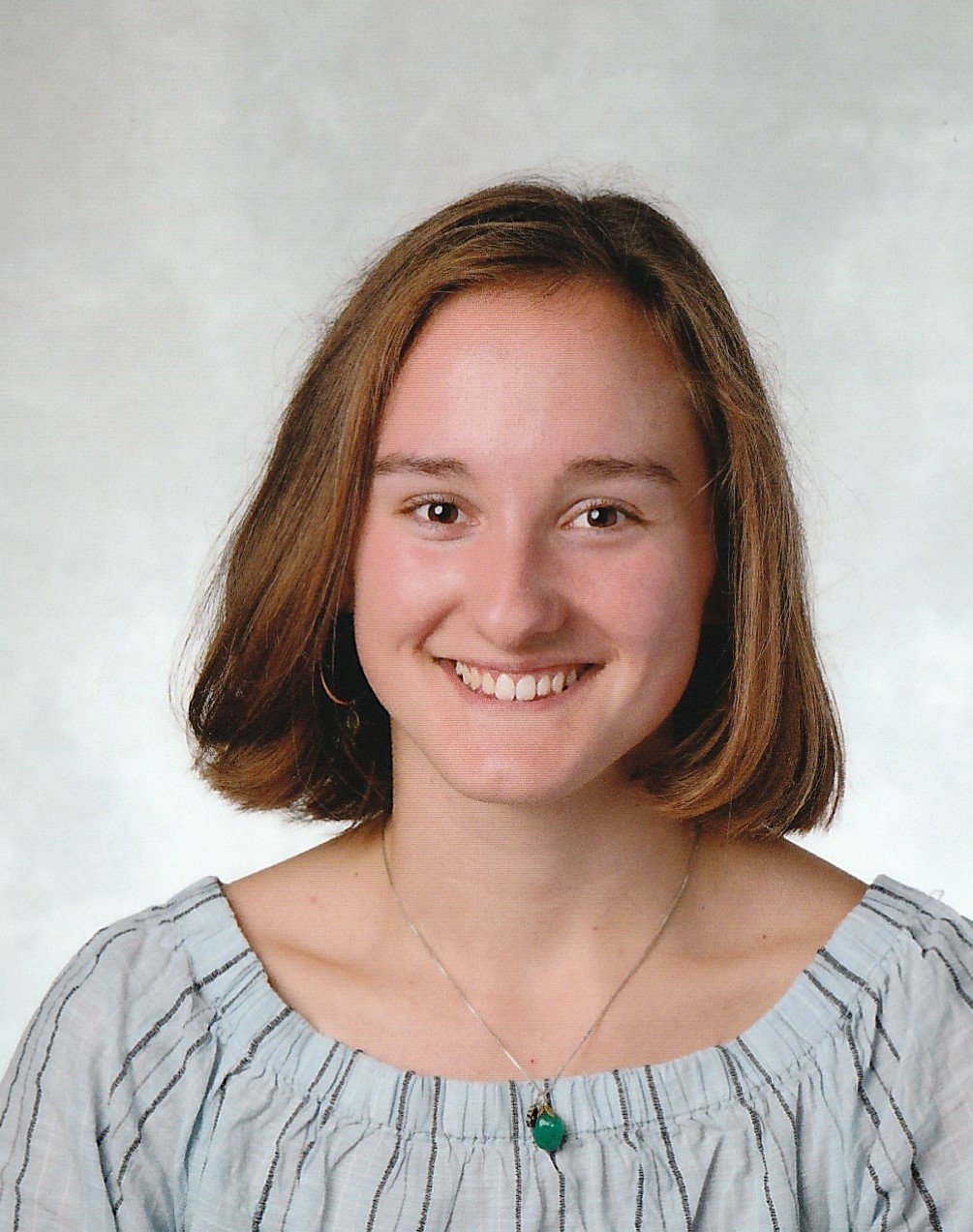 |
Pernille Volsgaard Christensen (2024-) |
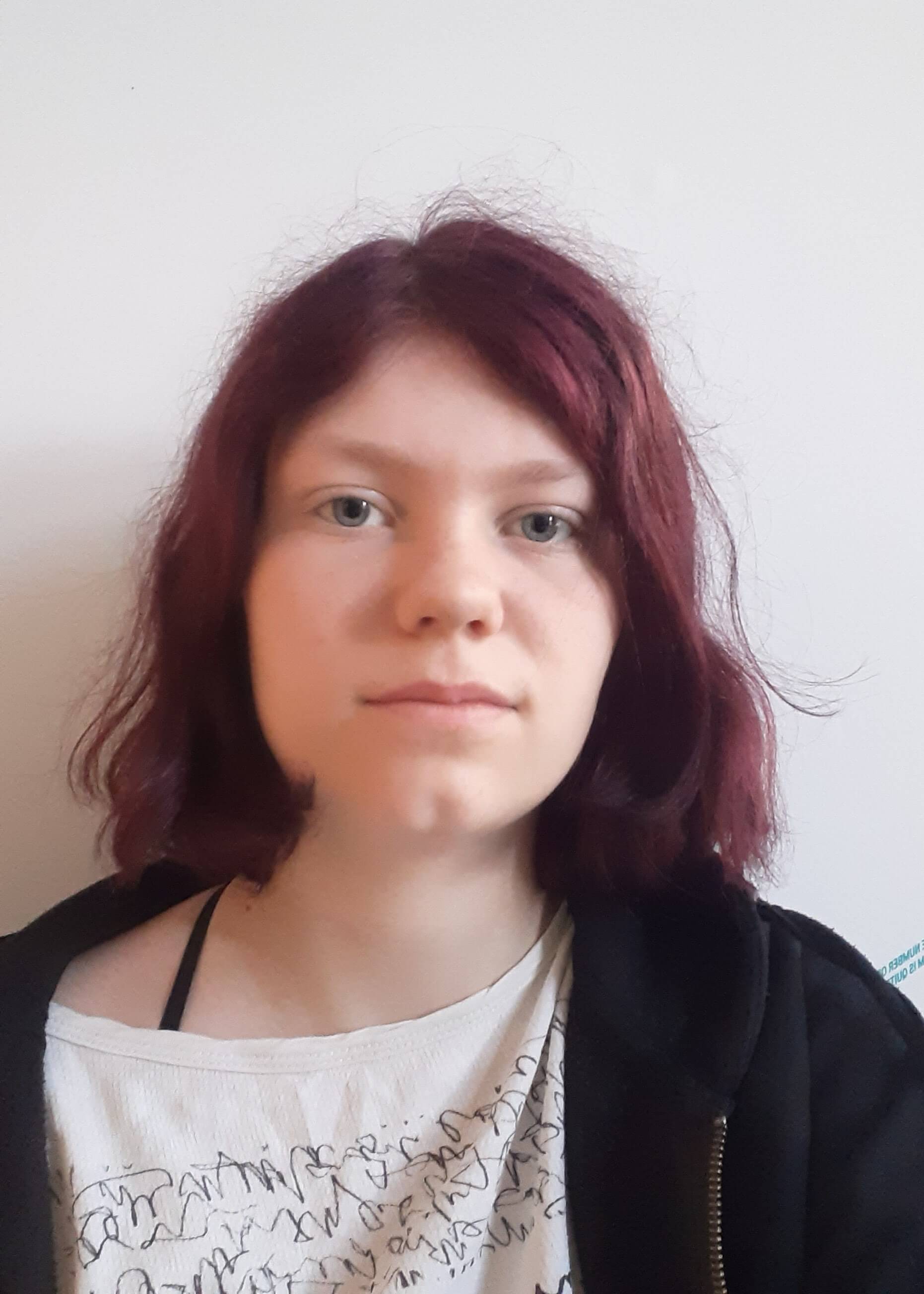 |
Juliane Holst Fuglsbjerg (2023-)
|
Master students:
| Tobias Born Clausen (2025-) (co-supervision with Phillip W. K. Jensen) |
|
| Marco Papaldo (2025-) (co-supervision with Peter W. Thulstrup & Lars Hemmingsen) |
|
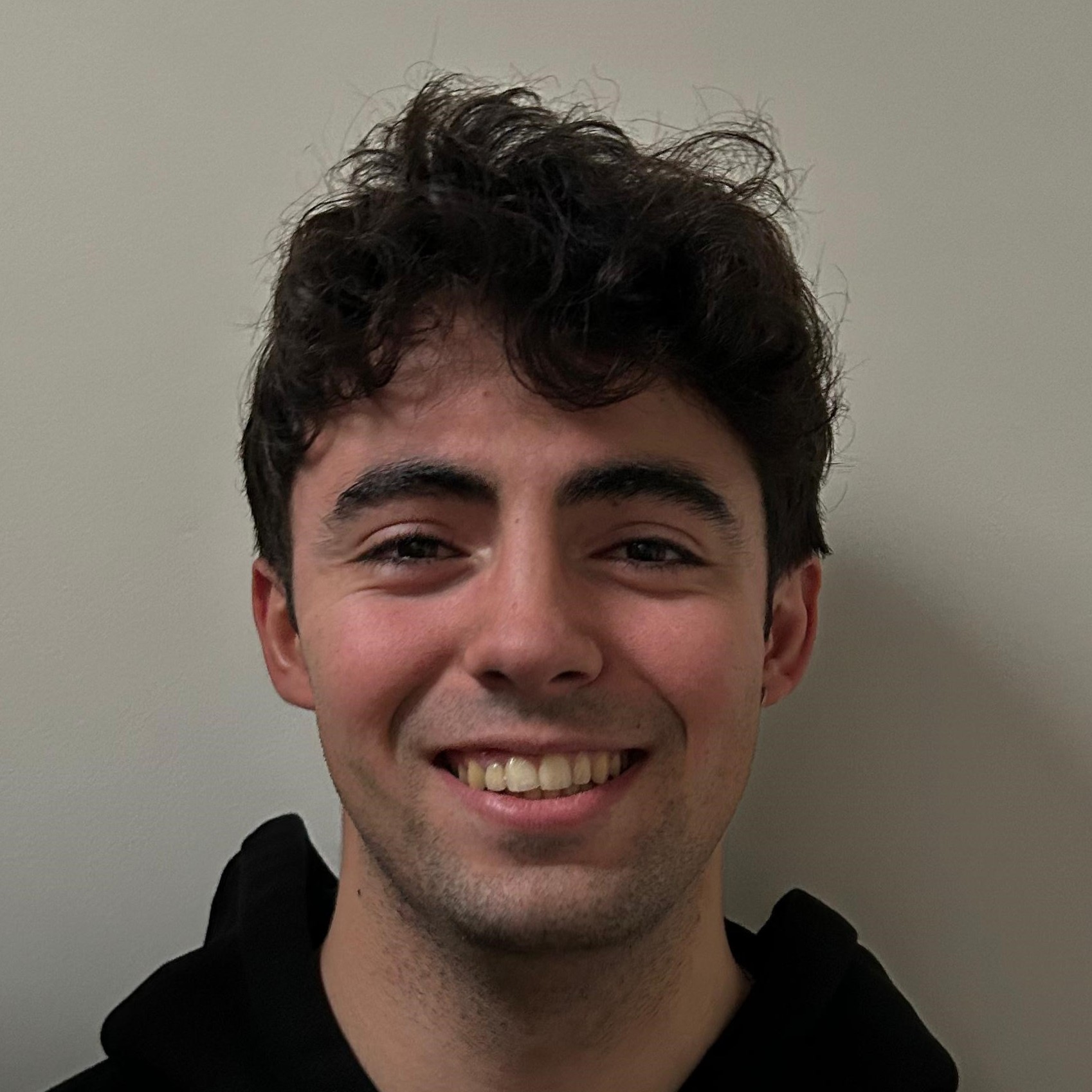 |
Miguel Alonso Mediavilla (2025-) (co-supervision with Mark N. Jones (MQS)) |
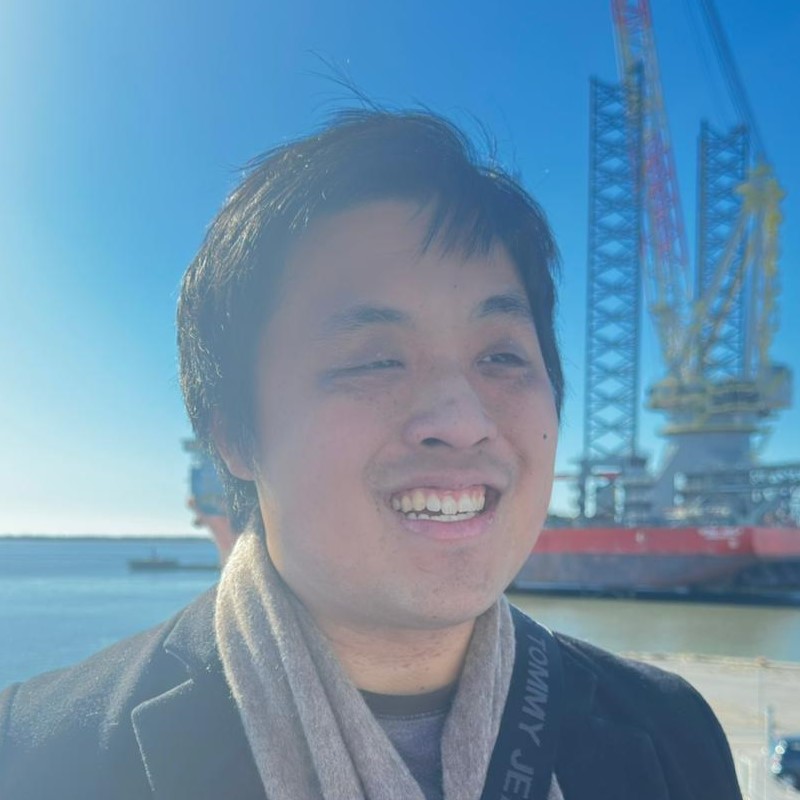 |
Oliver Claes Østergaard (2025-) |
 |
Saleha Rahimi (2025-) |
 |
Elif Kucukefe Ilgin (2025-) |
| Lingfeng Tu (2025-) (co-supervision with Lars Hemmingsen) |
Bachelor students:
| Postdocs | PhD Students | Visiting PhD Students | MSc Students | BSc Students |
Former Postdocs:
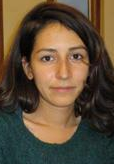 |
Shabnam Oghbaie (2017) Site-selective spectroscopy using synchrotron radiation (co-supervision with Stacey L. Sörensen, Department of Physics, Lund University) |
 |
Elke Faßhauer (2016-2017) Reliable tools for the prediction of NMR spectra of heavy elements
|
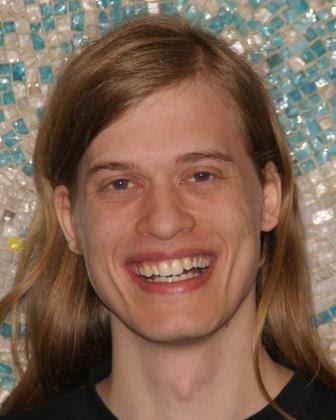 |
Rasmus Faber (2016-2017)
|
 |
Evanildo G. Lacerda Jr. (2015-2016) A Quantum Step towards Accurate Simulations of NMR Spin-spin Coupling Constants in Liquids and Solids
|
| Keld L. Bak (part-time funded by DCSC)
|
[Back to top]
Former Ph.d. students:
 |
Rasmus Faber (2013-2016) Achieving High Accuracy in Calculations of NMR Parameters
|
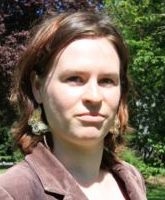 |
Birgitte Olai Milhøj (2012-2016) A Computational Study of Hadron Radiation Damage to DNA Nucleobases
|
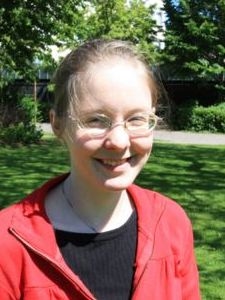 |
Hanna Kjær (2009 - 2012) Aspects of Calculating NMR Parameters with Emphasis on Coupling Constants
|
 |
Torben L. Antal (2001-2007) A structural and bioinformatics analysis of the growth factor-activated AGC kinases and a Dihydroorotate dehydrogenase (co-supervision with Sine Larsen) |
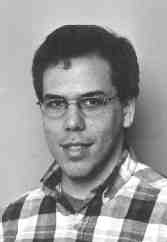 |
Patricio F. Provasi (2000-2003) Relativistic and correlation effects in the indirect spin-spin coupling constant J (co-supervision with Gustavo A. Aucar) Departamento de Fisica, Universidad Nacional del Nordeste, Corrientes, Argentina
|
[Back to top]
Visiting Ph.D. students:
[Back to top]
Former master students:
 |
Jakob Holter Melgaard (2025) How do nucleobase radicals react: A DFT study: The deamination of cytosine to uracil via cytosine-glycol after attack by hydroxyl radical |
|
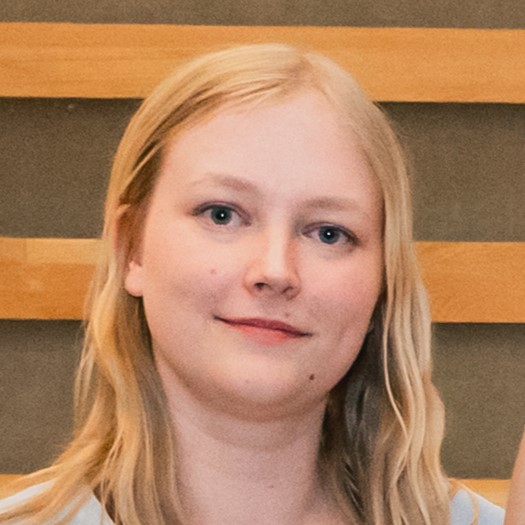 |
Sara Lamberth Klemme (2025) A quantum chemical investigation of the NMR properties of fluorinated compounds: An investigation of highly substituted molecules |
|
 |
Jeppe Reimer Olsen (2025) (co-supervision with Phillip W. K. Jensen & James Avery & Erik Kjellgren) Optimizing Molecular Energies with Rotosolve2D: A Benchmark on H2O Using Basin Hopping and Local Refinement |
|
 |
Adrià Blanch Garrido (2025) (co-supervision with Phillip W. K. Jensen & Mark Jones (MQS)) Benchmark Studies of Virtual Space Optimization for Pseudo-Potential Plane-Wave Calculations on Quantum Computers |
|
 |
Zhongqi Zhao (2024-2025) (co-supervision with Karl Michael Ziems & Erik Kjellgren) Error Mitigation for Quantum Chemistry Algorithms on NISQ Quantum Computers
|
|
| Lina Krarup Knudsen (2024-2025) Towards TOPPA: A Python Implementation |
||
| Christine Tilling (2024-2025) Calculations Of Isomer Shifts For Various Iron States, Including Iron(VIII) (co-supervision with Lars Hemmingsen & Anders Døssing) |
||
| Maria Hoai-Thuong Tran (2023-2024) Degradation of airborne DNA (co-supervision with Matthew S. Johnson) |
||
| Laura Nøhr Holmegård Jensen (2023-2024) Degradation of airborne DNA (co-supervision with Matthew S. Johnson) |
||
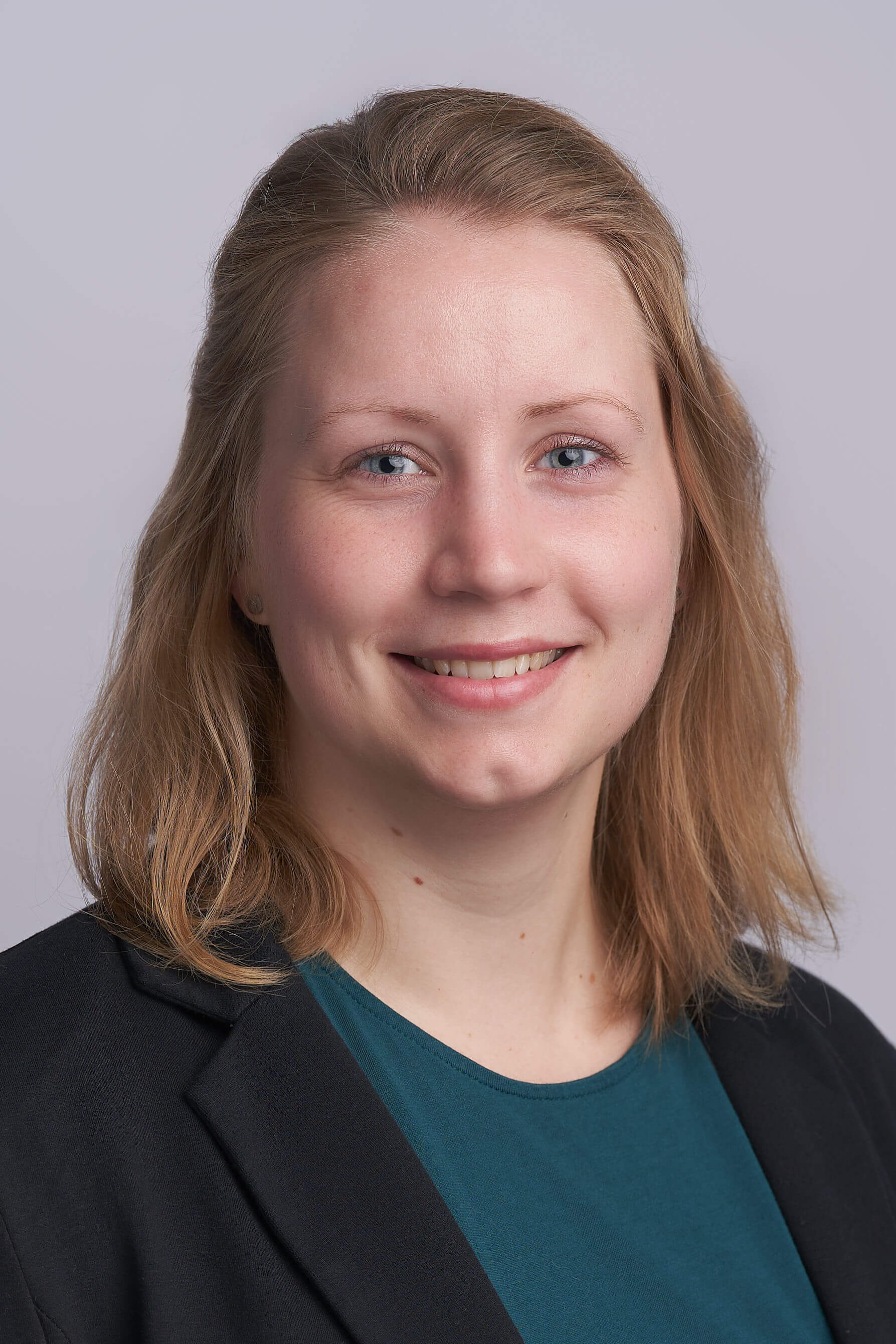 |
Louise Møller Jessen (2023-2024) DFT calculations of 199Hg NMR and 199mHg PAC spectroscopic data of Hg binding to ArsR (co-supervision with Lars Hemmingsen)
|
|
 |
Dániel Nagy (2023-2024) Molecular properties on quantum computers
|
|
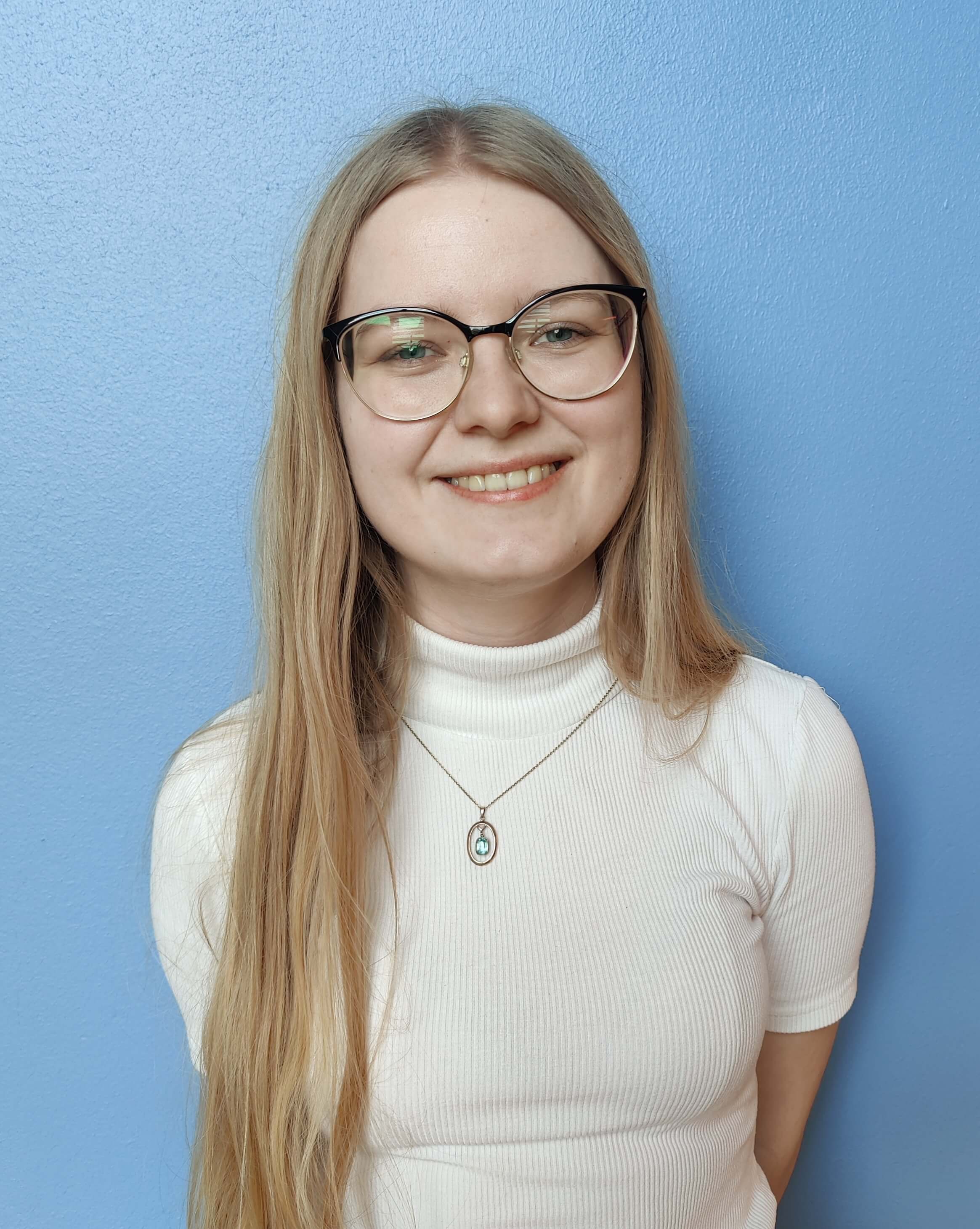 |
Catriona Ann O'Shea (2023-2024) Computational study of 199Hg NMR and 199mHg PAC spectroscopic properties (co-supervision with Lars Hemmingsen)
|
|
 |
Ronan Gleeson (2022-2023) Object Oriented Python Program for Computing Vibrationally Averaged NMR Properties of Molecules: Using Vibrational Perturbation Theory to Second-Order (VPT2)
|
|
 |
Kasper Frølund Schaltz (2022-2023) Derivation and implementation of one contribution from the third order A matrix: Towards the Third Order Po-larization Propagator Approximation
|
|
| Nikki Mosleh (2021-2022) Surface modification and characterization of electrodes |
||
 |
Svend Lehmann Bager (2021-2022) A computational study of Hg oxidation in the atmosphere
|
|
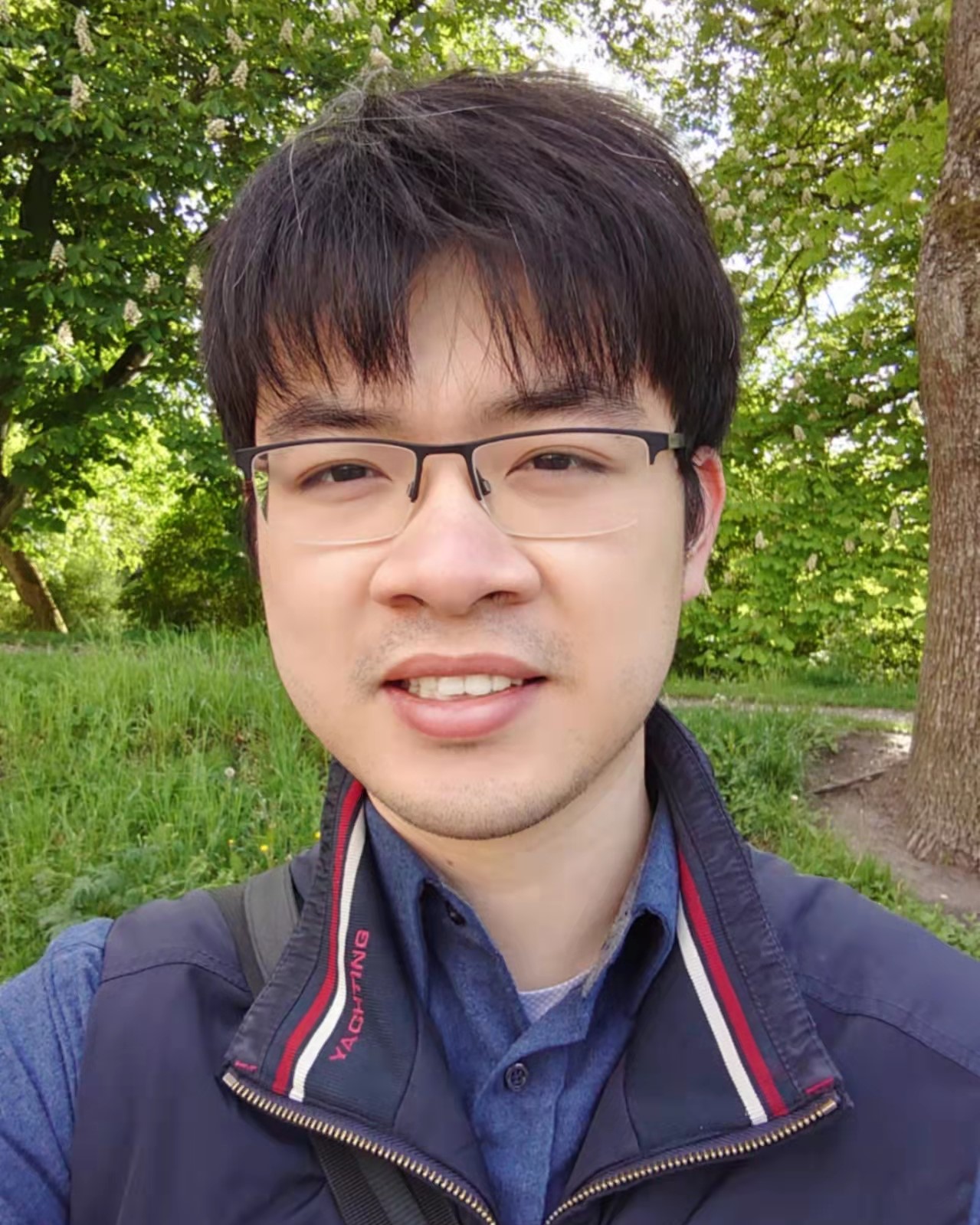 |
Haide Wu (2021-2022) DFT Study of Nuclear Magnetic Resonance Shielding Constants and Chemical Shifts of 199Hg in Hg(SR)x Compounds
|
|
 |
Javier Sanz Rodrigo (2021-2022) First steps toward TOPPA: Implementation and Benchmarking of TOPPA
|
|
 |
Sarah Louise Vittrup Zahn (2020-2021) Using the implicit block Lanczos algorithm to calculate NMR spin–spin couplings constants at the RPA level of theory
|
|
 |
Marinella de'Giovanetti (2020-2021) Fluorine-carbon and fluorine-hydrogen NMR spin-spin coupling constants: a computational study
|
|
 |
Maria West Jørgensen (2019-2020)
Benchmark of linear optical response properties
|
|
 |
Iben Glent-Madsen (2019-2020) The linear correlation between carbon chemical shifts and Pt-C spin-spin coupling constants in [RuCPt]-complexes: A computational analysis at the ZORA and four-component DFT level
|
|
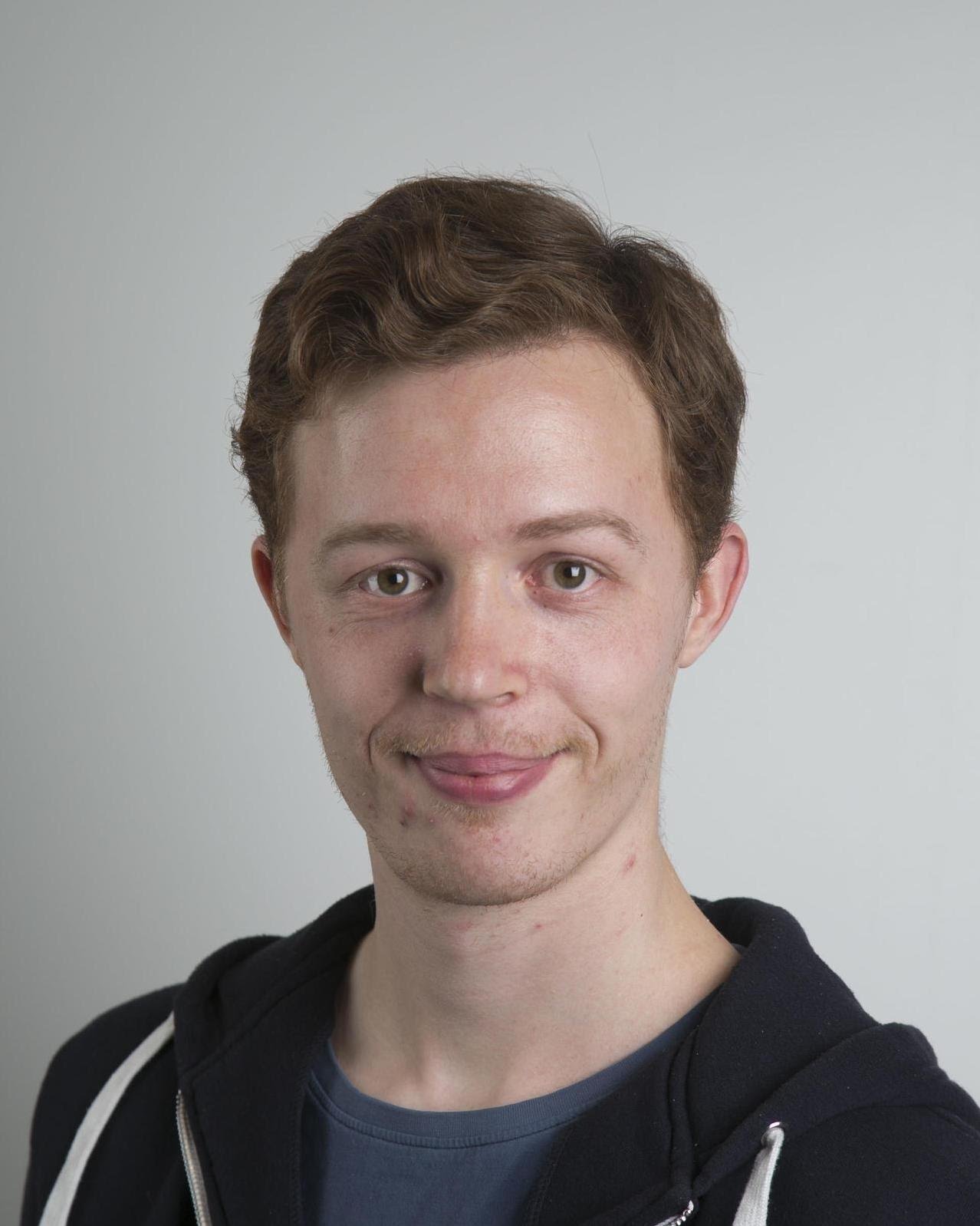 |
Christoffer Hammar S. Møller (2019-2020) Benchmarking Wavefunction Methods: Calculating NMR Spin-Spin Coupling Constants in Amino Acid Residues
|
|
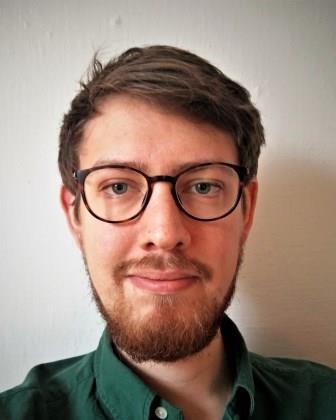 |
Frederik Cornelius Østergaard (2019-2020) Vibrational averaging of magnetic resonance spectroscopy parameters
|
|
 |
Luna Zamokaite (2018-2020) An Implicit Block Lanczos Algorithm for the RPA Eigenvalue Problem and the Calculation of Sum-over-States Properties
|
|
 |
Casper Voigt Winder (2019-2020) Benchmarking of DFT functionals in the calculation of changes in spin-spin coupling constants due to hydrogen bonding |
|
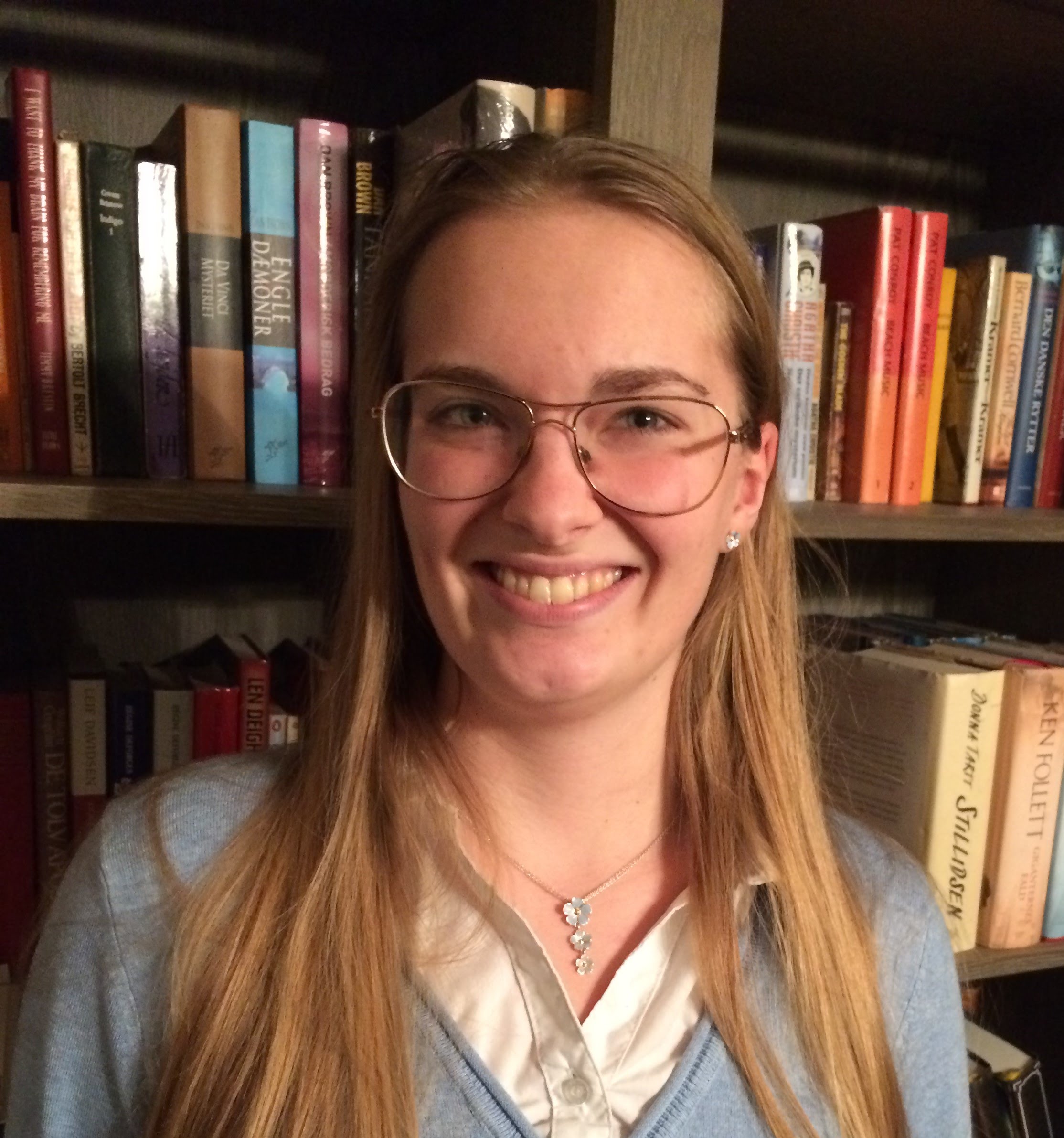 |
Anna Kristina Schnack-Petersen (2018-2019) Towards a 4-component SOPPA Program
|
|
 |
Yusuf Theibich (2017-2018) Functional, Structural and Computational Studies of Lytic Polysaccharide Monooxygenases (co-supervision with Leila lo Leggio)
|
|
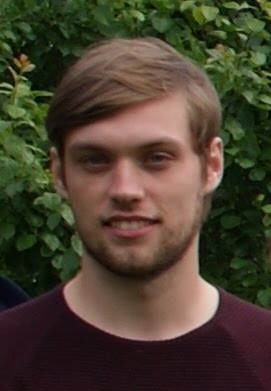 |
Patrick Alexander Aggelund (2017-2018) Development of a Python program for resolving vibrational corrections to molecular properties using VPT2
|
|
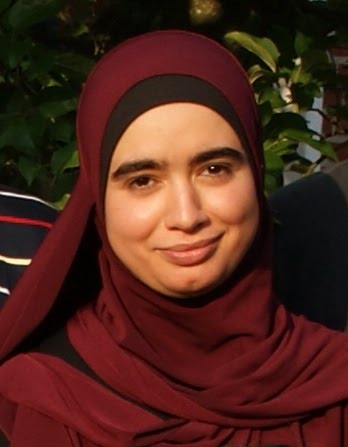 |
Hadeel Moustafa (2016-2018) Solid-state NMR calculations of theophylline and several saccharides
|
|
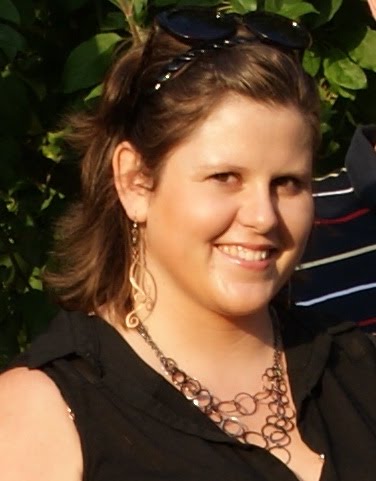 |
Lilli Irene Ør Kristensen (2016-2017) Towards a third order polarization propagator approximation |
|
 |
Rie Stine Nielsen (2014-2017) Exploring the accuracy in calculations of EPR hyperfine coupling constants |
|
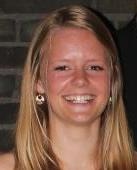 |
Pi Ariane Bresling Haase (2015-2016) Triplet excitation energies: A new implementation in the atomic orbital integral direct SOPPA program
|
|
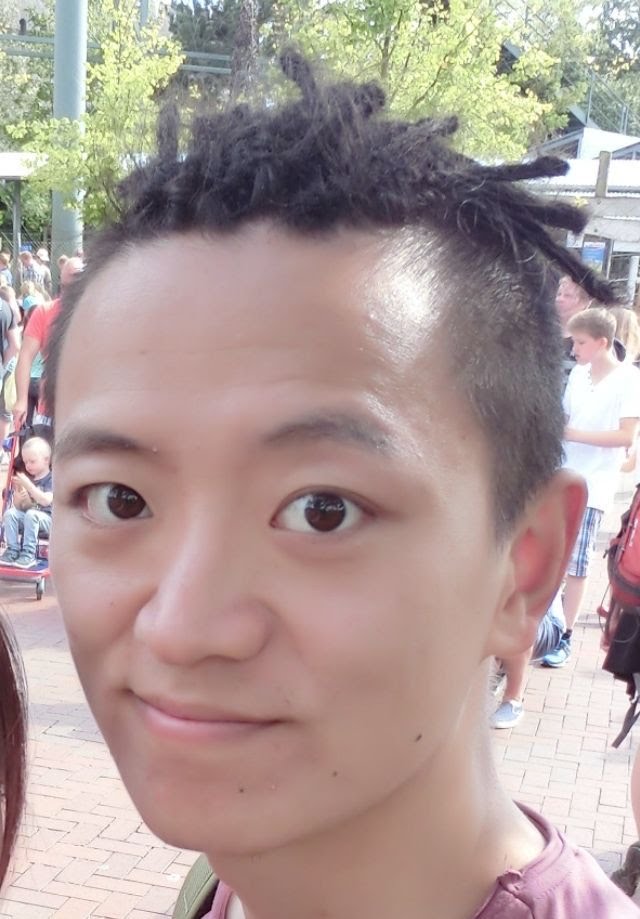 |
Zhiwen Shi (2015-2016) Aspects of the calculation of hyperfine coupling constants and mean excitation energies |
|
 |
Emil Andersen (2013-2016) A Study of the Hyperfine Coupling to Mn and the Superhyperfine Coupling to F in [Mn(III)F(salen)] |
|
 |
Mats Simmermacher (2013-2015) Theoretical and practical aspects of calculations of electronically excited states
|
|
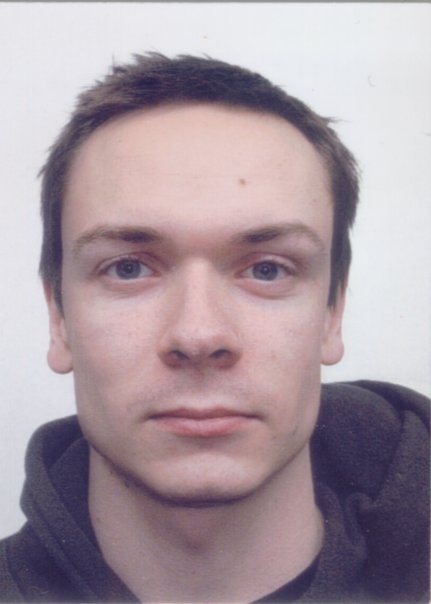 |
Frederik Beyer Kjær Hansen (2013-2015) Parallelizing the Eigenvalue Solver in the Second Order Polarization Propagator Approximation |
|
 |
Alessandro Silvestri (2011-2013) Molecular Dynamics Simulations of Polygalacturonic Acid Solutions |
|
 |
Rasmus Faber (2011-2013) Challenges for accurate calculations of nuclear spin-spin coupling constants
|
|
 |
Birgitte Olai Milhøj (2010-2012) Calculation of EPR hyperfine couplings in Model Systems of Cytochrome P450cam
|
|
 |
Janus Juul Eriksen (2010-2012) Addressing the Plethora of Challenges in Modern QM/MM Calculations (co-supervision with Kurt V. Mikkelsen)
|
|
 |
Kasper Rytter Falster Dethlefsen (2009-2011) Historiske aspekter af kvantekemien i Danmark: Et casestudy af Jens Peder Dahl (co-supervision with Sten Rettrup) |
|
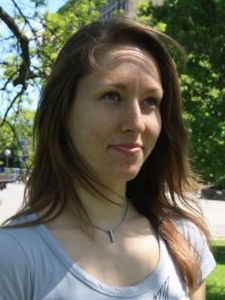 |
Nini E. A. Reeler (2009-2011) Pigments Identified by Raman Spectroscopy (co-supervision with Henrik G. Kjærgaard)
|
|
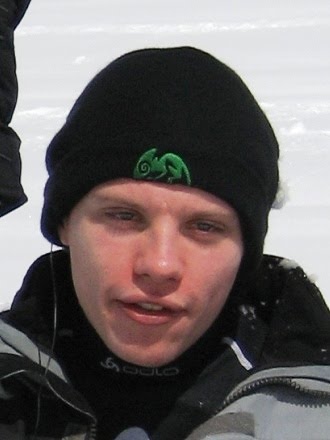 |
Erik Donovan Hedegård (2009 - 2010) High Valent Metal Centers and Metal-Ligand Multiple Bonds (co-supervision with Jesper Bendix)
|
|
 |
Shakeela Bruun-Ghalbia (2007 - 2009) Calculation of Mean Excitation Energies of Amino Acids
|
|
 |
Hanna Kjær (2007 - 2008) Theory and Calculations of rotational g factor
|
|
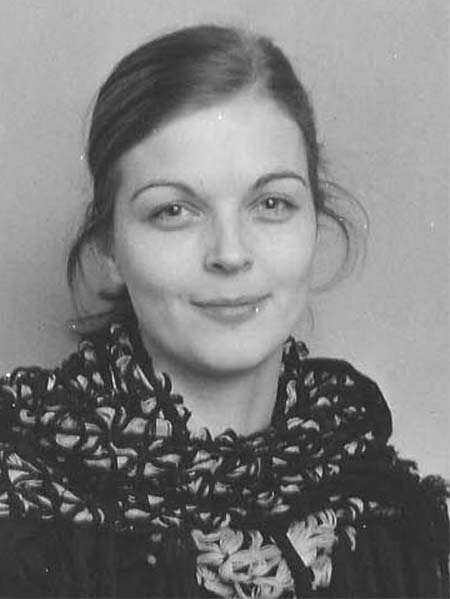 |
Heidi Højmark Falden (2003 - 2007) Second-Order Methods for the Calculation of Vertical Excitation Energies
|
|
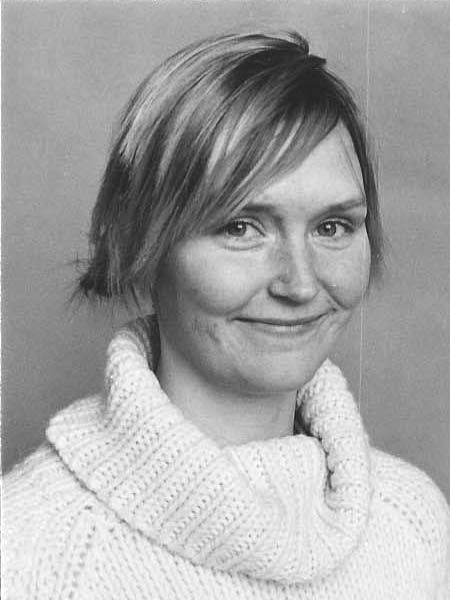 |
Ditte K. Jørgensen (2003 - 2005) Studies of Coupling Constants in Model Systems of the Metallo-β-lactamase BCII |
|
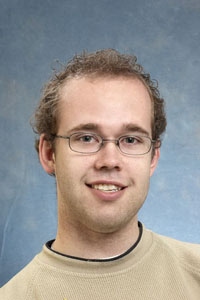 |
Christian B. Nielsen (2000 - 2002) Eksperimentelle og teoretiske undersøgelser af ioner i gasfase: Isotopeffekter, kinetiske energifrigøresler og solventeffekter (co-supervision with Steen Hammerum)
|
|
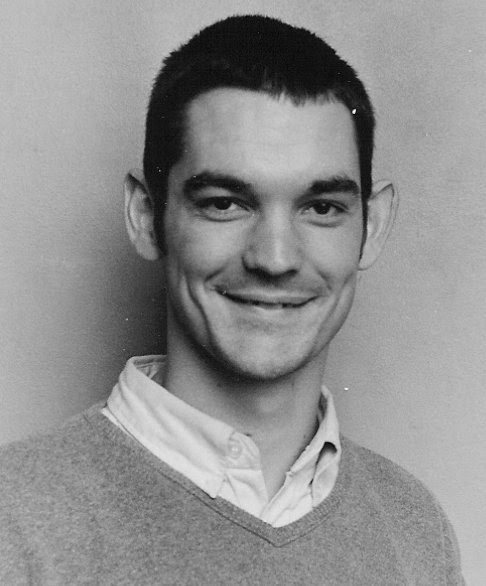 |
Kasper Planeta Jensen (1999 - 2000) Theoretical Studies of Coenzyme B12
|
|
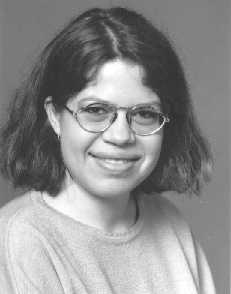 |
Lene Jakobsen (1996 - 1998) Beregning af Lineære og Ikke-Lineære Optiske Egenskaber Department of Chemistry, Odense University |
|
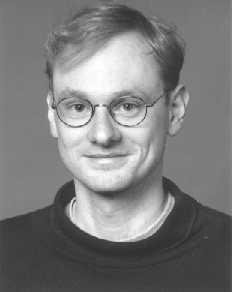 |
Torben Rasmussen (1996 - 1997) Calculation of rotational g-factors Department of Chemistry, Odense University
|
|
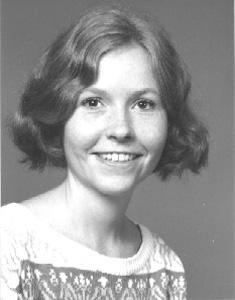 |
Christa Kyhn Møller (1996) Department of Chemistry, Odense University
|
|
[Back to top]
Former bachelor students:
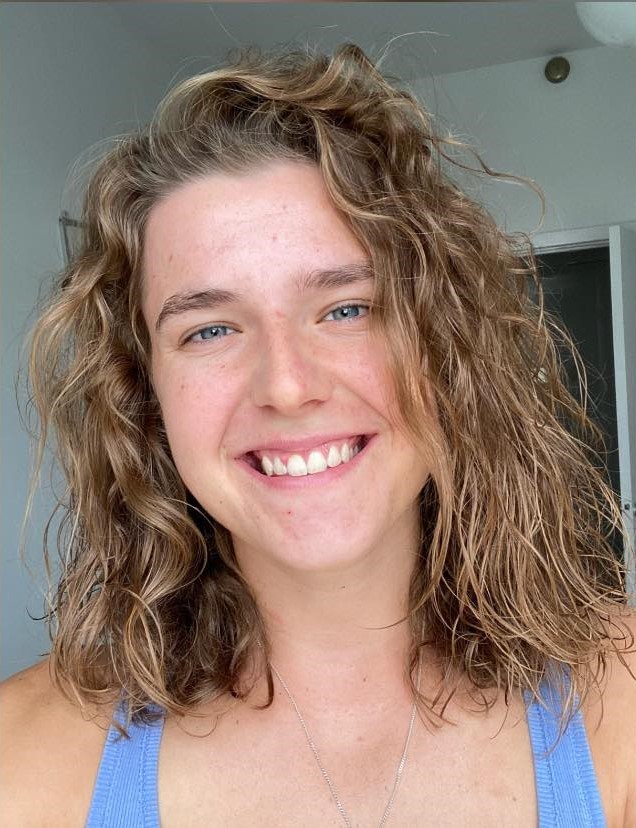 |
Simone Leigh Engell Robinson (2025) Aspects of the Third Order Polarization Propagator Approximation |
|
 |
Annika Weisberg Eenholt (2024) A Python Program for the SOPPA Method for Calculation of Vertical Excitation Energies and Oscillator Strengths |
|
| Pravena Thaveenrasingam (2024) Computational characterization of the structure of metal ion–chelator complexes (co-supervision with Lars Hemmingsen)
|
||
 |
Anna Thorn Ekstrøm (2024) Theory and Application of the Vibrational g-factor for Polyatomic Molecules
|
|
 |
Saleha Rahimi (2024) Computational study of the UV/Vis spectra of N,N,N’,N’ tetrasubstituted-pphenylenediamines and their cations |
|
 |
Oliver Julius Naidu Dylander (2024) The Effect of Noise on Energy Calculations using Linear Response on Quantum Computers |
|
 |
Oliver Claes Østergaard (2024) Computational study of the reaction of nucleosides with OH-radicals |
|
 |
Gustav Stausbøll Hedemark (2023) Application of ADAPT-VQE-SCF for the Calculation of ESR Hyperfine Coupling Constants
|
|
 |
Pernille Volsgaard Christensen (2023) Python Program for Vibrational Averaging of Molecular Properties |
|
| Laurits Bundgaard Nielsen (2023) Python program for vibrational averaging of molecular properties |
||
 |
Jakob Holter Melgaard (2023) A Python program for the evaluation of matrix elements of second quantization operators over Møller-Plesset wavefunctions |
|
 |
Juliane Holst Fuglsbjerg (2022) Towards TOPPA: Implementation of one contribution to the third order A matrix |
|
| Mette Jensen (2022) Quantum Chemistry in Upper Secondary School: A Study and Research Path (co-supervisor Carl Winsløw) |
||
| Bjørk Jakobsen (2022) The Synthesis and Characterisation of a New Chromium(V) Nitride, Chromium(III) and Nickel(II) Complex with Ligand 3,5,7-tribromotropolone (co-supervision with Jesper Bendix) |
||
 |
Kasper Frølund Schaltz (2021) Reactions of OH-radicals with uridine: A Density Functional Theory study
|
|
| Magnus Bjørnsson (2021) Synthesis, Computational and Spectroscopic characterization of new Cr(V)-nitride and VO2+ complexes of the general form M(L)2 with interest in qubit use (co-supervision with Jesper Bendix) |
||
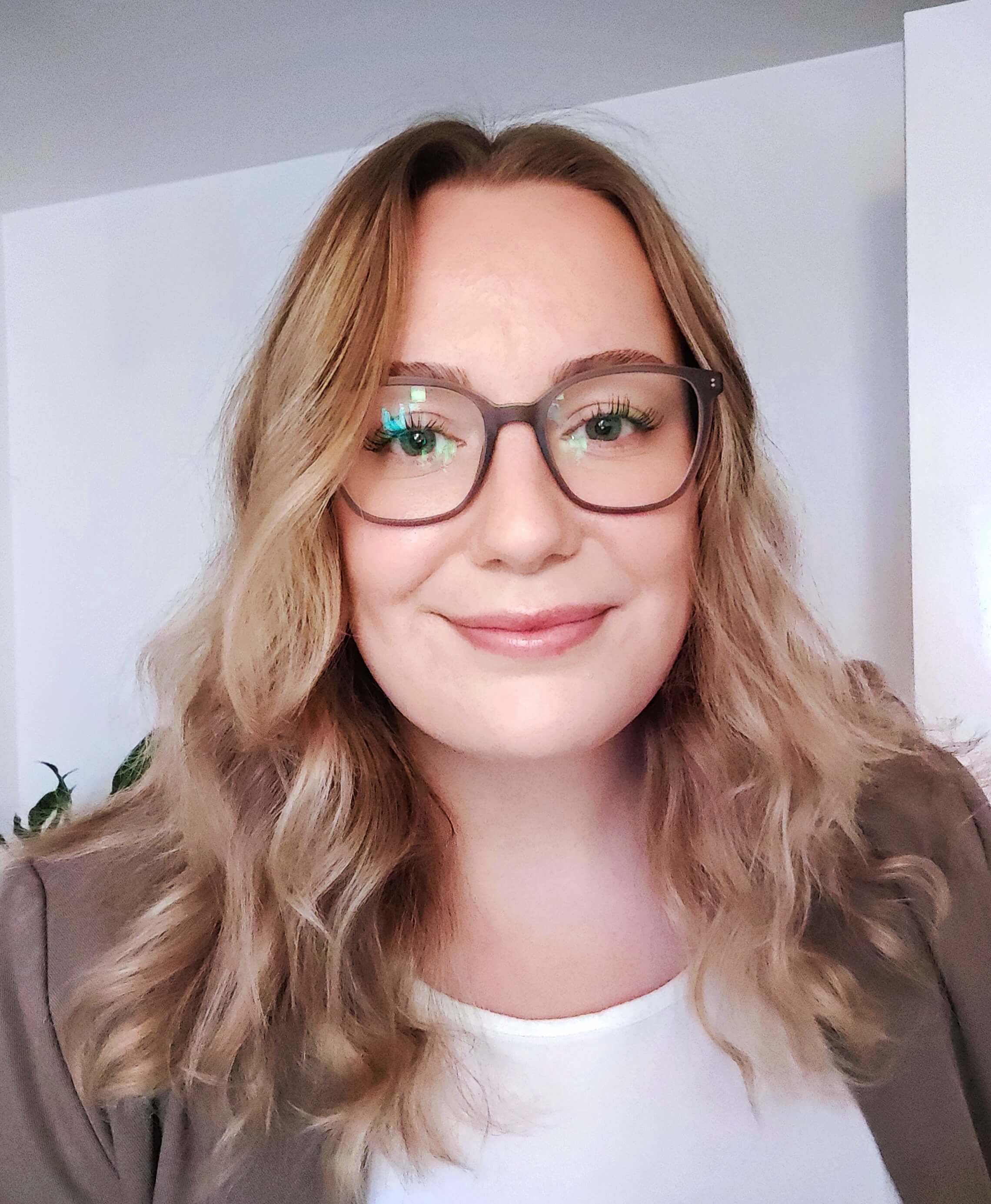 |
Celina Hjort Buhl (2021) Benchmarking Molecular Solar Thermal Energy Storage Systems (co-supervision with Kurt V. Mikkelsen) |
|
| Kathrine Leth Jørnø (2020) Magnetic properties of strongly exchange coupled oxo-bridged bimetallate complexes (co-supervision with Høgni Weihe) |
||
 |
Nikolai Bjørn Akselvoll (2020) Twisting rings and turning sidechains: A computational study of the conformational space of monosaccharides (co-supervision with Christian Marcus Pedersen) |
|
 |
Georg Baadsgaard Trolle (2020) Substrate metabolism mediated by the CYP3A4 isoform (co-supervision with Flemming Steen Jørgensen) |
|
 |
Natasha Videcrantz Faurschou (2019) A mechanistic study of self-promoted stereospecific N-glycosylations using chiral glycosyl acceptors (co-supervision with Christian Marcus Pedersen)
|
|
 |
Sarah Louise Vittrup Zahn (2019) Chemical shifts of alkylpyrroles: finding the best DFT functional
|
|
| Mie Jul Dahlin (2018-2019) Calculations of optical chemical properties of derivatives of the DAOTA+ compound |
||
 |
Frederik Cornelius Østergaard (2018) Vibrational averaging of hyperfine coupling constants in Transition metal complexes |
|
 |
Iben Glent-Madsen (2018) Computational investigation of relativistic effects in NMR properties of L[RuCPt] complexes: ZORA versus the four-component method
|
|
 |
Maria West Jørgensen (2018) Benchmarking of SOPPA methods for polarizabilities
|
|
| Zan Mahmood (2016-2017) NMR Chemical Shifts of Biotin: Measurement and Calculation |
||
 |
Anna Kristina Schnack-Petersen (2017) Derivation and implementation of an RPA(D) model for linear response properties
|
|
| Morten Schiøler Tingsgård (2017) Vibrational Averaging of Molecular Properties |
||
 |
Luna Zamokaite (2017) A Study of Computational Methods for Describing Hg(g) Oxidation in the Atmosphere
|
|
 |
Phillip Wagner Kastberg Jensen (2016) Theory and Calculation of the Mean Excitation Energy of Some Interstellar Ions
|
|
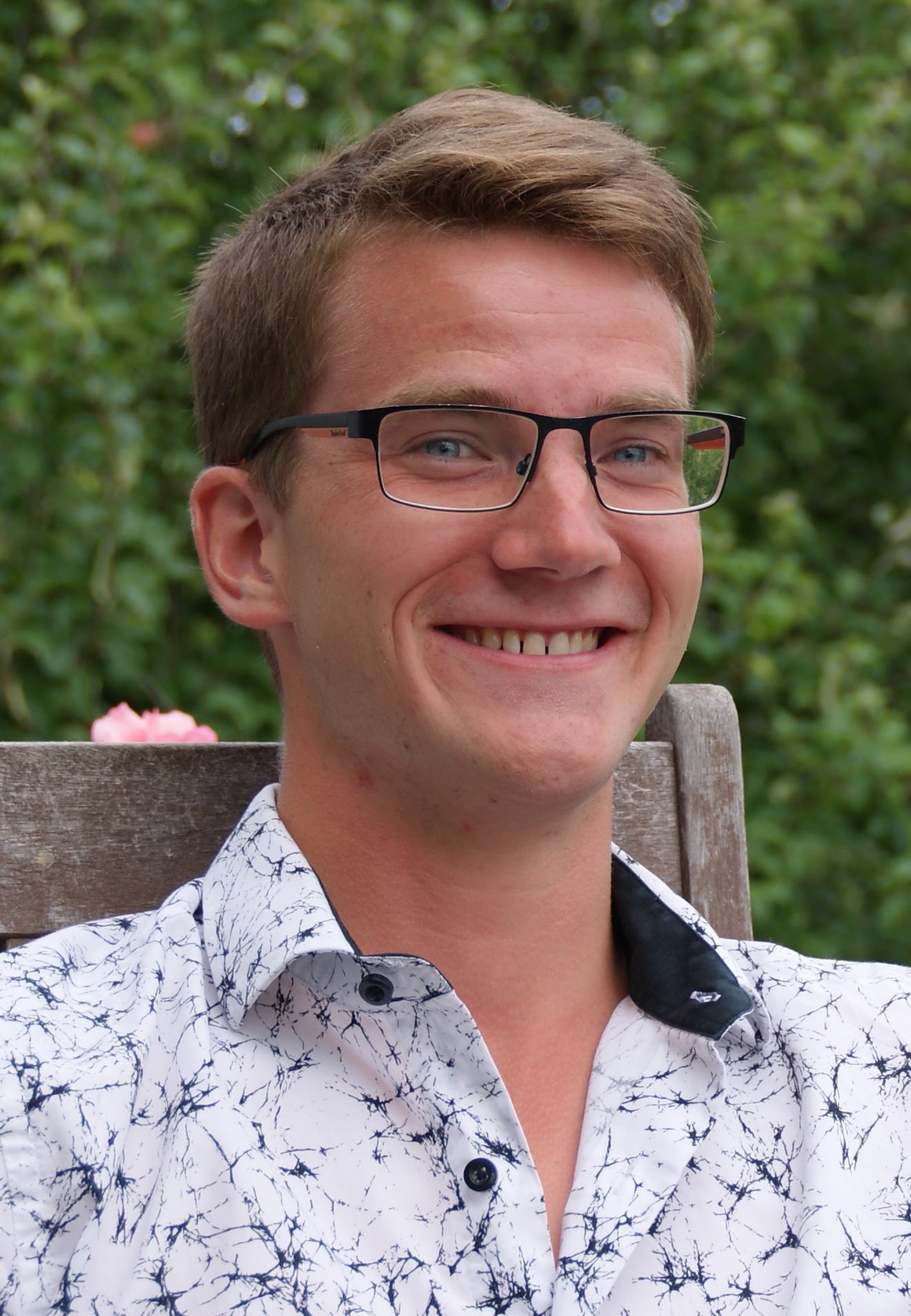 |
Jack Kirk Pedersen (2016) Initial Decomposition of Adenine Following Reaction with the OH Radical: A Theoretical Investigation |
|
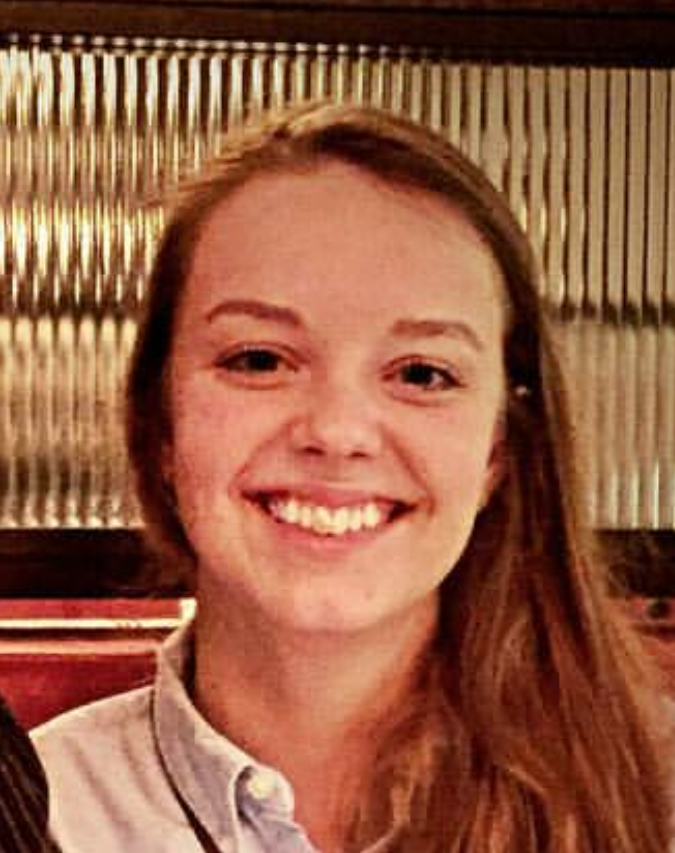 |
Emilie Lolk Wolff-Sneedorff (2016) Investigation of possible reactions after OH radical ad-dition to guanine using DFT |
|
 |
Patrick Alexander Aggelund (2016) Development of Basis Sets Optimized for Spin-spin Coupling Constant Calculations: For the atoms Li, Be, Na, and Mg
|
|
 |
Pi Ariane Bresling Haase (2013-2014) Relativistic effects in calculations of hyperfine coupling constants of d-metal complexes
|
|
| Henrik Frank Pitzner-Frydendahl (2012-2013) Beregning af elektroniske eksitationsenergier i organiske kromofoer med SOPPA metoderne
|
||
| Morten C. B. Persson (2012-2013) Kvantekemi i gymnasiet - Tilrettelæggelse, udførelse og evaluering af et undervisningsforløb |
||
 |
Rasmus Faber (2011) Vibrationelle korrektioner til F-F spin-spin-koblingskonstanten i difluorethyn
|
|
 |
Svend Bager (2010-2011) Et studie af N-nitrosodimethylamin (co-supervision with Henrik G. Kjærgaard and Solvejg Jørgensen) |
|
| Anders Skibsted (2010) CC2 Jacobian sammenlignet med SOPPA Hessian |
||
| Tommy Braghersen (2010) Vertikale- versus vibroniske eksitationsenergier illustreret ved hydrogenmolekylet |
||
 |
Birgitte Olai Milhøj (2009-2010) Kvantekemiske ab initio undersøgelser af de elektroniske potentialflader for de laveste singlet- og triplet-tilstande for SrO (co-supervision with Sten Rettrup) |
|
 |
Kasper Rytter Falster-Hansen (2008-2009) CI-calculations of excitation energies of benzene and naphthalene (co-supervision with Sten Rettrup)
|
|
 |
Erik Donovan Hedegård (2008) Reactivity of Nitrido Complexes (co-supervision with Jesper Bendix)
|
|
| Carina Jørgensen (2004) Quantum Chemical study of the adsorption of H2 on a Mg surface |
||
 |
Muniza Rehman (Chaudhry) (2002 -2003 ) Calculation of ESR hyperfine tensors in Cr-nitrido og imidocomplexes
|
|
| Mansour M. Kavkani (1996) Department of Chemistry, Odense University |
||
[Back to top]
Proposals for Projects
(research projects, bachelor & masters or other projects)
Programming projects
-
Development of quantum chemical methods for quantum computers (funded by the Novo Nordisk Foundation)
In this project you will take part in the effort to make use of present and future quantum computers for quantum chemical calculations. This involves rederivation and reimplementation of many of the known quantum chemical methods as well as new ones, which are more advantageous on quantum computers. Working on these projects you will gain experience with programing quantum computers in general.
See also here for more details.Implementation of the second order polarization propagator approximation (SOPPA) in the relativistic DIRAC program
Spectroscopic parameters can be determined using linear response theory, where the parameters are calculated from the response of a system to a perturbation by an external electromagnetic field. Many approaches based on the non-relativistic electronic Schrödinger equation, where the speed of light is assumed to be infinite and where the electrons are thus considered non-relativistically, exist for lighter atoms. Notably, the Second-Order-Polarization-Propagator-Approximation (SOPPA) has proven to be very useful, as it yields results in good agreement with experiment while being computationally less demanding than the high-accuracy Coupled Cluster (CC) methods. For heavy elements, the available methods based on the Schrödinger equation often become insufficient. Heavy elements are interesting both as central components in catalysts as well as solar cells and as highly toxic pollutants that need to be removed from the environment. Due to larger nuclear charges, electrons close to the nucleus can move at speeds close to that of light, giving rise to relativistic effects such as spin–orbit coupling, the Darwin term and the mass–velocity correction, which can all severely affect spectroscopic properties. Effects on nuclear magnetic resonance (NMR) parameters, for instance, can already be observed for the third period of the periodic table. The fairly large contribution from relativistic effects implies the need for a four-component version of SOPPA.
The goal of this project is thus to start the implementation of SOPPA method in the relativistic quantum chemistry program DIRAC. -
Implementation of the third order polarization propagator method (TOPPA) in our new atomic integral direct program
-
Python program for the calculation of vibrational corrections to spectroscopic properties
All molecules vibrate even at 0K. However, in the Born-Oppenheimer approximation the motion of the electrons and nuclei is separated and one solves the electronic Schrödinger equation for a fixed nuclear geometry. This implies that in a normal quantum chemical calculation of NMR spin-spin coupling constants or chemical shifts at the equilibrium geometry of a given molecule, the contribution of the vibration of the molecule is ignored. However, the vibrational contributions are the sole reason for the temperature dependence or isotope shifts of these properties. Therefore it is important to study these contributions.
In this project an existing Python program for the calculation of vibrational corrections will be extended to treat more molecular properties. -
Implementation of the calculation of the stopping power for low ion velocities
Our calculations of stopping powers of molecules were so far based on the simplest description of ion-molecule interactions, the Bethe-Born stopping theory, which is only valid for ions at high velocities. In this project we will extend the approach to include also to the low velocity range of the Bragg-peak where the biological damage is highest. For this we want to base our calculations directly on the generalized oscillator strength, which are a generalization of the normal dipole oscillator strengths of UV/Vis spectroscopy. Primarily, we have to automatize the calculation of the stopping power from generalized oscillator strengths in the DALTON program. Having done this we want to investigate whether it is possible to calculate generalized oscillator strengths with the necessary accuracy with modern basis sets, e.g. center-of-mass based Rydberg functions.
Computational Chemistry
-
The influence of solvent molecules on the electrochemical potential of tetrasubstituted p-phenylenediamines
N,N,N’,N’ tetrasubstituted p-phenylenediamines are electron-rich compounds that are easily oxidized to persistent radical cations by, for instance, electrochemical oxidation. A famous member of the group is N,N,N’,N’-tetramethyl-p-phenylenediamine (TMePD) the radical cation of which (Wurster's blue) was reported as early as 1879. Since then the radical cations of TMePD and related pphenylenediamines have featured in numerous investigations including studies of the optical, vibrational, and ESR spectra, electronic, mixed-valence and selfexchange properties, reorganization energies, and radical cation dimerizations.
In the current project we want to investigate the influence of the solvent on calculations of the redox potentials of these compounds. In particular we want to investigate, whether including explicit solvent molecules in the calculations will improve the agreement with experimental values. -
Photochemistry of tetrasubstituted p-phenylenediamines
N,N,N’,N’ tetrasubstituted p-phenylenediamines are electron-rich compounds that are easily oxidized to persistent radical cations by, for instance, electrochemical oxidation. A famous member of the group is N,N,N’,N’-tetramethyl-p-phenylenediamine (TMePD) the radical cation of which (Wurster's blue) was reported as early as 1879. Since then the radical cations of TMePD and related pphenylenediamines have featured in numerous investigations including studies of the optical, vibrational, and ESR spectra, electronic, mixed-valence and selfexchange properties, reorganization energies, and radical cation dimerizations.
In the current project we want to find a suitable computational protocol, which allows to reproduce and thus predict the photochemistry of this compounds. This involves choosing an optimal DFT functional, basis set and solvent model by comparing to the measured UV-Vis spectra. -
Understanding the trend in carbon chemical shifts in RuCAuL complexes
Carbide-bridged ruthenium gold complexes of the general formula trans-((C6H11)3P)2Cl2Ru=C−Au-L show a linear correlation between the carbon chemical shift and the Au-C bond length when changing the ligands L.
The goal of this project is to get a better understanding of the underlying mechanisms which are responsible for this trend. For this purpose relativistic density functional theory calculations will be carried out to investigate the inductive effects of the ligands and the effect of the Au-C bond length as well to analyse which molecular orbitals are responsible for the changes in the chemical shift. -
Understanding the NMR properties of organofluoride compounds
Growing interest in organofluorine compounds has led to a rapid development of this area of chemistry, driving the attention of several fields as medicinal chemistry, pharmaceutical industry, material chemistry and agrochemistry, to name a few. Their range of applications is thus very wide, stretching from fluorinated drugs (due to the important biological role of these compounds), to solar cells (where the fluorination of the polymer improves the performance of the devices), to quantum computers (where the implementation of fluoroaromatic heterocyclic compounds is seen as very promising). The reason for the success of organofluorine compounds lies in the peculiar characteristics of F, being regarded to as a unique element across the periodic table. These particular properties arise from the combination of its small size, its electron-rich configuration, and its unmatched electronegativity. The singular properties of F also extend to nuclear magnetic resonance (NMR) spectroscopy: the 19F nucleus has 100% natural abundance, a high gyromagnetic ratio, and very desirable broad chemical shift ranges, meaning well-separated signals. 19F NMR spectroscopy is thus a very important characterization tool.
-
The influence of the molecular geometry on the calculation of NMR spin-spin coupling constants
Calculations of NMR spin-spin coupling constants are often plagued by so-called triplet instabilities or near-instabilities, which means that the lowest excited triplet state is errorneously calculated to have a lower energy than the singlet ground state or an energy close to it. The standard approach to solve this problem is to employ a higher-order method. This is of course limit to smaller molecules. In the literature, there are some hints that the choice of geometry also could have an influence on this. In this project we want to investigate this more generally in order to provide better guidance for the general user.
-
Mapping the dependence of Hg(II) electric field gradients on the coordinating ligands
The coordination chemistry of Hg(II) is important in its own right, and, in particular, because mercury ions may substitute native metal ions in metalloproteins, probably giving rise to the well known toxic effects of this heavy metal ion. 199Hg NMR spectroscopy has become a powerful tool in this context due to the sensitivity of the 199Hg NMR shielding constants and chemical shifts to the first coordination sphere of Hg(II). In this project it is the goal to systematically map the dependence of the 199Hg chemical shifts and electric field gradients on the coordination number and ligands surrounding the 199Hg nucleus.
-
Performance and turning of the new srDFT methods for the calculation of
- NMR spin-spin coupling constants
- electronic excitation energies
One of the most promising new computational methods are the short-range density functional theory methods (srDFT), where a DFT treatment for the correlation between electrons a short distances is combined with various wave function method treatments for the correlation at larger distances. In this project we want to explore the potential of this new method by investigating various DFT functionals as well as wave function methods. For each of these these combinations, one has to investigate also which is the optimal value of the range-separation parameter.
-
Performance of DFT functionals and our own wavefunction methods in the calculation of
- molecular polarizabilities
- optical rotation of chiral molecules
- NMR spin-spin coupling constants
Most calculations of spectral parameters are today carried out at the level of density functional theory (DFT) because DFT can be employed to study larger systems, as it is often the case for organic molecules, while higher-theory methods quickly become unfeasible. However, the weakness of DFT lies in the non-universal description of the electron correlation. Consequently, the results are often largely dependent on the chosen functional, and benchmark studies need to be performed to establish the suitability of DFT methods for a given calculation.
In this project the performance of the most common DFT functionals versus experimental values or highly correlated wavefunction methods will be investigated in calculations of the above mentioned molecular properties. -
Performance of the SOPPA method in the calculation of polarizabilities compared to other second order methods
The dipole polarizability is an important optical property of every molecule, which is e.g. the molecular property behind the refractive index or the property which determines the intensity of the lines Raman spectra. We have recently implemented the SOPPA method (based on Møller-Plesset 2nd order perturbation theory) in our new atomic integral direct program, which will allow calculations on larger organic molecules than previously. It is there time to investigate how well this level of theory performs compare to other methods. This project involves a literature study in order to choose suitable molecules, a basis set study in order to find a sufficiently converged basis set for this property and then to carry out calculations of polarizabilities with several methods including of course SOPPA.
-
Intermolecular bromine-bromine interactions in substituted dibromobenzenes in crystals
The crystal structure of different 2,5-disubstituerede-1,4-dibromobenzenes differ from the known types found for other halogen substituted compounds. In this project we want to investigate the energetics of the bromine-bromine intermolecular interactions in these compounds. As relativistic and in particular spin-orbit effects possibly play a role for bromine-bromine interactions, we will investigate in the first part of the project how large relativistic effects are and which method is suitable for describing them.
-
Radiation damage and radiation therapy with ion beams
The aim of these projects is to advance the understanding of radiation damage in biomolecules. The interaction of ion and gamma rays can be used to treat, or cause, cancers, depending on the point of application and the nature of the radiation. Understanding the basic physics and chemistry of the interaction of radiation with biological targets becomes ever more important as one seeks to protect healthy cells from radiation damage and to target therapeutic radiation (e.g. protons and C6+ ion beams have recently become viable modes of radiotherapy) selectively on pathologic cells. In our work, we apply quantum mechanical molecular electronic structure theory to the most basic level of the problem, namely the collisions of swift ions with biomolecules and the following chemical changes of the biomolecules.
-
Calculation of mean excitation energies of ions
The first step is to study the fundamental physics of the initial energy deposition of swift ions into biomolecules, which is characterized by a quantity called stopping power, or energy deposition per unit length along a pathway. This stopping power for ions at very high velocities is determined solely by the mean excitation energy of Bethe-Born stopping theory. The purpose of this project is to calculate mean excitation energies of ions as they are found in plasmas.
-
Calculation of the stopping power for low ion velocities
The first step is to study the fundamental physics of the initial energy deposition of swift ions into biomolecules, which is characterized by a quantity called stopping power, or energy deposition per unit length along a pathway. So far our work was based on the simplest description of ion-molecule interactions, the Bethe-Born stopping theory, which is only valid for ions at high velocities. In this project we will extend the approach to include also to the low velocity range of the Bragg-peak where the biological damage is highest. For this we want to base our calculations directly on the generalized oscillator strength, which are a generalization of the normal dipole oscillator strengths of UV/Vis spectroscopy. However, in the first step we have to investigate whether it is possible to calculate generalized oscillator strengths with the necessary accuracy with modern basis sets, e.g. center-of-mass based Rydberg functions.
-
Fragmentation following direct ionization or electron attachment
The second step is to investigate ionization and fragmentation of biomolecules as a consequence of direct hits by the ion beam. We want to study the possible chemical reactions, e.g. fragmentation, following direct ionization or electron attachment of nucleobases and will employ the full power of modern electronic structure theory to these reactions in the gas phase. The main issues to be investigated are what the dominant fragmentation channels are and whether any of the nucleobases is more susceptible for these reactions than others.
-
Fragmentation of nucleobases following reaction with an OH radical
The second step is to investigate the reactions of biomolecules with the fragmentation products of the main ingredient of a cell: water. So far we have studied the first reactions of OH radicals with individual nucleobases in the gas phase and in a simple water models. Now we want to study what happens after the OH radical has either abstracted a hydrogen atom or has added itself to one of the double bonds in the nucleobases. We will employ the full power of modern electronic structure theory to study these reactions in the gas phase and in different models for a water environment. The main issues to be investigated are what the dominant fragmentation channels are after the first hydrogen abstraction or OH addition.
-
-
Born-Oppenheimer Breakdown effects in rotation and vibration spectra
-
Calculation of the rotational and vibrational g-tensors
The theoretical description of matter is normally based on the Born-Oppenheimer approximation, which allows treating the motion of electrons and nuclei independently. However, this is only an approximation, although in general a very good one, and in certain situations deviations from it can be observed. In the analysis of high-resolution rotation or vibration-rotation spectra one includes therefore correction terms accounting for this, the so-called Born-Oppenheimer-breakdown (BOB) parameters and calculated values for the BOB parameters are useful or sometimes necessary for the analysis. There is therefore a constant need for high-level calculations of the BOB parameters, rotational and vibrational g-tensor, for small molecules.
-
Department of Chemistry, University of Copenhagen
- Assoc. Prof. Lars Hemmingsen
on calculations of spectral parameters of heavy metals in biological systems
- Prof. Leila Lo Leggio
on calculations of spectral parameters of metalloproteins - Prof. Jesper Bendix
on calculations of spectral parameters of transition metal complexes
- Assoc. Prof. Michael Pittelkow
on calculations of the energetics and reactions of Biotin[6]uril - Assoc. Prof. Christian Marcus Pedersen
on the calculation of NMR parameters of carbohydrates - Assoc. Prof. Ole Hammerich
on the calculation of NMR parameters and redox potentials - Prof. Dr. Kurt Mikkelsen
on common interests
Department of Science and Environment, Roskilde University
- Prof. Dr. Poul Erik Hansen
on the calculation of NMR parameters
Department of Physics and Chemistry, University of Southern Denmark, Odense
- Prof. Dr. Jens Oddershede
on hadron radiation therapy, i.e. the interaction of atoms, molecules and biomolecules with fast ions
- Prof. Jacob Kongsted
on QM/MM calculations of NMR spectra
Faculty of Chemistry, University of Opole, Poland
- Prof. Dr. Teobald Kupka
on studies of NMR parameters
Instituto de Química Médica, Consejo Superior de Investigaciones Científicas, Madrid, Spain
- Prof. Dr. Ibon Alkorta
on the calculation of chiroptical properties and properties of molecular clusters
Quantum Theory Project, University of Florida, Gainesville, USA
- Prof. Dr. John R. Sabin
on hadron radiation therapy, i.e. the interaction of atoms, molecules and biomolecules with fast ions
Institute of Physics, Universidade de São Paulo, Brazil
- Prof. Dr. Sylvio Canuto and Prof. Dr. Kaline Coutinho
on solvent effects on molecular spectra
Institute of Chemistry, University of Campinas, Brazil
- Prof. Dr. Rodrigo A. Cormanich
on NMR parameters of flourinated compounds
Department of Chemistry, University of Lavras, Brazil
- Prof. Dr. Teodorico Castro Ramalho
on molecules for quantum information processing
Departamento de Fisica, University of Buenos Aires, Argentina
- Prof. Dr. Marta B. Ferraro
on the calculation of chiroptical properties
- Assoc. Prof. Cristina Caputo
on NMR properties of molecular clusters
Departamento de Fisica, Universidad National del Nordeste, Corrientes, Argentina
- Assoc. Prof. Dr. Patricio F. Provasi
on the calculation of NMR indirect nuclear spin-spin coupling constants
Invited Lectures
-
August 2025: Namur-Sherbrooke Entanglement: Superpositions of Ideas in Quantum Chemistry, Institut Quantique, Université de Sherbrooke, Canada:
"Quantum Chemistry on current Quantum Computers" -
May 2025: Center for Light-Matter Interaction, Sensors & Analytics (LISA+), Eberhard Karls Universität Tübingen, Germany:
"Quantum Chemistry on current Quantum Computers" -
June 2024: The Center for Free-Electron Laser Science, Desy, Hamburg, Germany:
"Hybrid Quantum Chemistry on Hybrid NISQ Quantum Computers" -
May 2024: NQCP Meeting with Berkeley Lab, Niels Bohr Institute, University of Copenhagen, Denmark:
" Hybrid Quantum Chemistry on Hybrid NISQ Quantum Computers: First Results" -
November 2023: TRAINS conference, Oslo, Norway:
"Aspects of the calculation of NMR spin-spin coupling constants" -
November 2023: 3rd Nordic Quantum Life Science Roundtable, Helsinki, Finland:
"Hybrid Quantum Chemistry on Hybrid NISQ Quantum Computers: The Danish IBM Quantum Innovation Center" -
November 2023: DeiC Konference 2023, Comwell Kolding, Denmark:
"Hybrid Quantum Chemistry on Hybrid NISQ Quantum Computers: The Danish IBM Quantum Innovation Center" -
October 2023: Quantum Industry Day in Switzerland 2023, Lausanne, Switzerland:
"Hybrid Quantum Chemistry on Hybrid NISQ Quantum Computers: The Danish IBM Quantum Innovation Center" -
September 2023: NQCP Life in Quantum Seminar, Niels Bohr Institute, University of Copenhagen, Denmark:
"Hybrid Quantum Chemistry on Hybrid Quantum Computers – (HQC)2: A status report after 8 months" -
September 2023: Invent What’s Next with IBM Research, University of Witwatersrand, Johannesburg, South Africa:
"Hybrid Quantum Chemistry on Hybrid Quantum Computers – (HQC)2" -
June 2023: Eleventh Annual Meeting of the St. Andrews Centre of Magnetic Resonance, University of St Andrews, St Andrews, Scotland:
"Calculations of NMR spin-spin coupling constants: New methods and recent successes" -
May 2023: Quantum Computing Applications in Chemical and Biochemical Engineering Workshop, DTU Lyngby, Denmark:
"Hybrid Quantum Chemistry on Hybrid Quantum Computers - (HQC)2: A status report after 4 months" -
February 2023: Sanibel Symposium: “The Theory Meeting for Theoreticians”, St. Augustine, Florida, USA:
"RPA(D) and HRPA(D): 2 new models for the calculation of linear response properties" -
November 2022: 7th Colloquium of the CRC1349 Fluorine-Specific Interactions, Freie Universität Berlin, Germany:
"NMR spin-spin coupling constants seen by a quantum chemist" - August 1989: Max–Planck–Institut für Physik und Astrophysik, Garching, Germany :
“Dynamic Polarizabilities Now Consistent to Second Order” -
April 1992: Quantum Theory Project, University of Florida, Gainesville, Florida USA:
“Gauge Origin Independent Calculations of Chemical Shifts” -
November 1992: Meeting of the Danish Chemical Society, Section for Theoretical Chemistry, Odense University :
“Calculation of Molecular Magnetic Properties” -
June 1993: Department of Chemistry, Odense University :
“Correlated Propagator Calculations of Molecular Magnetic Properties” -
April 1994: 15th Annual West Coast Theoretical Chemistry Conference, Sandia National Laboratories, Livermore, California USA :
“Correlated Propagator Calculations of Polarizabilities and Dipole Oscillator Sum Rules” -
March 1996: Workshop “Recent Advances in Computational Quantum Chemistry”, München, Germany :
“From MUNICH to DALTON – A Short History of SOPPA Programs” -
April 1996: European Workshop “Quantum Systems in Chemistry and Physics” of COST Chemistry–D3, San Miniato, Italy :
“Recent Developments of SOPPA” -
June 1996: Annual Meeting of the Danish Chemical Society, Odense University :
“Rotational Zeeman Effect and Non–adiabatic Rotational Effects in Microwave Spectra” -
February 1997: 4th Meeting of the European Network “Structure and Reactivity of Molecular Ions”, Liblice Castle, Czech Republic :
“Ab Initio Calculations of Magnetic Properties of H3O+, OH– and OH–H2O” -
February 1997: J. Heyrovský Institute of Physical Chemistry, Academy of Sciences of the Czech Republic, Prague, Czech Republic :
“Rotational Zeeman Effect and Non–adiabatic Rotational Effects in Microwave Spectra“ -
October 1997: Novo Nordisk, Måløv :
“Aspects of ab initio Calculations of NMR Parameters” -
February 1998: J. Heyrovský Institute of Physical Chemistry, Academy of Sciences of the Czech Republic, Prague, Czech Republic :
“Aspects of ab initio Calculations of NMR Indirect Nuclear Spin–Spin Cou-pling Constants” -
October 1999: Meeting of the Danish Chemical Society, Section for Theoretical Chemistry, Odense University :
“Atomic Integral Direct SOPPA Calculations of Electronic Excitation Ener-gies” -
January 2000: IBM Almaden Research Center, San Jose, California USA:
"Atomic Integral Direct SOPPA Calculations of Electronic Excitation Ener-gies” -
January 2000: Department of Chemistry, University of California – Santa Barbara, USA :
"Calculation of Electronic Excitation Energies of Aromatic Compounds” -
February 2000: Departamento de Física, Universidad National del Nordeste, Corrientes, Argentina :
“Atomic Integral Direct SOPPA Calculations of Electronic Excitation Ener-gies” -
July 2001: Institut de Química Computacional, Universitat de Girona, Spain :
“Dalton 1.2 : A Multi–Method Properties Program” -
July 2001: Institut de Química Computacional, Universitat de Girona, Spain :
“Aspects of ab initio Calculations of NMR Indirect Nuclear Spin–Spin Cou-pling Constants” -
July 2001: V Girona Seminar on Molecular Similiarity, Girona, Spain :
”New Developments of Perturbative Polarization Propagator Methods” -
July 2001: III Workshop de Física Molecular del MERCOSUR, Corrientes, Argentina :
“Aspects of ab initio Calculations of NMR Indirect Nuclear Spin–Spin Cou-pling Constants” -
August 2002: Departamento de Física, Universidad National del Nordeste, Corrientes, Argentina :
“Aplicaciones Computacionales en Física Molecular” -
May 2003: Department of Theoretical Chemistry, Göteborg University, Sweden:
“Correlated ab initio Calculations of NMR Indirect Nuclear Spin–Spin Cou-pling Constants” -
September 2003: A Coastal Voyage in Quantum Chemistry, Tromsø – Trondheim, Norge:
“Ab Initio Calculations of NMR Spin–Spin Couplings Constants” -
May 2004: Reponse Theory and Molecular Properties, Sandbjerg Estate, Denmark:
“Correlated Calculations of NMR Spin–Spin Couplings Constants of some or-ganic molecules using SOPPA” -
November 2004: Department of Chemistry, University of Oslo, Norway:
”Correlated Calculations of Spin-Spin Couplings” -
October 2005: J. Heyrovský Institute of Physical Chemistry, Academy of Sciences of the Czech Republic, Prague, Czech Republic:
“Ab Initio Calculations of NMR Spin-Spin Coupling Constants using the SOPPA Method“ -
December 2005: Institute of Theoretical Chemistry and Computerchemistry, University of Düsseldorf, Germany:
“Aspects and Examples of Correlated Calculations of NMR Indirect Nuclear Spin-Spin Coupling Constants using Second Order Linear Response Methods “ -
February 2006: Institute of Physical Chemistry, University of Jena, Germany:
“Elektronen korrelierte Berechnungen von NMR Spektren: Theoretische As-pekte und Anwendungsbeispiele“ -
May 2006: Theoretical Chemistry, University of Bielefeld, Germany:
“Aspects and Examples of Correlated Calculations of NMR Indirect Nuclear Spin-Spin Coupling Constants“ -
May 2006: Institute of Physical Chemistry, University of Heidelberg, Germany:
“Calculations of Molecular Spectra with Linear Response Theory Methods“ -
May 2006: Physical and Theoretical Chemistry, University of Kaiserslautern, Germany:
“Calculations of Molecular Spectra with Linear Response Theory Methods“ -
January 2007: Theoretical Chemistry, Bonn University, Germany:
“Calculations of Molecular Spectra with Linear Response Theory Methods“ -
June 2007: Department of Physics, University of Buenos Aires, Argentina:
“Theoretical Prediction of Molecular Spectra“ -
July 2007: Department of Physics, Universidad National del Nordeste, Corrientes, Argentina:
“Theoretical Prediction of Molecular Spectra“ -
July 2007: Department of Physics, Universidad National del Nordeste, Corrientes, Argentina:
“Aplicaciones de química teorética” -
May 2008: Department of Physics and Chemistry, University of Southern Denmark, Odense, Denmark:
“Computational Spectroscopy: Some Applications and Recent Developments” -
September 2008: 44Th Symposium on Theoretical Chemistry, Ramsau, Austria:
“On the Accuracy of Density Functional Theory to predict Shifts in NMR Shielding and Spin-spin Coupling Constants due to Hydrogen Bonding” -
September 2008: 7Th Central European Symposium on Theoretical Chemistry, Hejnice, Czech Republic:
“On the Accuracy of Density Functional Theory to predict Shifts in NMR Shielding Constants due to Hydrogen Bonding” -
August 2009: Annual meeting of the Danish Graduate School of Computational Chemistry, Bogense, Denmark:
“Computational Spectroscopy: Theory and calculation of spectroscopic and electromagnetic properties” -
November 2009: Department of Physics, University of Buenos Aires, Argentina:
“Should we trust DFT Calculations of Molecular Spectra? Benchmarking DFT with Coupled Cluster Calculations“ -
November 2009: Department of Chemistry, University of Montevideo, Uruguay:
“Should we trust DFT Calculations of Molecular Spectra? Benchmarking DFT with Coupled Cluster Calculations“ -
September 2010: VIth Symposium Nuclear Magnetic Resonance In Chemistry, Physics And Bio-logical Sciences, Warsaw, Poland:
“Isotope Effects In One-Bond Spin–Spin Coupling Constants. A Computational Study On XHn (n = 2 – 4) Molecules “ -
November 2010: Department of Physics, University of Buenos Aires, Argentina:
“Stopping Power of Biomolecules for Fast Ions“ -
September 2011: 10Th Central European Symposium on Theoretical Chemistry, Torún, Poland:
“NMR shielding constants and chemical shifts in linear 199Hg compounds: A comparison of three relativistic computational methods“ -
September 2012: REHE 2012 – International Conference on Relativistic Effects in Heavy Elements – Chemistry and Physics, Corrientes, Argentina:
“NMR and PAC spectroscopic data of Hg(II) compounds: A comparison of four- and two-component calculations” -
September 2012: VIIth Symposium Nuclear Magnetic Resonance in Chemistry, Physics and Biolo-gical Sciences, Warsaw, Poland:
“Nuclear Magnetic Resonance Shielding Constants And Chemical Shifts In Linear 199Hg Compounds: A Comparison Of Three Relativistic Computational Methods“ -
November 2012: The Zernike Institute for Advanced Materials, University of Groningen, Netherlands:
“Computational Spectroscopy: From gamma rays to radio frequencies“ -
November 2012: Department of Chemistry, Okayama University, Japan:
“Computational Spectroscopy: From gamma rays to radio frequencies“ -
November 2013: Department of Physics, Universidad National del Nordeste, Corrientes, Argentina:
“Espectroscopia de cálculo: de los rayos gamma a las frecuencias de radio” -
February 2014: Institute of Physics, University of São Paulo, Brazil:
“Computational Spectroscopy: From gamma rays to radio frequencies” -
February 2014: Institute of Chemistry, University of São Paulo, Brazil:
“Computational Spectroscopy: From gamma rays to radio frequencies - Method Development and applications” -
March 2015: Computational Chemistry Symposium in the International Conference of Computational Methods in Sciences and Engineering 2015, Athens, Greece:
“Aiming for High Accuracy in the Calculations of Hyperfine Interactions” -
May 2015: Institute of Physics, University of São Paulo, Brazil:
“Aiming for High Accuracy in the Calculations of Hyperfine Interactions – The Difficult Cases” -
May 2015: Brazilian Physical Society Meeting 2015, Foz do Iguacu, Brazil:
“Aiming for High Accuracy in the Calculations of Hyperfine Interactions” -
August 2015: Open Shells, Open Questions, Conference, Middelfart, Denmark:
“Exploring the Limits of Coupled Cluster Calculations of NMR Coupling Constants” -
March 2016: 26th Austin Symposium on Molecular Structure and Dynamics at Dallas, Texas:
"Exploring the limits of Coupled Cluster calculations of NMR coupling constants" -
July 2016: ISTCP IX 2016, Grand Forks, North Dakota:
"On the performance of ZORA in calculations of NMR, EPR and PAC parameters" -
October 2016: Magical Mystery Tour of Electron Correlation, Oslo, Norway:
"Atomistic modelling of hadron radiation damage to DNA: from stopping pow-ers to reaction kinetics" -
January 2017: Mulliken Center for Theoretical Chemistry, Institut für Physikalische und Theoretische Chemie, University Bonn, Germany:
“Aiming for High Accuracy in the Calculation of UV/VIS and Magnetic Resonance Spectra” -
March 2017: 3rd Symposium on Weak Molecular Interactions, Opole, Poland:
“Weak molecular interactions and NMR parameters: Some calculated examples” -
March 2017: Department of Physics, Chemistry and Pharmacy, University of Southern Denmark, Odense, Denmark:
“Computational Quantum Chemistry: From spectra of metal complexes to radiation damage of biomolecules” -
September 2017: Institut für Chemie, Technische Universität Berlin, Germany:
“Towards Higher Accuracy in the Calculation of Hyperfine Interactions” -
November 2017: 19th Brazilian Symposium of Theoretical Chemistry (XIX SBQT), Águas de Lindóia, Brazil
"Atomistic modelling of hadron radiation damage to DNA: from stopping powers to reaction kinetics" -
November 2017: Institute of Physics, University of São Paulo, Brazil:
"Fighting electron correlation and relativity in the simulation of molecular spectra" -
September 2018: Intra- and intermolecular (atomic) interactions, COST MOLIM working group 1 meeting, Copenhagen, Denmark:
"Vibrational averaging of NMR and EPR properties with VPT2: how far have we come?" -
December 2018: MEAL 2018 - Methods and Algorithms in Quantum Chemistry, Aarhus University, Denmark:
"RPA(D) and HRPA(D): 2 new models for the calculation of linear response properties" -
May 2019: Theoretical Chemistry Seminar, Institute of Physical Chemistry, University of Heidelberg, Germany:
"Linear response properties: From RPA(D) to CC3" -
December 2020: Poul Erik Hansen Research Symposium, Roskilde University, Denmark:
"Calculations of NMR properties: New methods and recent successes"
-
March 1990: Sanibel Symposium, St. Augustine, Florida USA :
“Calculation of Dynamic Polarizabilities” -
March 1991: Sanibel Symposium, St. Augustine, Florida USA :
“Calculation of Generalized Oscillator Strengths” -
March 1992: Sanibel Symposium, St. Augustine, Florida USA :
“Origin Independent Calculations of Magnetic Properties” -
September 1992: 28th. Symposium for Theoretical Chemistry, Brixen, Italy :
“Origin Independent Calculations of Magnetic Properties” -
June 1993: Annual Meeting of the Danish Chemical Society, Odense University :
“A Sum–Over–States Formulation of the Diamagnetic Contribution to the Indi-rect Nuclear Spin–Spin Coupling Constant” -
June 1994: Annual Meeting of the Danish Chemical Society, Odense University :
“Correlated Propagator Calculations of Dynamic Dipole Polarizabilities and Oscillator Strength Sum Rules” -
June 1994: 8th. International Congress of Quantum Chemistry, Prague, Czech Republic :
“Correlated Propagator Calculations of Dynamic Dipole Polarizabilities and Oscillator Strength Sum Rules” -
September 1994: 28th. Symposium for Theoretical Chemistry, Fiesch, Schwitzerland :
“Correlated Propagator Calculations of Dynamic Dipole Polarizabilities and Oscillator Strength Sum Rules” -
April 1995: European Research Conference “Relativistic Effects in Heavy–Element Chemistry and Physics : Relativistic Quantum Theory of Many–Electron Systems’’, Il Ciocco, Italy :
“Relativistic Corrections to the Molecular Dynamic Polarizabilities of SnH4 and PbH4“ -
June 1995: Annual Meeting of the Danish Chemical Society, Odense University :
“The Vibrational Dependence of the Hydrogen and Oxygen Shielding in OH–•H2O” -
September 1995: ”Molecular Quantum Mechanics: Methods and Applications’’, An International Conference in Memory of Samuel Francis Boys and in Honour of Isaiah Shavitt, Cambridge, England :
“Correlated Calculations of the Rotational g–Factors of BF, CO, AlCl, SiS and GaH” -
April 1997: European Workshop ”Quantum Systems in Chemistry and Physics’’, Oxford, England :
”The vibrational and temperature dependence of the indirect nuclear spin–spin coupling constants of the oxonium (H3O+) and hydroxyl(OH–) ions” -
June 1997: Annual Meeting of the Danish Chemical Society, Odense University :
“Vibrational and Temperature Averaged Indirect Nuclear Spin–Spin Coupling Constants of the Gas Phase Oxonium and Hydroxyl Ions” -
March 1998: “From Small to Large IV. High Performance Computing of Non–Linear and Photonic Materials”, Linköping, Sweden :
“The Hyperpolarizability of CH4 and CF4” -
January 2000: Pitzer Memorial Symposium on Theoretical Chemistry, University of Califor-nia – Berkeley, California USA :
“Atomic Integral Driven SOPPA Calculations of UV Spectra” -
June 2003: DCSC Seminar, University of Copenhagen :
“Quantum Mechanical Calculations of NMR Spin–Spin Couplings” -
September 2005: 41th. Symposium for Theoretical Chemistry, Innsbruck, Austria :
“Full CI Calculation of the Vibrational g-Factor of H2” -
June 2007: Annual Meeting of the Danish Chemical Society, Odense University :
“A Comparison of 2nd Order Response Methods for the Calculation of Vertical Excitation Energies” -
June 2007: 8Th Informal Conference on Atmospheric and Molecular Science, Helsingør :
“A Comparison of 2nd Order Response Methods for the Calculation of Vertical Excitation Energies” -
September 2007: 20Th Colloquium on High Resolution Molecular Spectroscopy, Dijon, France:
“A Comparison of 2nd Order Response Methods for the Calculation of Vertical Excitation Energies” -
September 2007: 43Th Symposium for Theoretical Chemistry, Saarbrücken, Germany:
“A Comparison of 2nd Order Response Methods for the Calculation of Vertical Excitation Energies” -
September 2009: 45Th Symposium for Theoretical Chemistry, Neuss, Germany:
“Benchmarking NMR Indirect Nuclear Spin-Spin Coupling Constants: SOPPA, SOPPA(CC2) AND SOPPA(CCSD) Versus CCSD“ -
March 2010: International Symposium on Theoretical and Computational Chemistry, Mülheim, Germany:
“Variational calculation of rovibrational contributions to electric and mag-netic molecular properties“ -
August 2010: 8th European Conference on Computational Chemistry, Lund, Sweden:
“Born-Oppenheimer Breakdown Parameters of Diatomic Molecules: LiH “ -
September 2010: VIth Symposium Nuclear Magnetic Resonance In Chemistry, Physics And Biological Sciences, Warsaw, Poland:
“Benchmarking NMR Indirect Nuclear Spin-Spin Coupling Constants: SOPPA, SOPPA(CC2) AND SOPPA(CCSD) Versus CCSD“ -
September 2011: 47Th Symposium for Theoretical Chemistry, Sursee, Switzerland:
“NMR shielding constants and chemical shifts in linear 199Hg compounds: A comparison of three relativistic computational methods“
Lectures :
Bachelor Level
| Basic Thermodynamics | Spring 2008 - 2013 & Fall 2014 - present |
| Quantum Chemistry and Theoretical Spectroscopy | Fall 2001 - 2003 & Spring 2003 - present |
| Basic Quantum Chemistry | Spring 1996 (Odense University) |
| Advanced Quantum Chemistry | Fall 1995 - 1996 (Odense University) Spring 2017 - present |
Master & PhD Level
| Computational Chemistry | Fall 2007 - present |
| Quantum Chemical Methods for the Calculation of Molecular Electromagnetic Properties | Fall 1999, 2001, 2002; Spring 2004, 2007 – present Feb. 1999 & 2000, July 2001 (1st, 2nd & 3rd MERCOSUR Insitute on Molecular Electromagnetic Properties Physics, Universidad. National del Nordeste, Corrientes, Argentina) Jan. 2006 (Ph.D. Course for the Sonderforschungsbereich 663 ”Molecular Response to Electronic Excitation", Max-Planck-Institut für Kohlenforschung, Mülheim, Germany and University Düsseldorf) |
| Scientific Computing | Spring 2008, Fall 2008 - 2013 |
| Trends in Modern Chemistry | Fall 2000 |
| Science and Society | Fall 2002 - 2004 |
Exercises :
Bachelor Level
| Basic Thermodynamics | Spring 2007. 2008, 2011, 2012 |
| Quantum Chemistry and Theoretical Spectroscopy | Fall 2000 - 2003, Spring 2001, 2003 - 2005, 2007, 2012 - 2013, 2016 - present |
| Advanced Quantum Chemistry | Fall 1995 - 1996 (Odense University) Spring 2017 - present |
| Advanced Physical Chemistry | Fall 2007 |
| Valence Theory (K3VT) | Fall 1997 |
| Chemistry for Biology Students | Spring 1997 & 1999 & 2000, Fall 1998 & 2000 |
| Inorganic Chemistry | Spring 1995 - 1996 (Odense University) |
| Basic Quantum Chemistry | Fall 1994, Spring 1996 (Odense University) |
| General Chemistry | Fall 1994 (Odense University) |
| Mathematics for Chemistry Students | Spring 1988 (Technical University, Munich, Germany) |
Master & PhD Level
| Quantum Chemical Methods for the Calculation of Molecular Electromagnetic Properties | Fall 1999, 2001, 2002; Spring 2004, 2007 – present Feb. 1999 & 2000, July 2001 (1st, 2nd & 3rd MERCOSUR Insitute on Molecular Electromagnetic Properties Physics, Universidad. National del Nordeste, Corrientes, Argentina) |
Laboratory Exercises :
Bachelor Level
| Chemistry for Biology Students | Spring 1997 & 1998 & 2001 |
Master & PhD Level
| Computational Chemistry | Fall 2007 - present |
| Scientific Computing | Spring 2008, Fall 2008 - 2013 |
On this page are links to the videos of all my courses, which I teach at the Department of Chemistry, University of Copenhagen. Some of them are Danish and some in English.
DHL Stafetten 2025
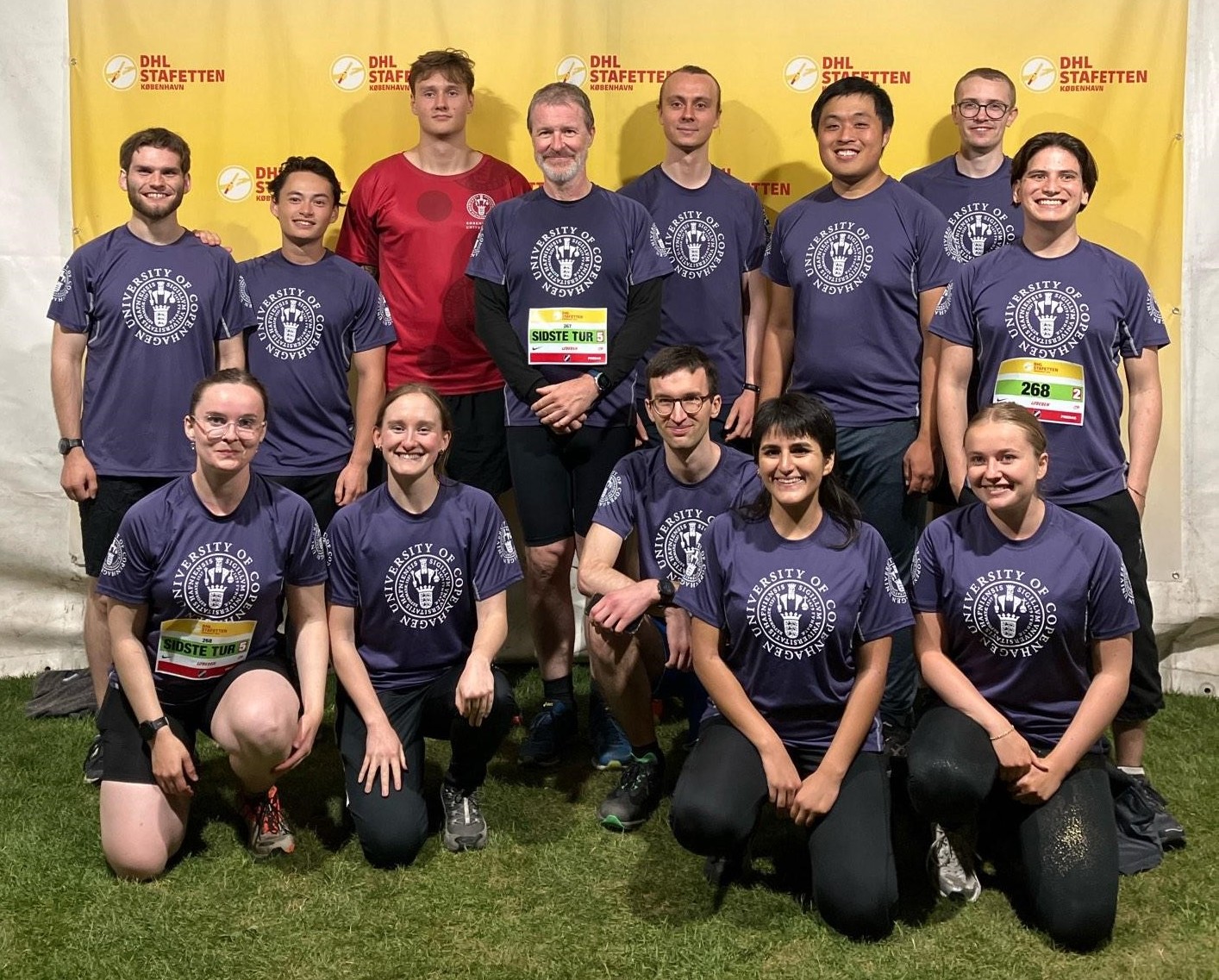
Gala Party 2025

DHL Stafetten 2024
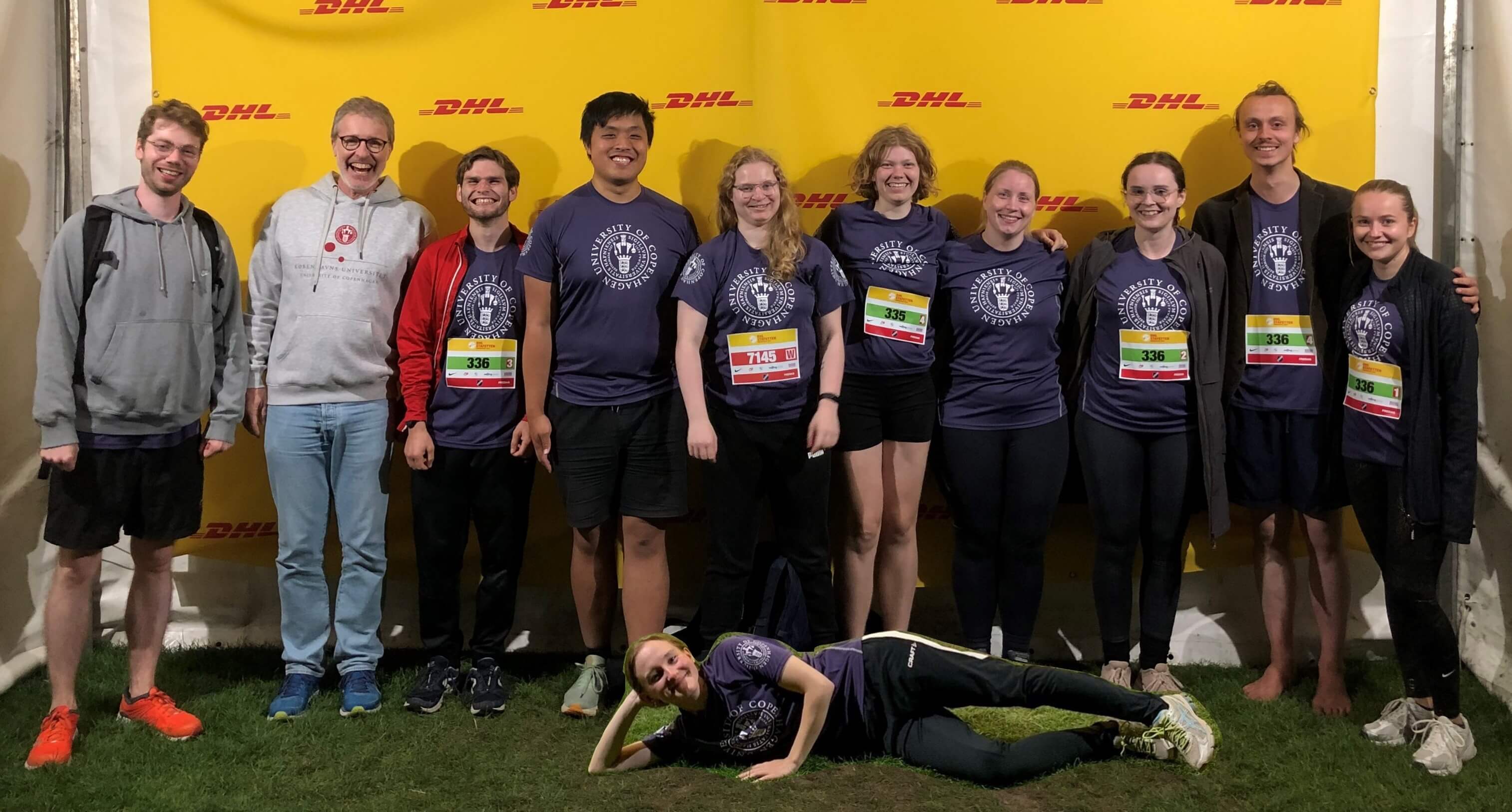
Gala Party 2024
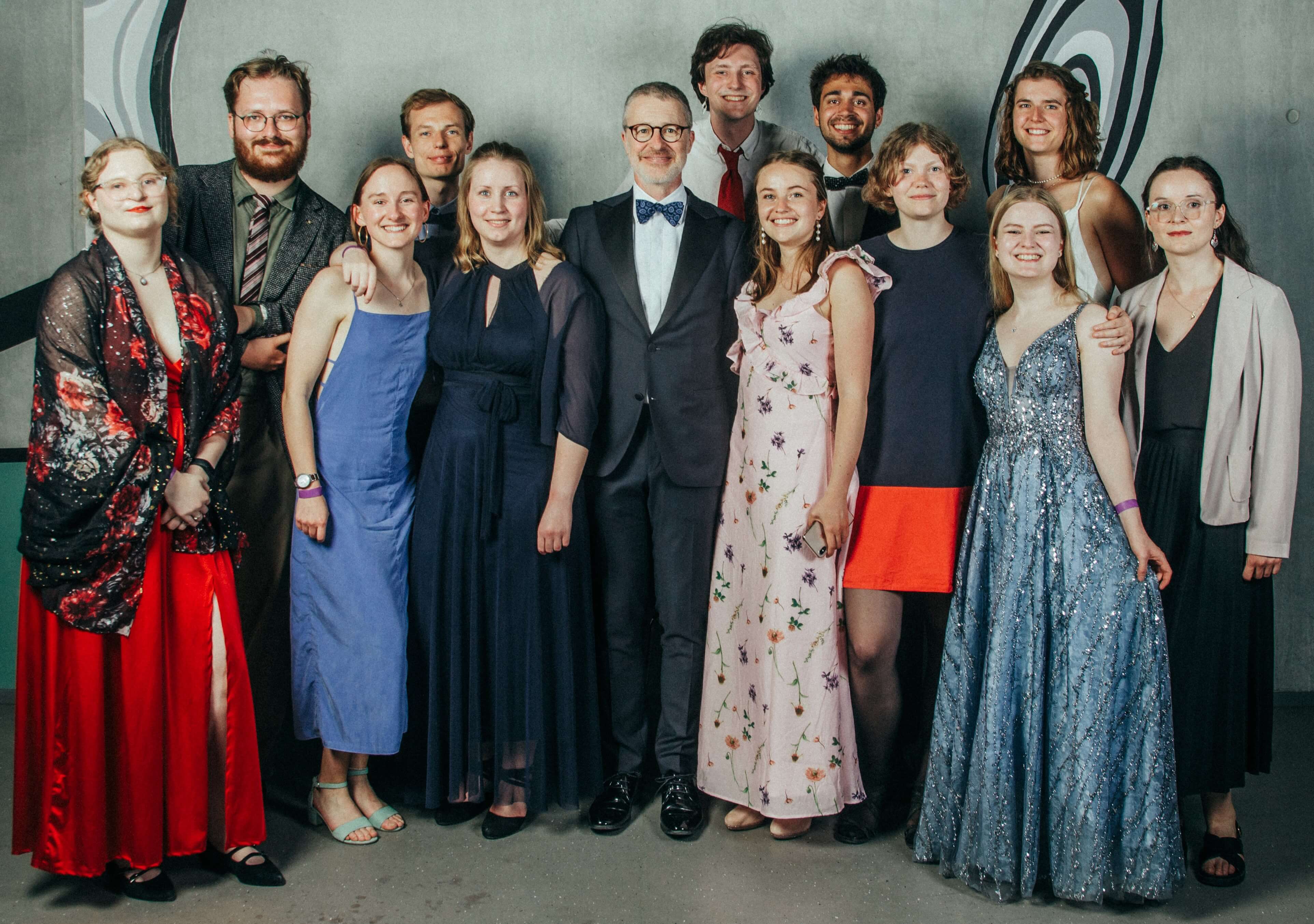
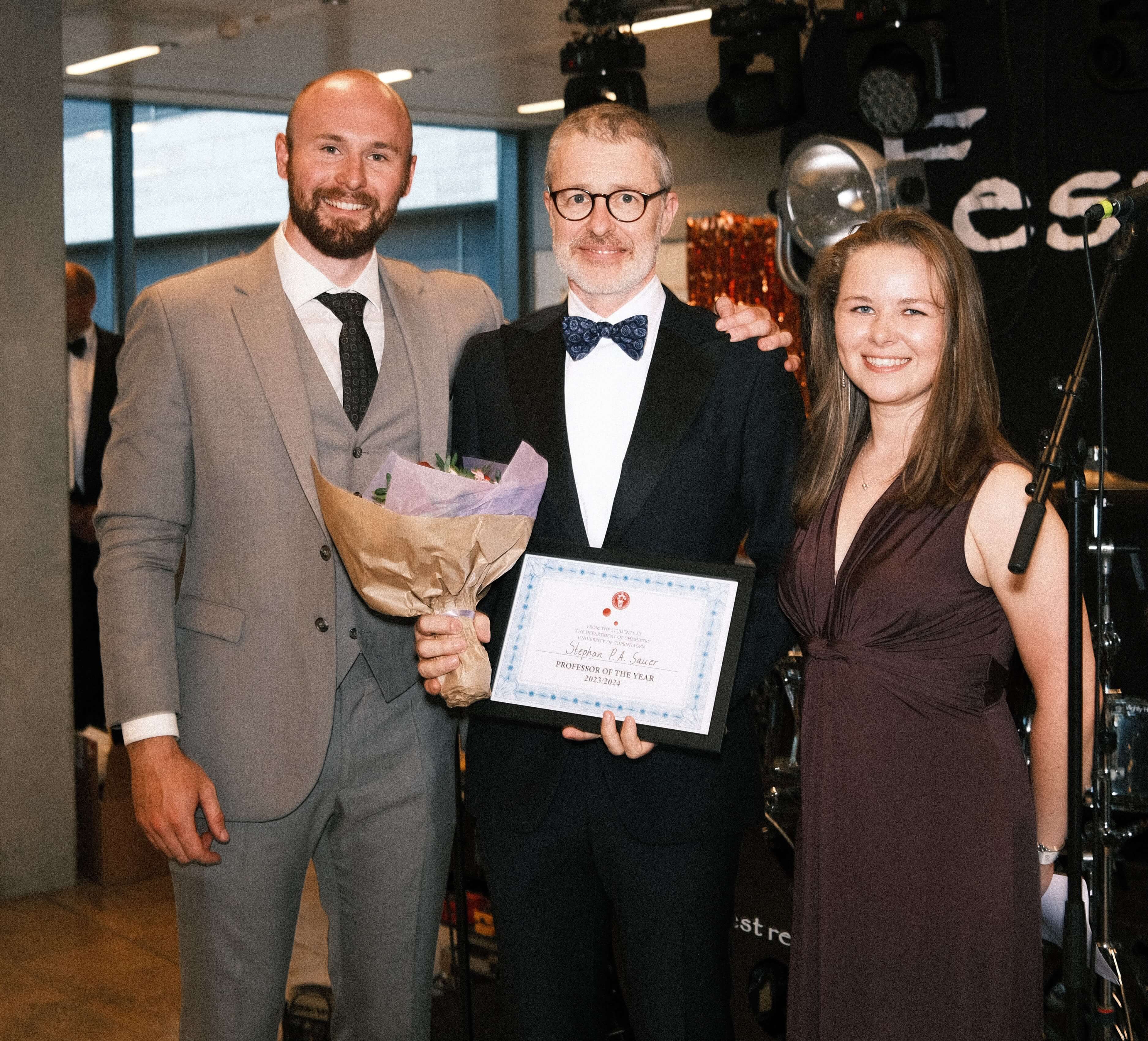
DHL Stafetten 2023

Gala Party 2023
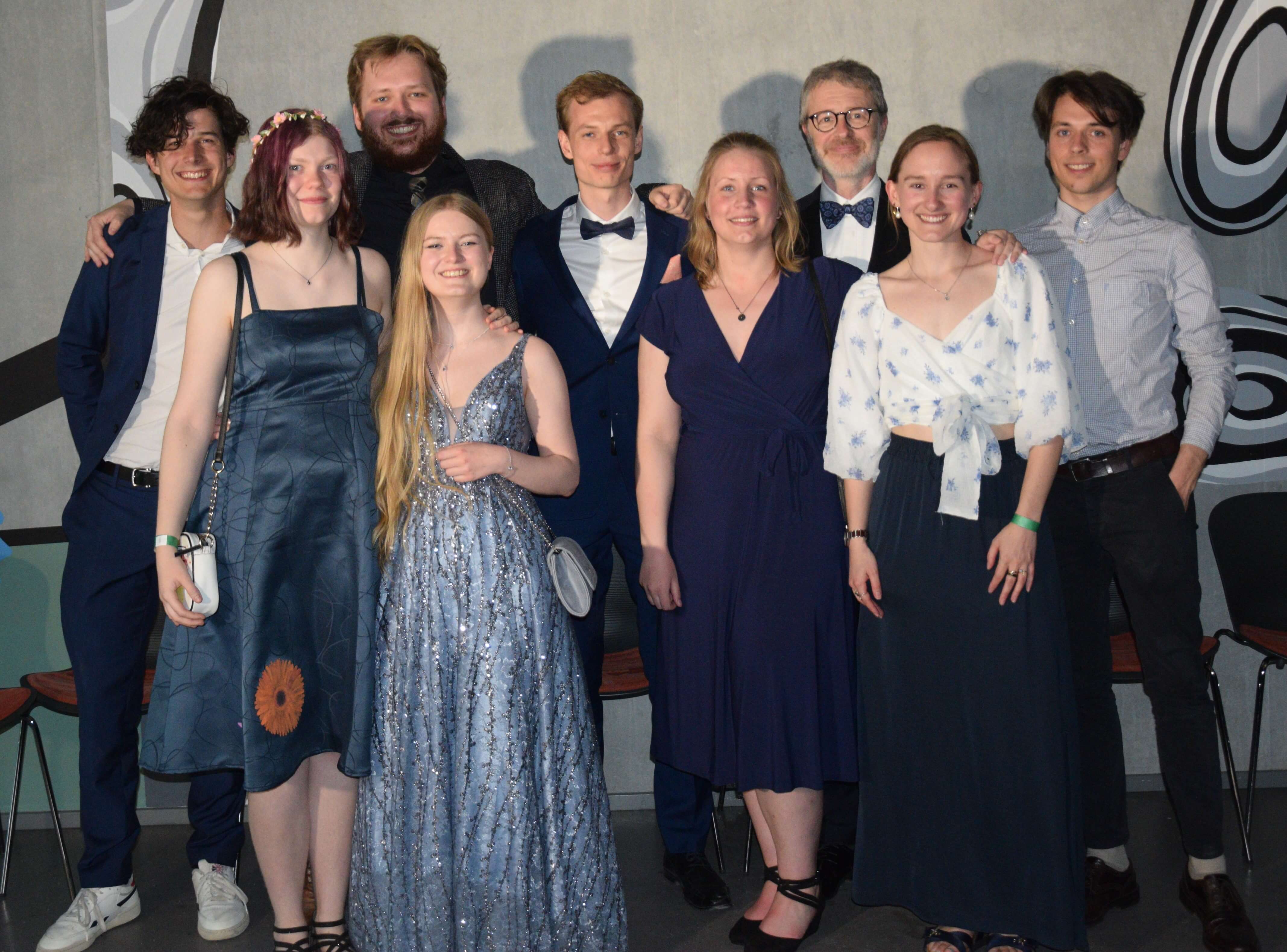
DHL Stafetten 2022
Gala Party 2022

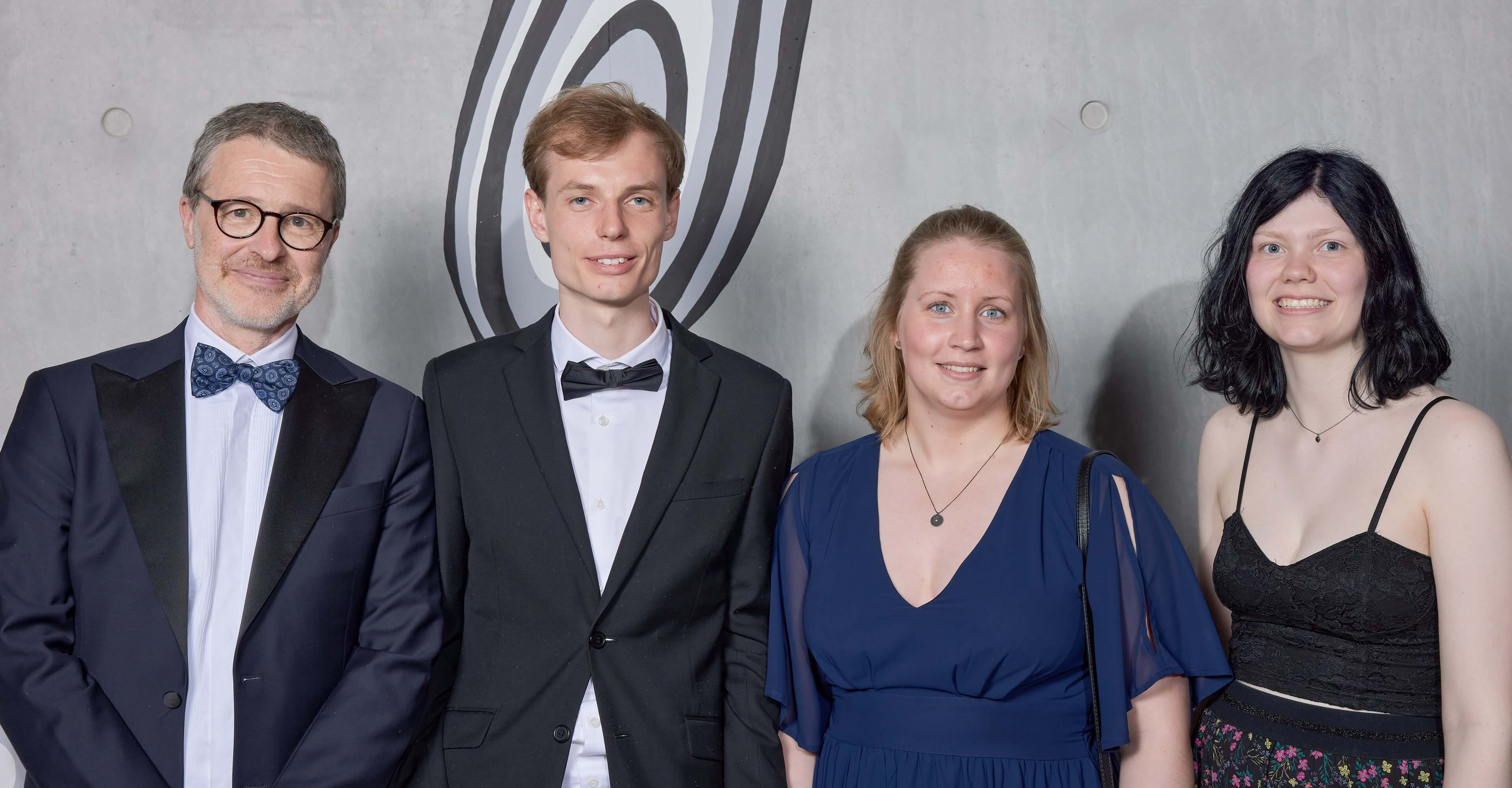
Gala Party 2021
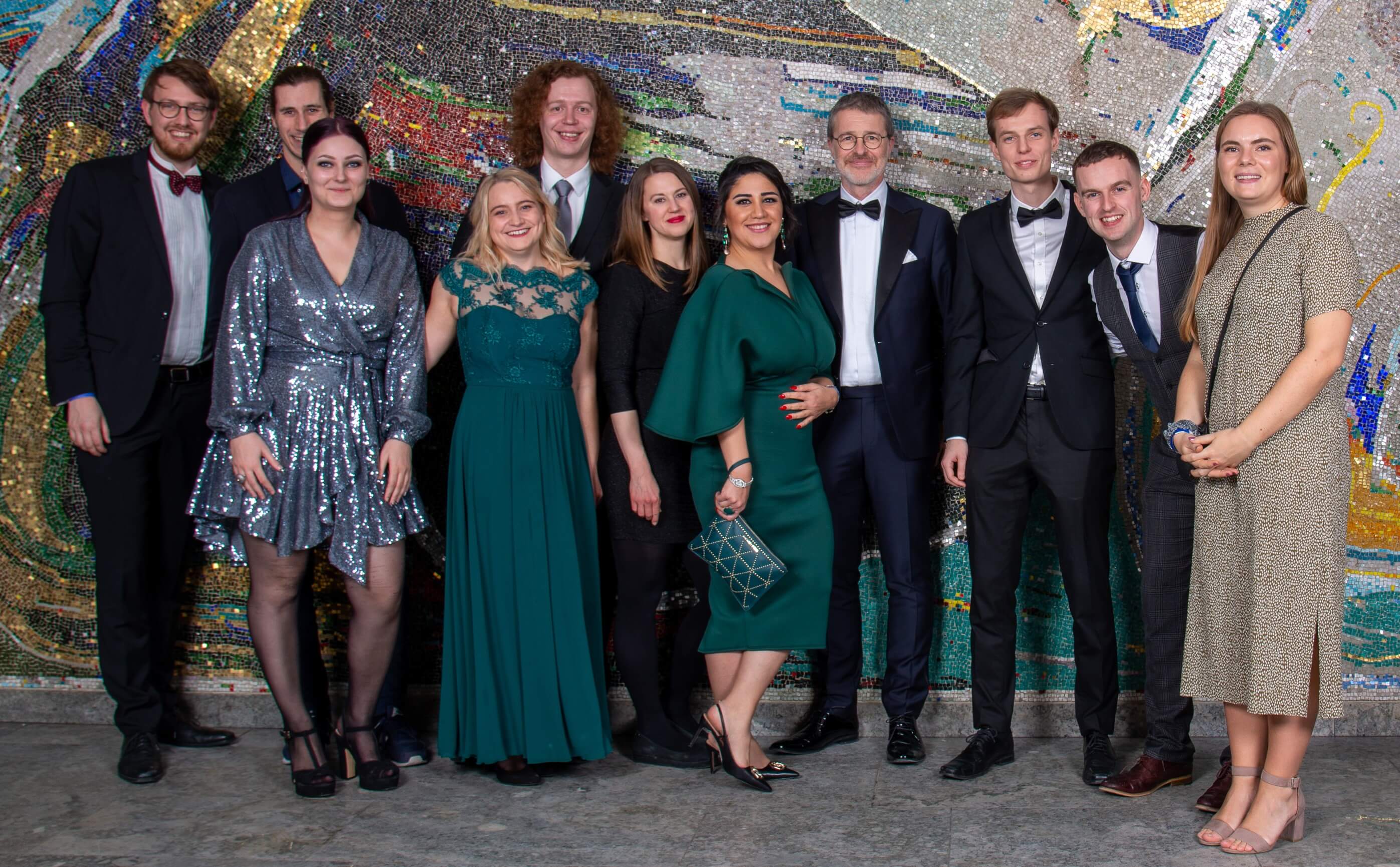
DHL Stafetten 2021
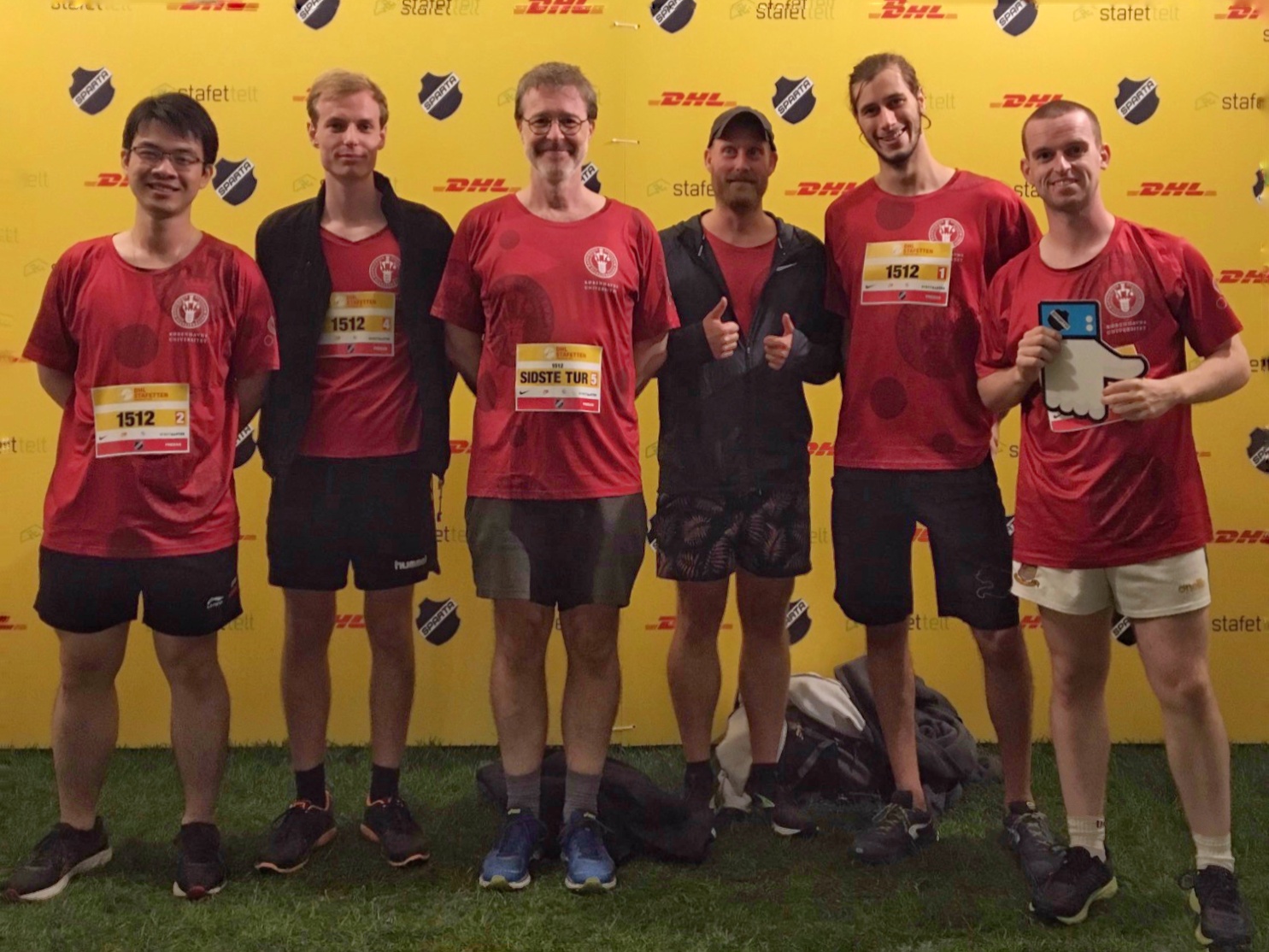
DHL Stafetten 2019

Grill Party 2019
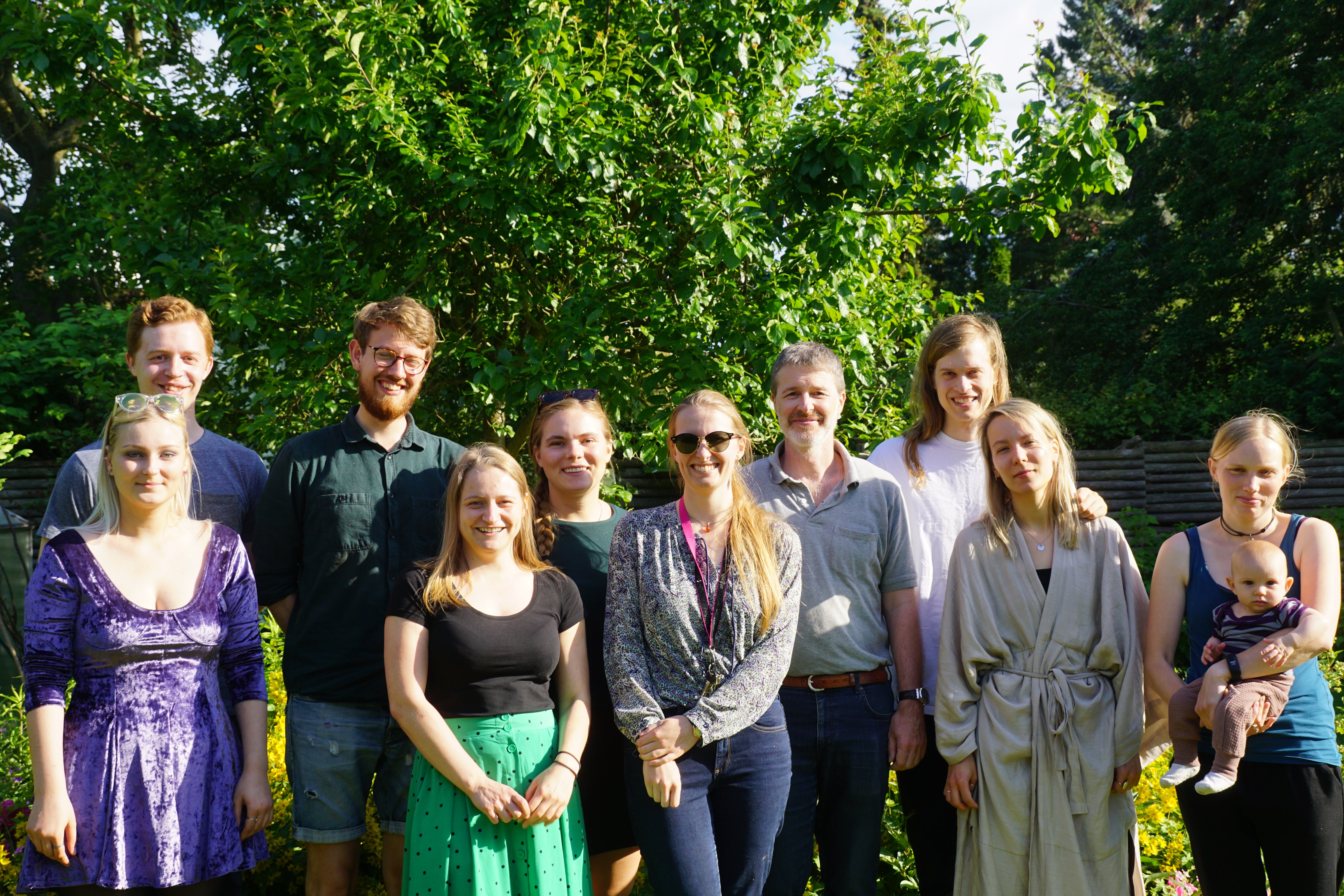
Gala 2019
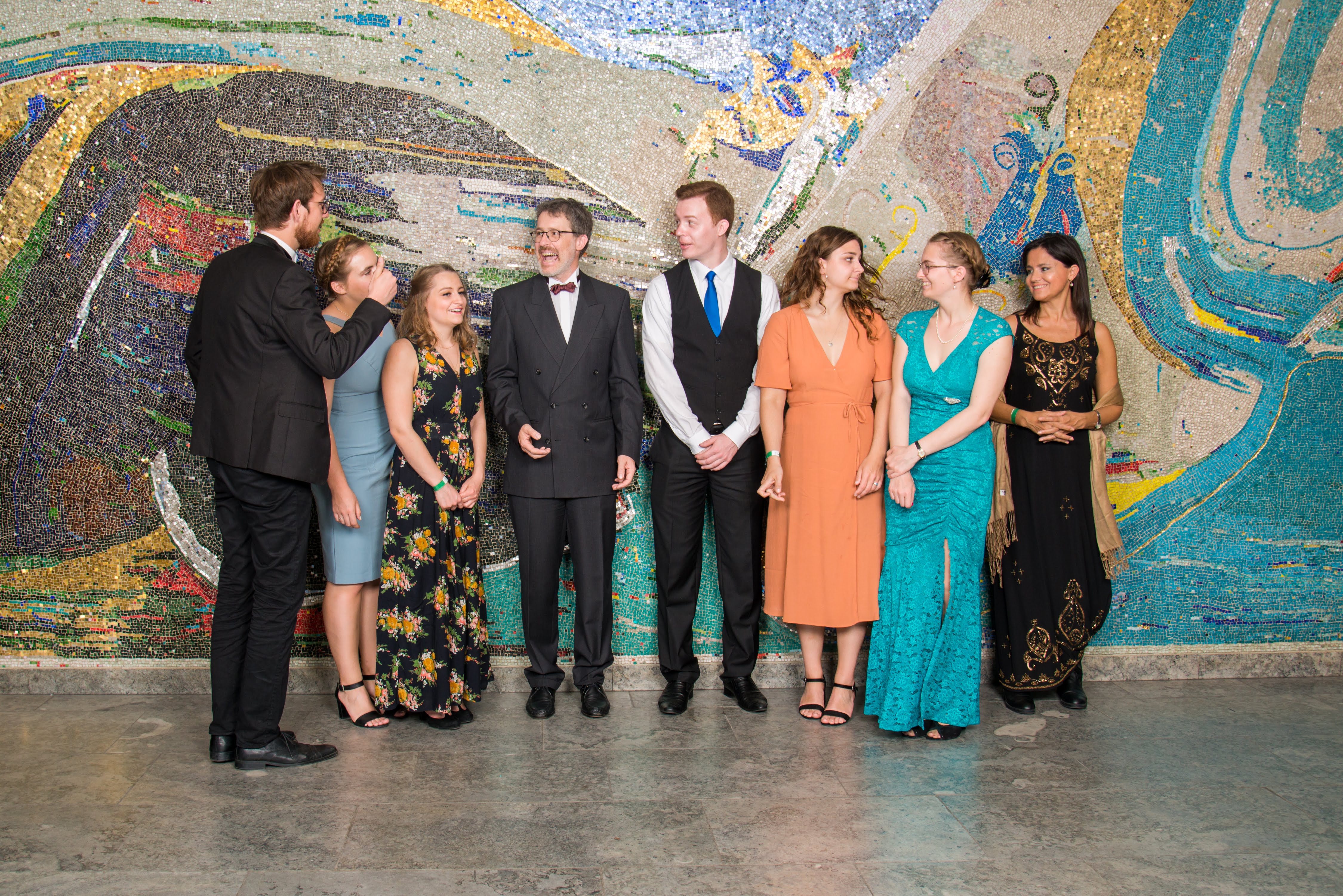
March 2019 with Jessica

DHL Stafetten 2018

Grill Party 2018
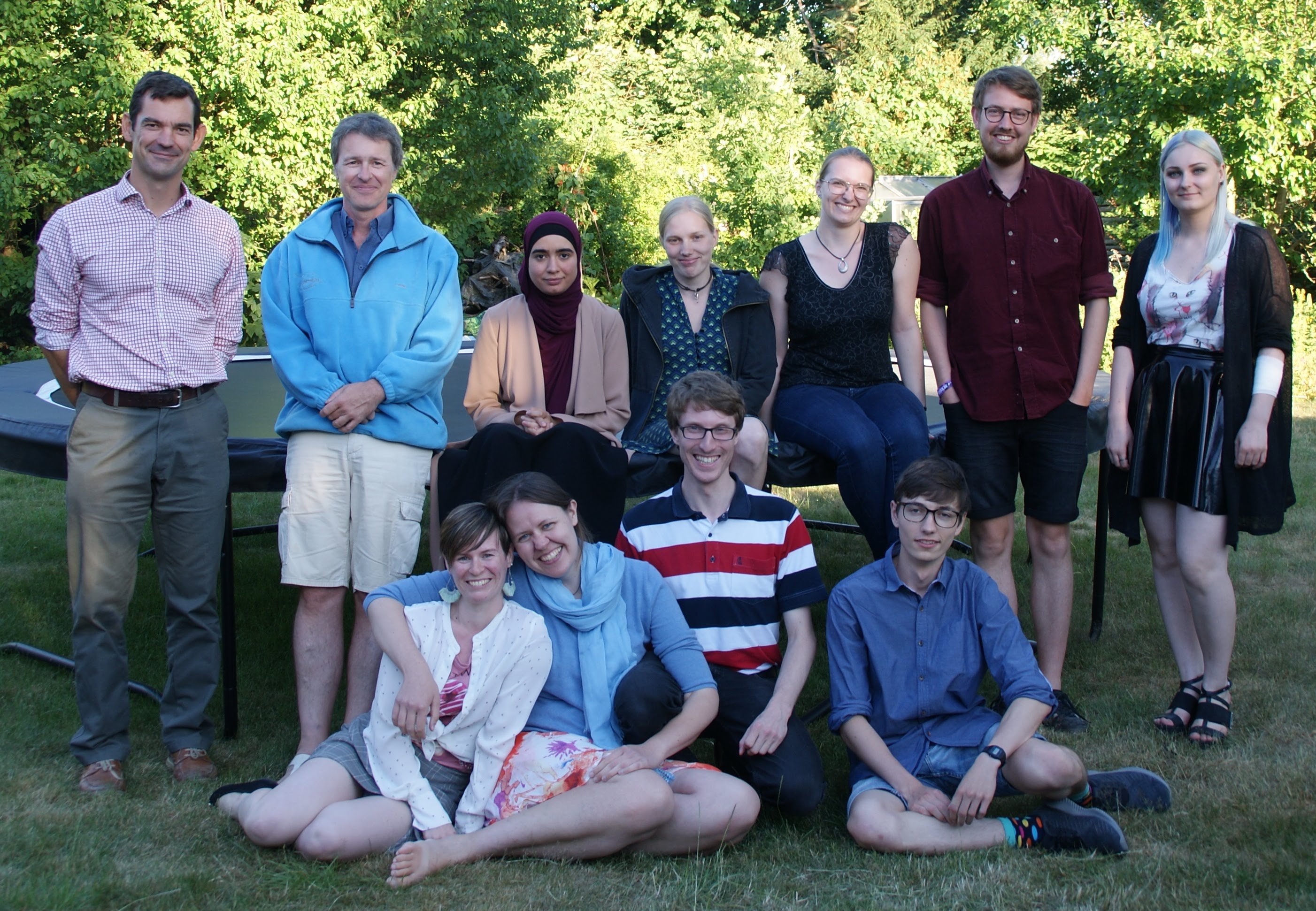
Gala 2018

DHL Stafetten 2017

Grill Party 2017

DHL Stafetten 2016
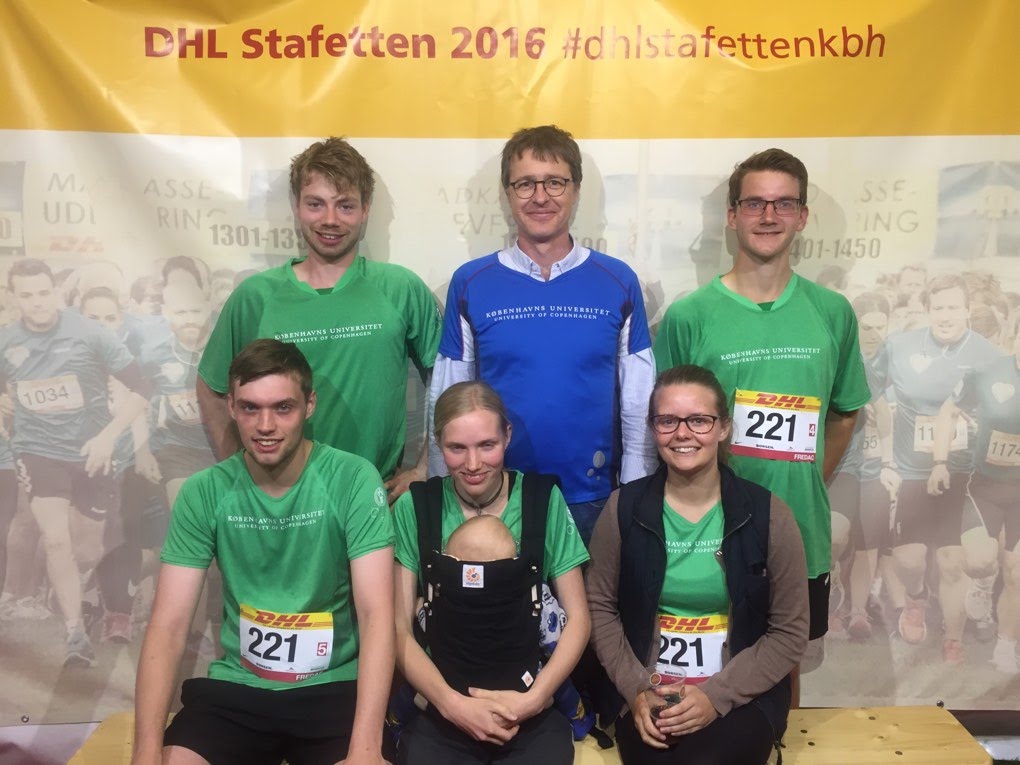
Grill Party 2016
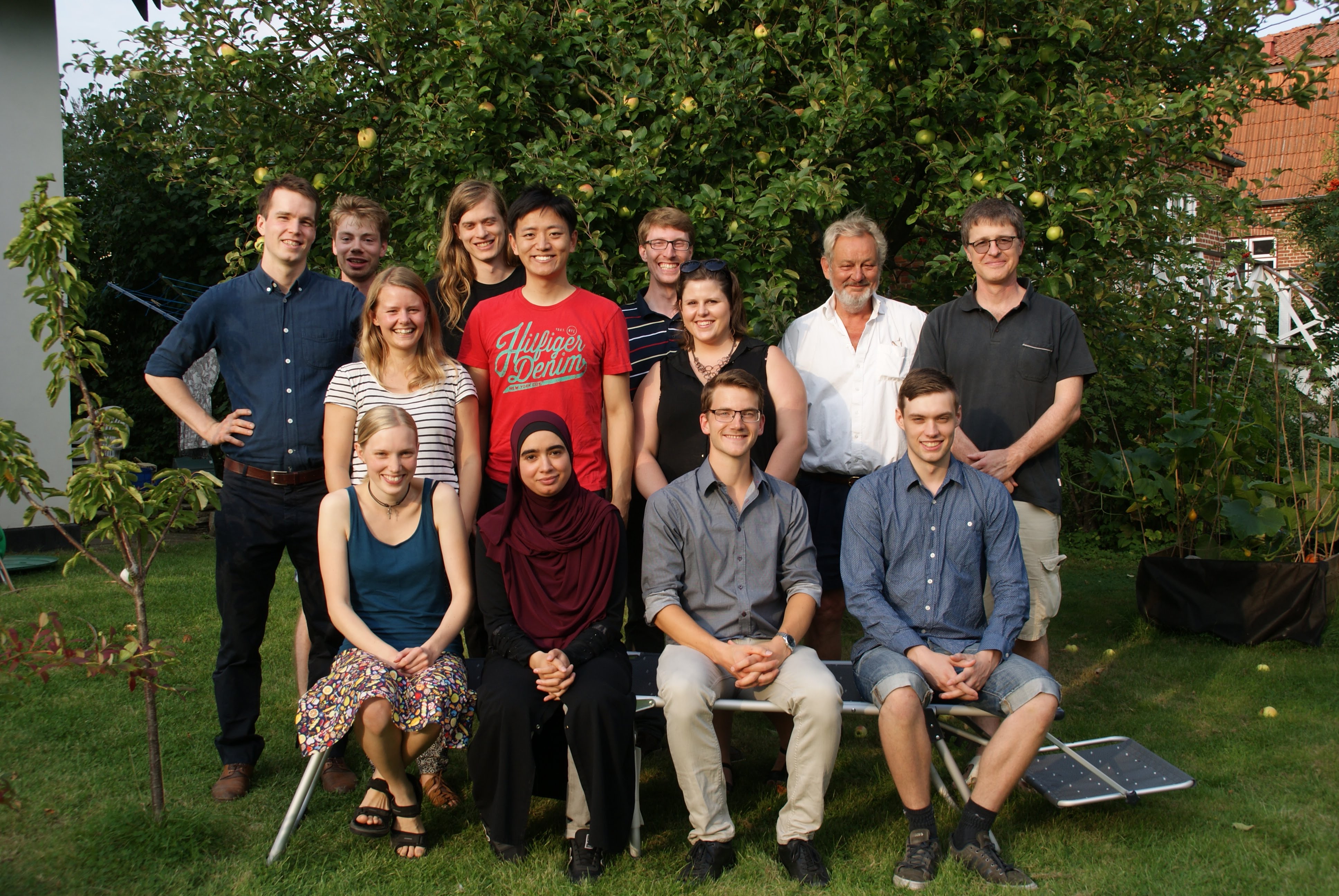
Gala 2014
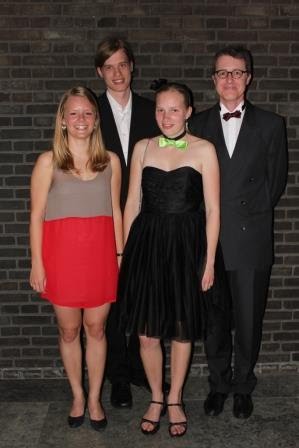
Basis Sets for Calculations of NMR Properties
aug-cc-pVTZ-J :
(T. Enevoldsen, J. Oddershede and S. P. A. Sauer, Theor. Chem. Acc. 100, 275-284 (1998); S. P. A. Sauer and W. T. Raynes, J. Chem. Phys. 113, 3121-3129 (2000); S. P. A. Sauer, W. T. Raynes and R. A. Nicholls, J. Chem. Phys. 115, 5994-6006 (2001); P. F. Provasi, G. A. Aucar and S. P. A. Sauer, J. Chem. Phys. 115, 1324 (2001); V. Barone, P. F. Provasi, J. E. Peralta, J. P. Snyder, S. P. A. Sauer and R. H. Contreras, J. Phys. Chem. A 107, 4748 (2003); Y. Yu. Rusakov, L. B. Krivdin, S. P. A. Sauer, E. P. Levanova and G. G. Levkovskaya, Magn. Res. Chem. 48, 44-52 (2010); P. F. Provasi and S. P. A. Sauer, J. Chem. Phys. 133, 054308 (2010) E. D. Hedegård, J. Kongsted and S. P. A. Sauer, J. Chem. Theory Comput. 7, 4077-4087 (2011) )
sad-J :
(P. F. Provasi, G. A. Aucar and S. P. A. Sauer, J. Chem. Phys. 115, 1324 (2001))
- Dalton basis set library file : sad-J
aug-cc-pCVTZ-CTOCD-uc
(A. Ligabue, S. P. A. Sauer and P. Lazzeretti, J. Chem. Phys. 118, 6830 (2003))
- Dalton basis set library file : aug-cc-pVTZ-CTOCD-uc
spttdtdf2/sptd
(S. P. A. Sauer, I. Paidarová and J. Oddershede, Mol. Phys. 81, 87 (1994))
- Dalton basis set library file : spttdtdf2
Contact
Stephan P. A. Sauer (CV)
Professor
Head of Studies - Chemistry
Office: C318
Phone: +45 3532 0268
E-mail: sauer@chem.ku.dk



